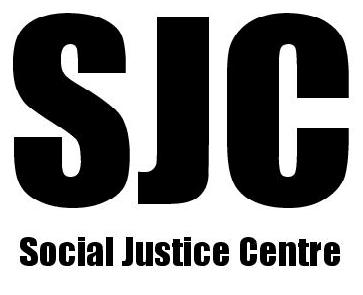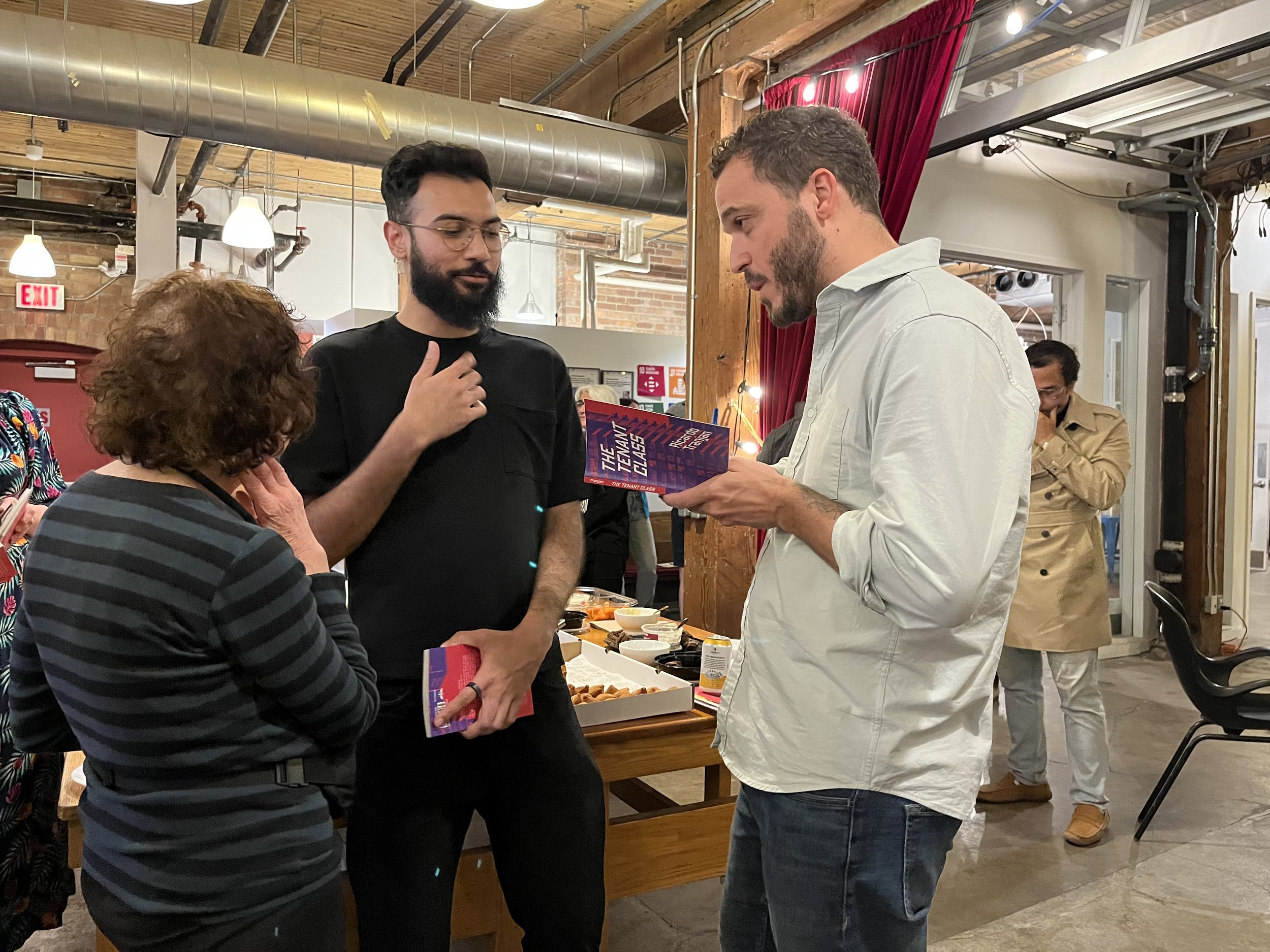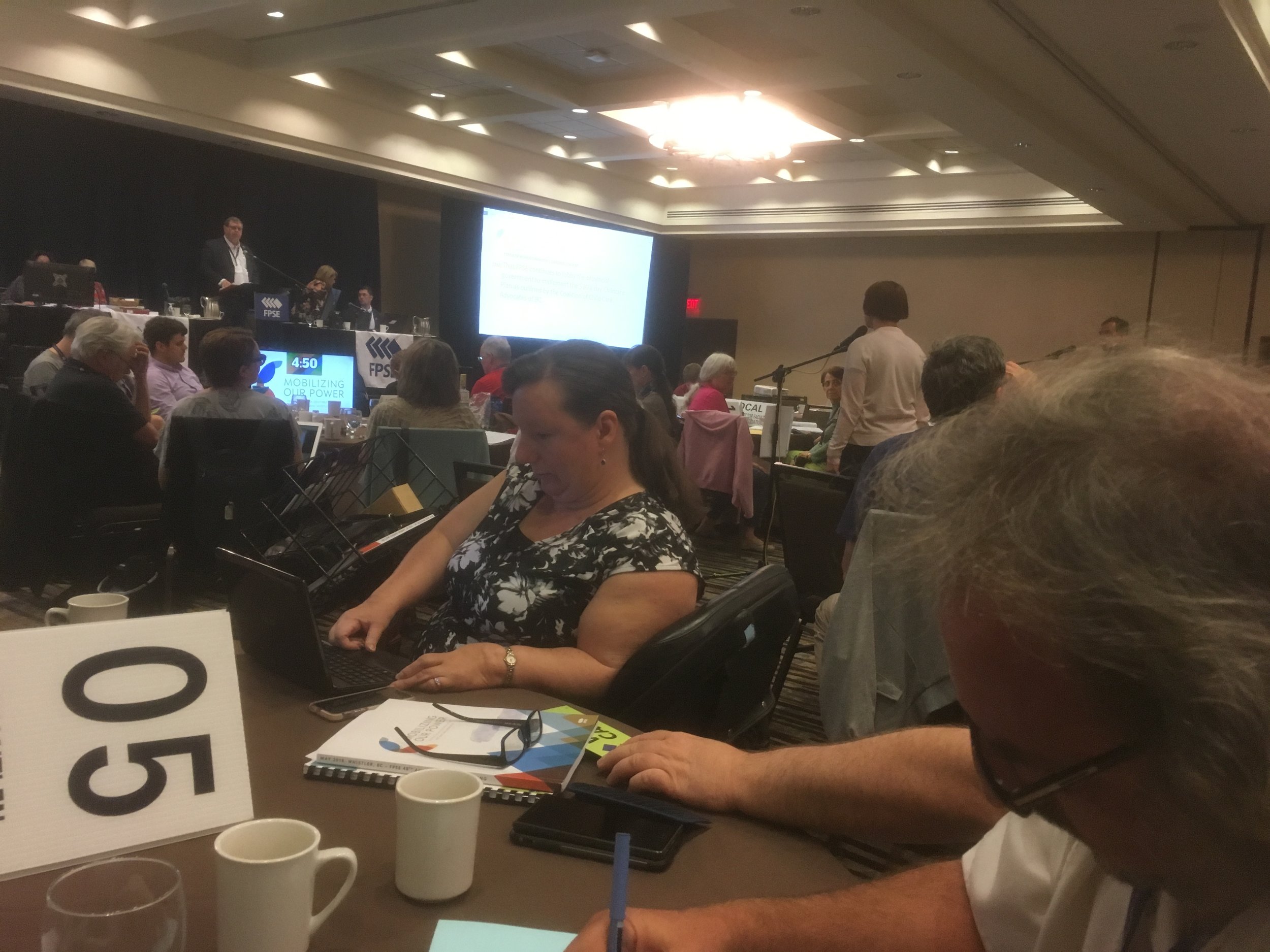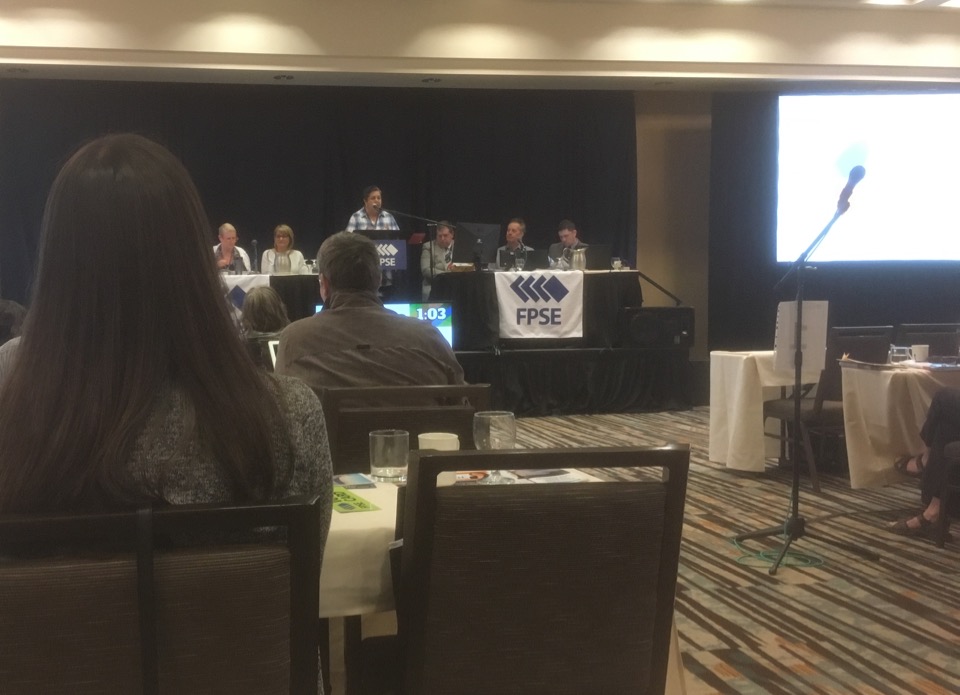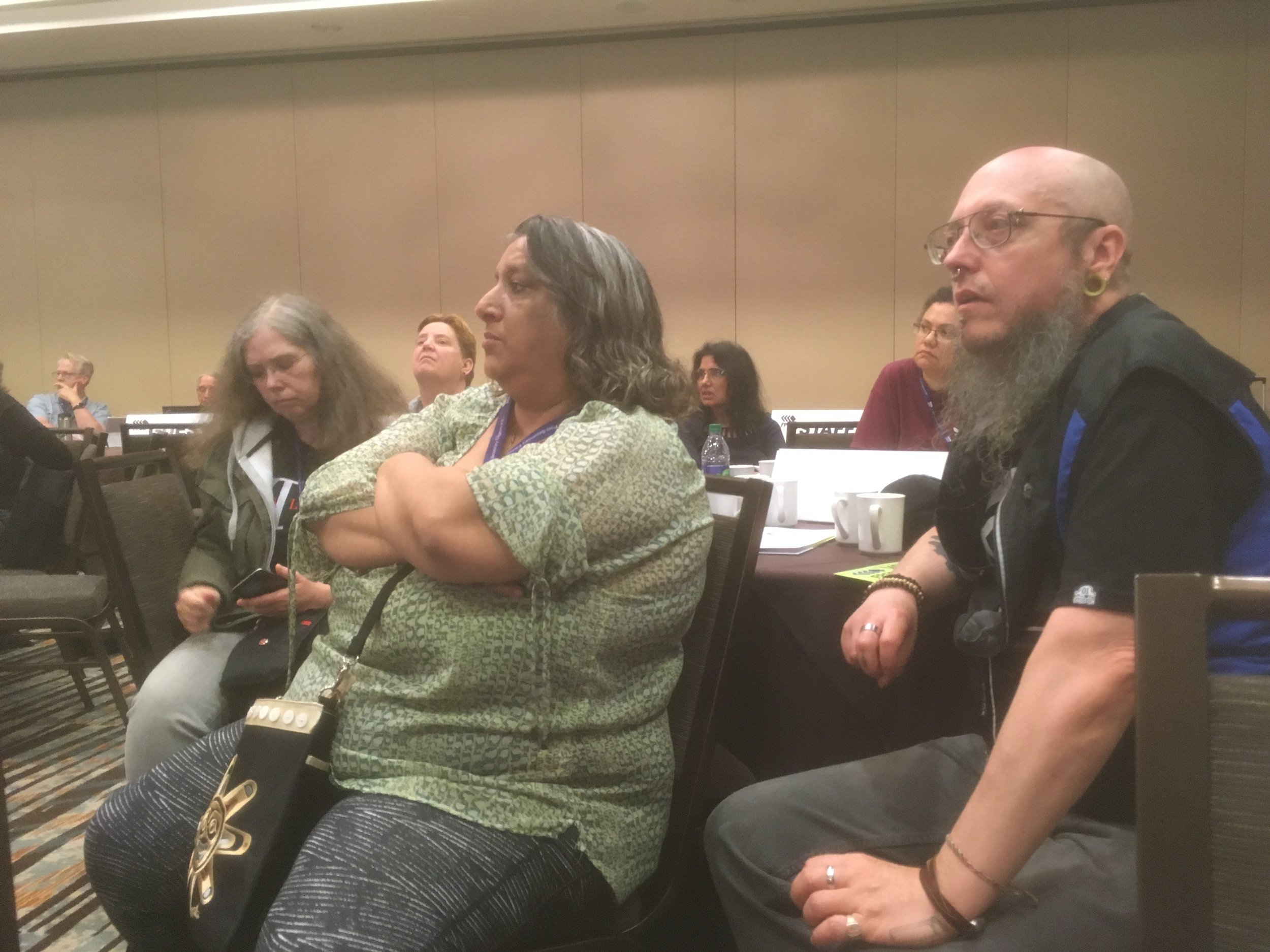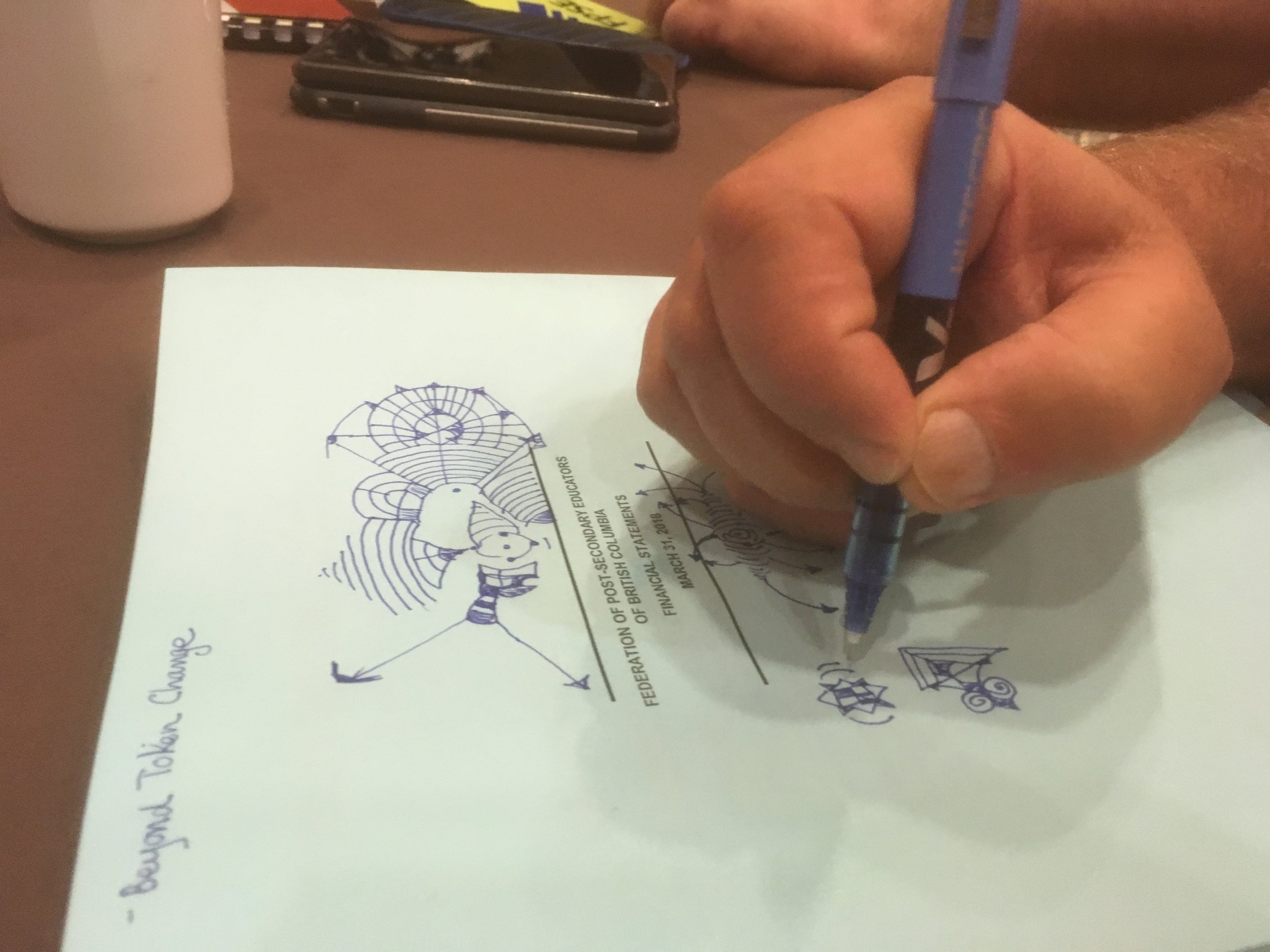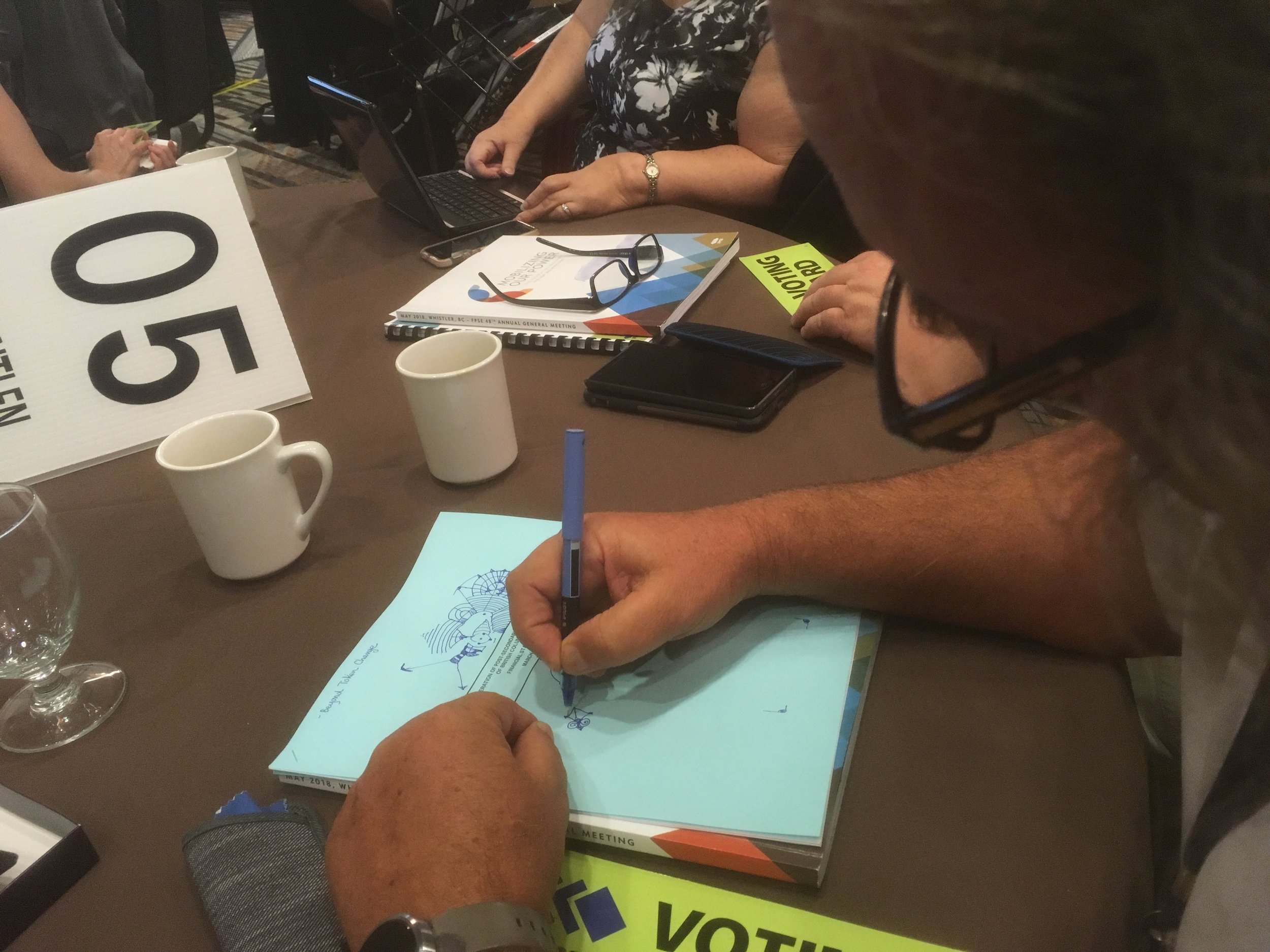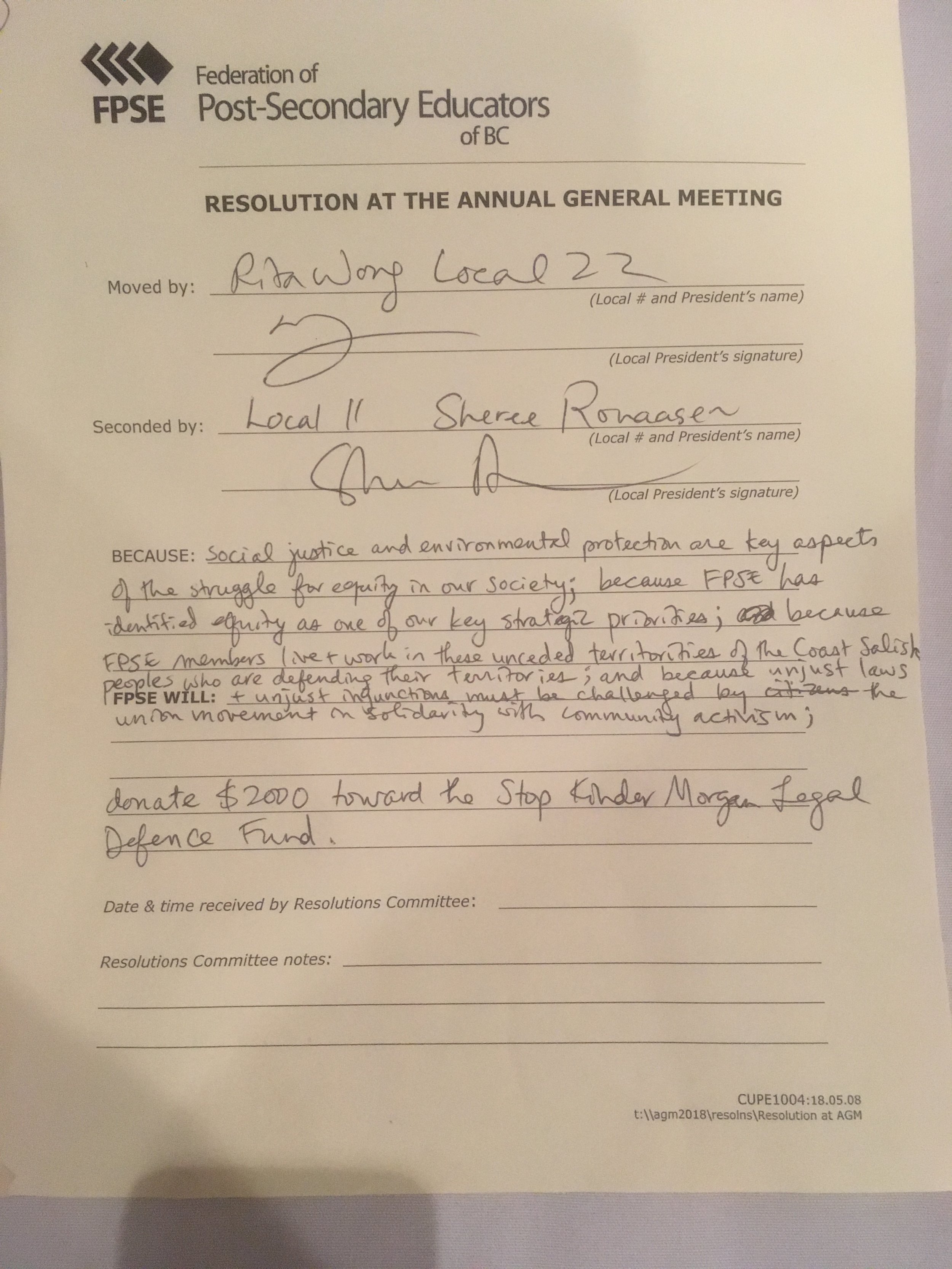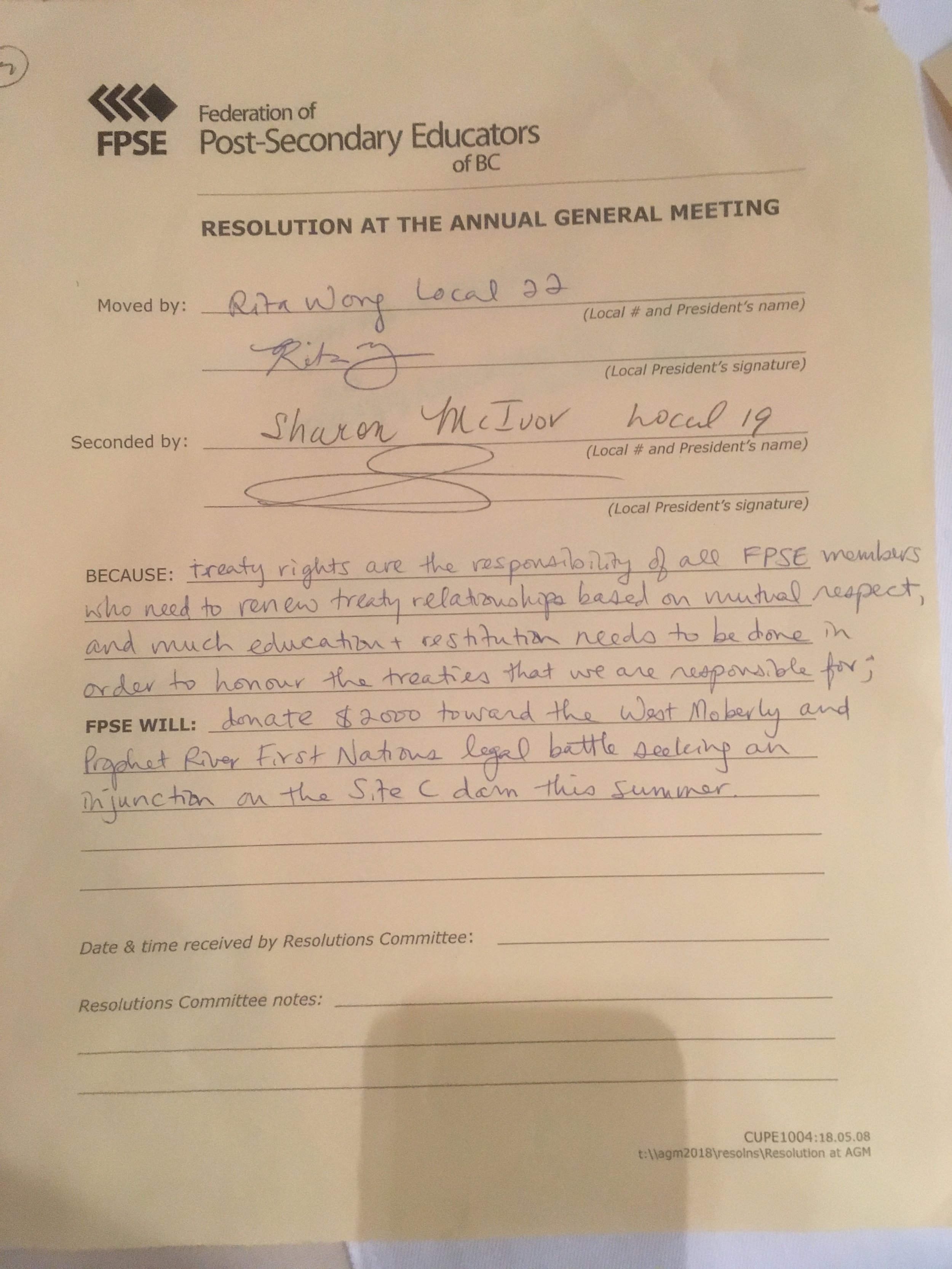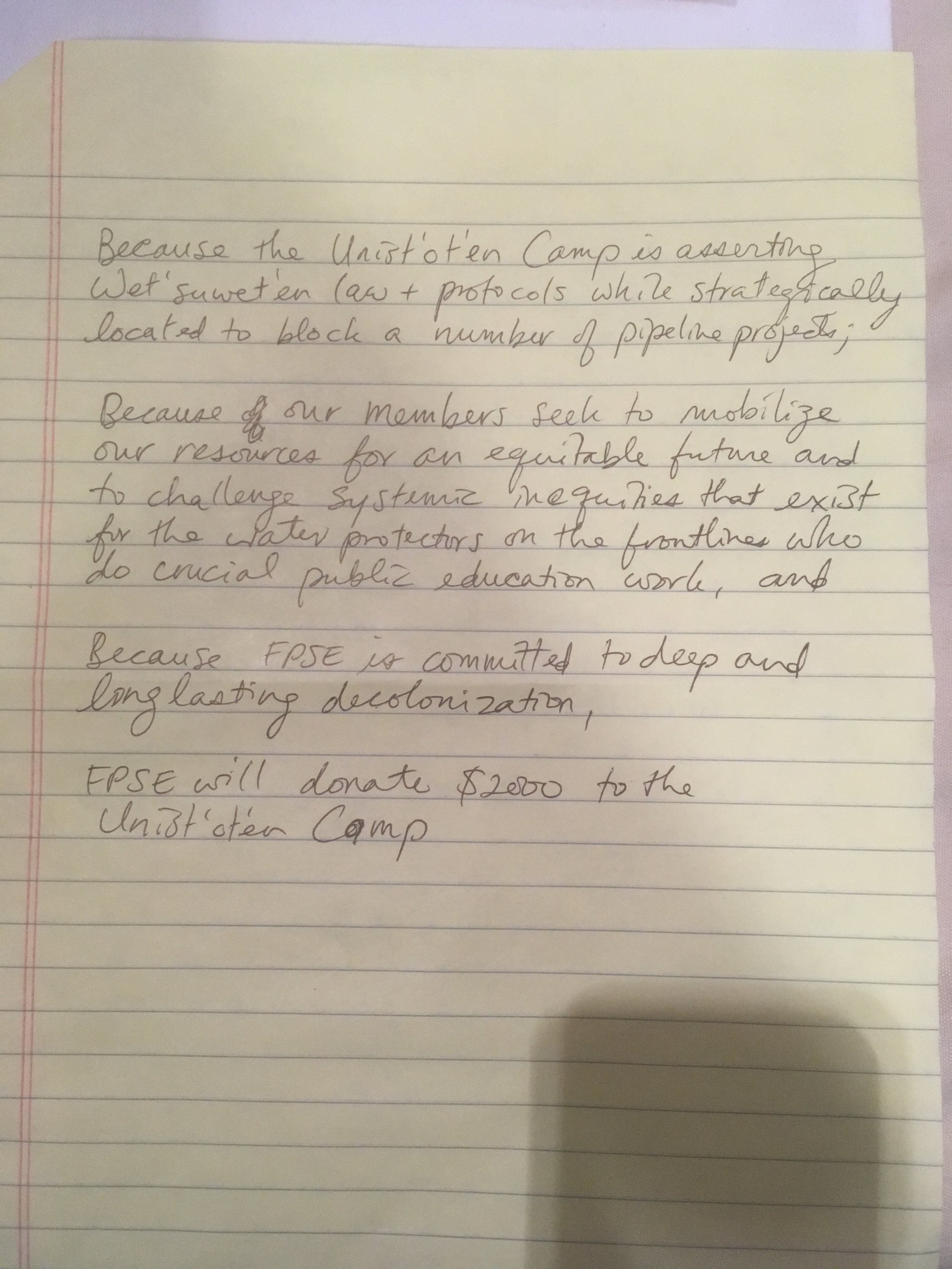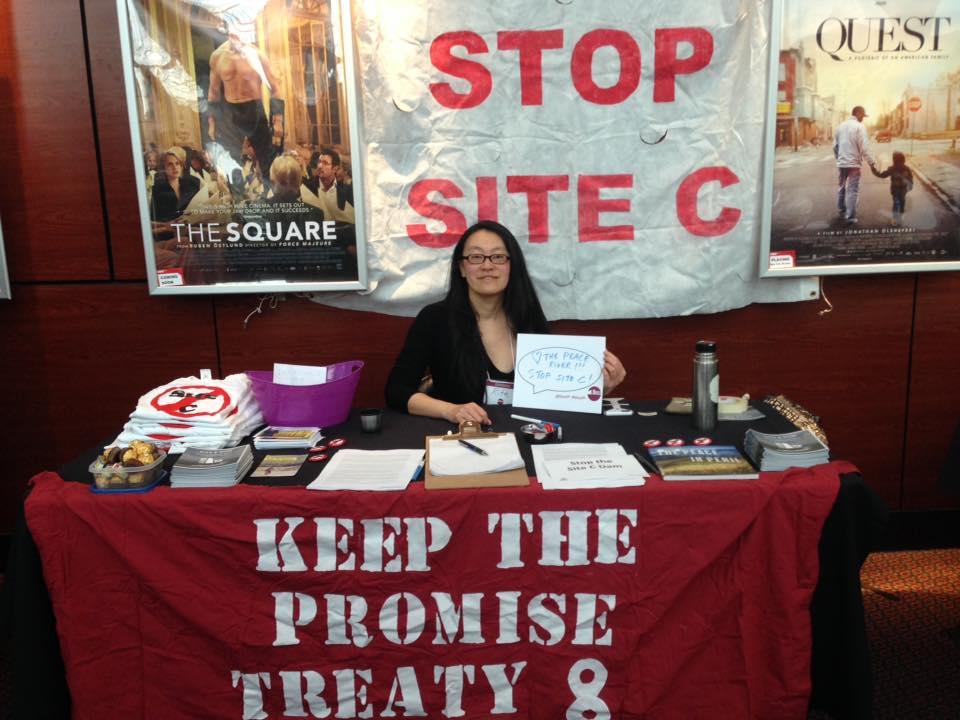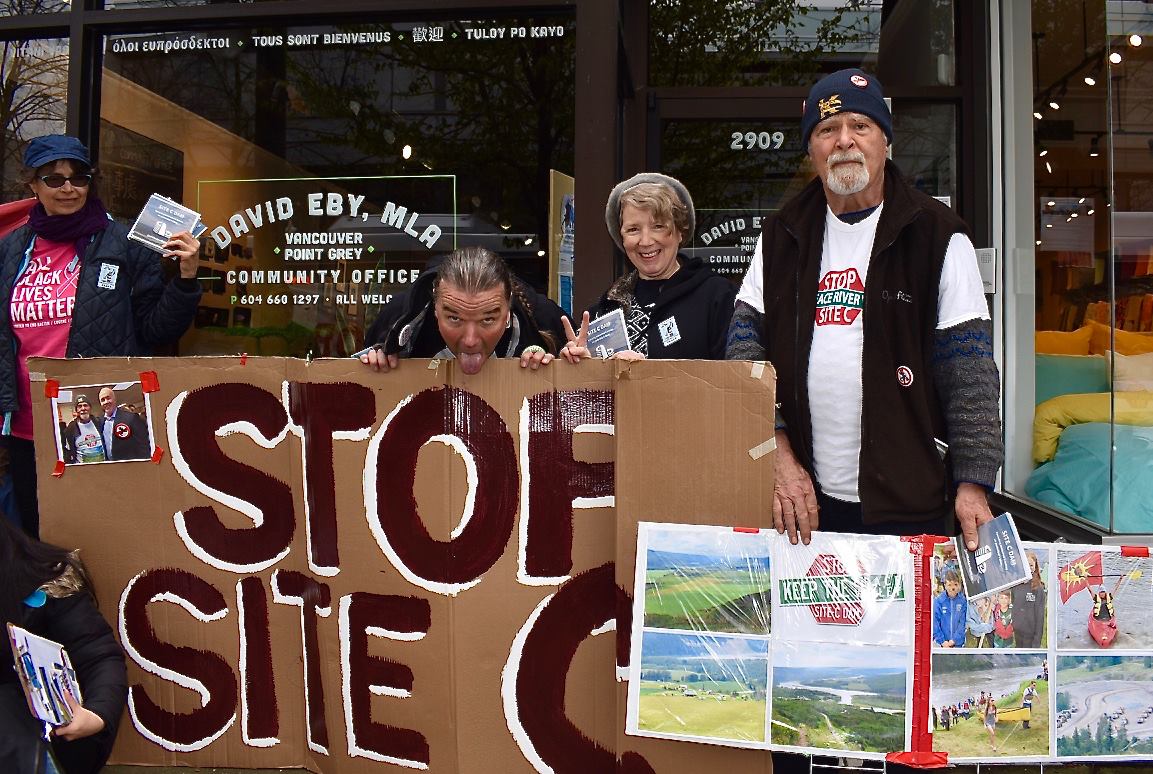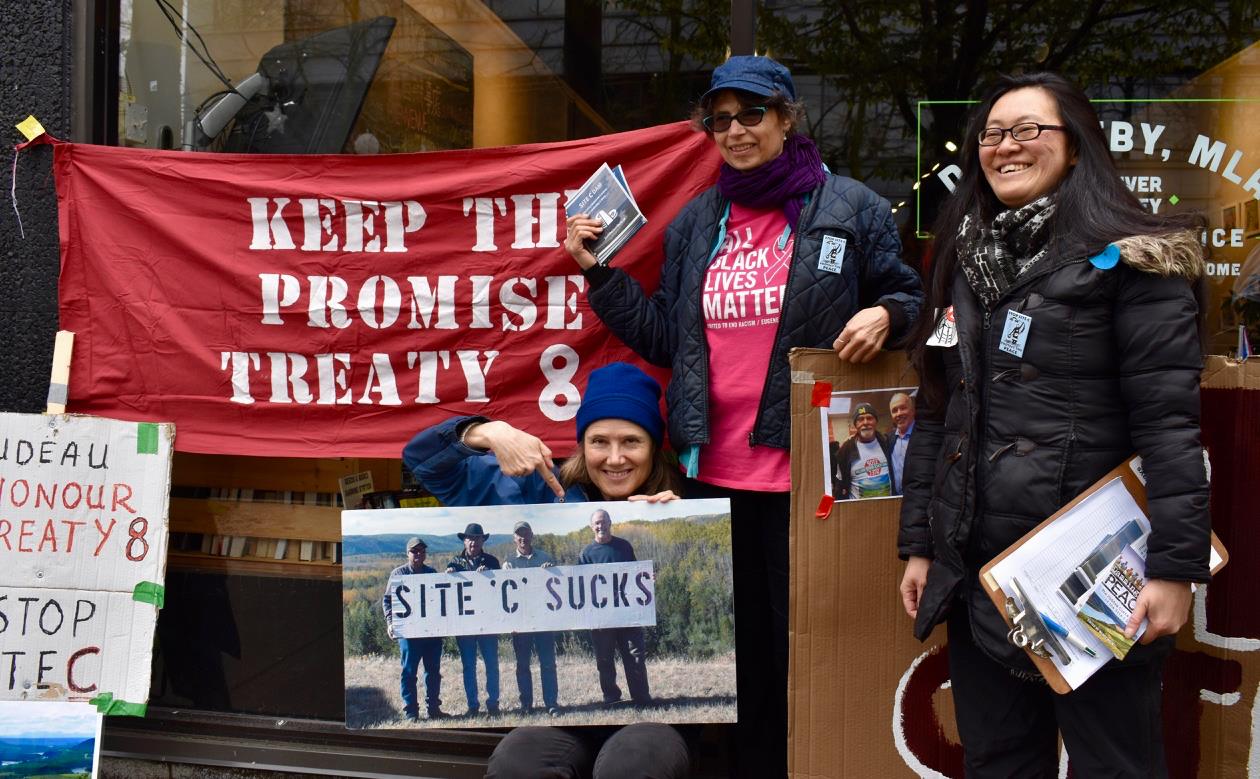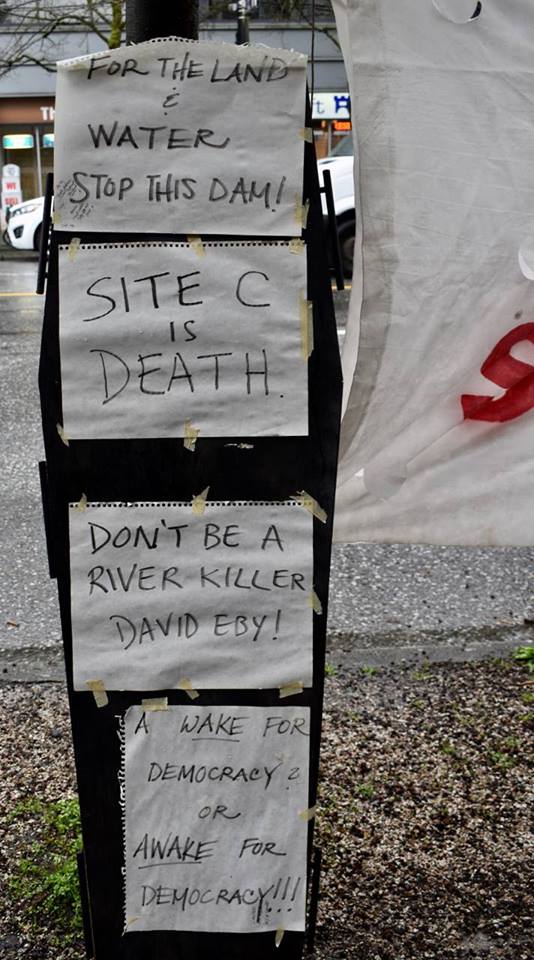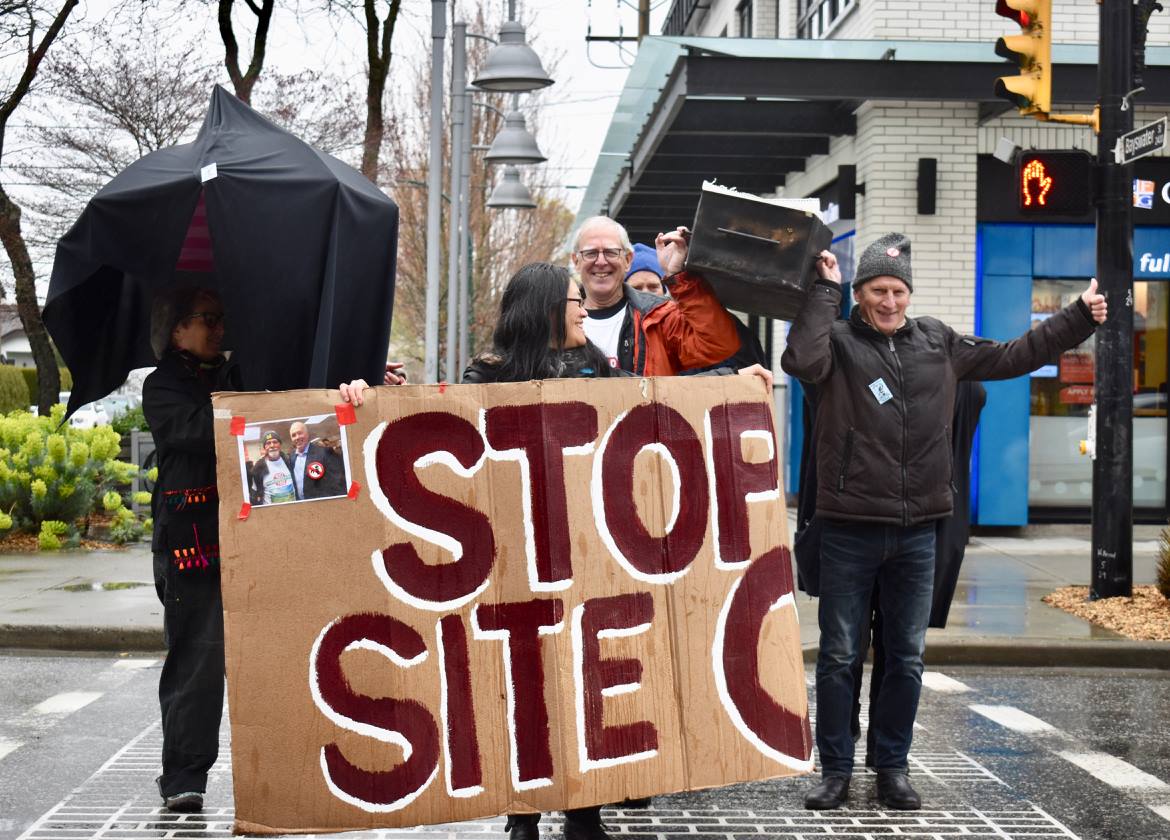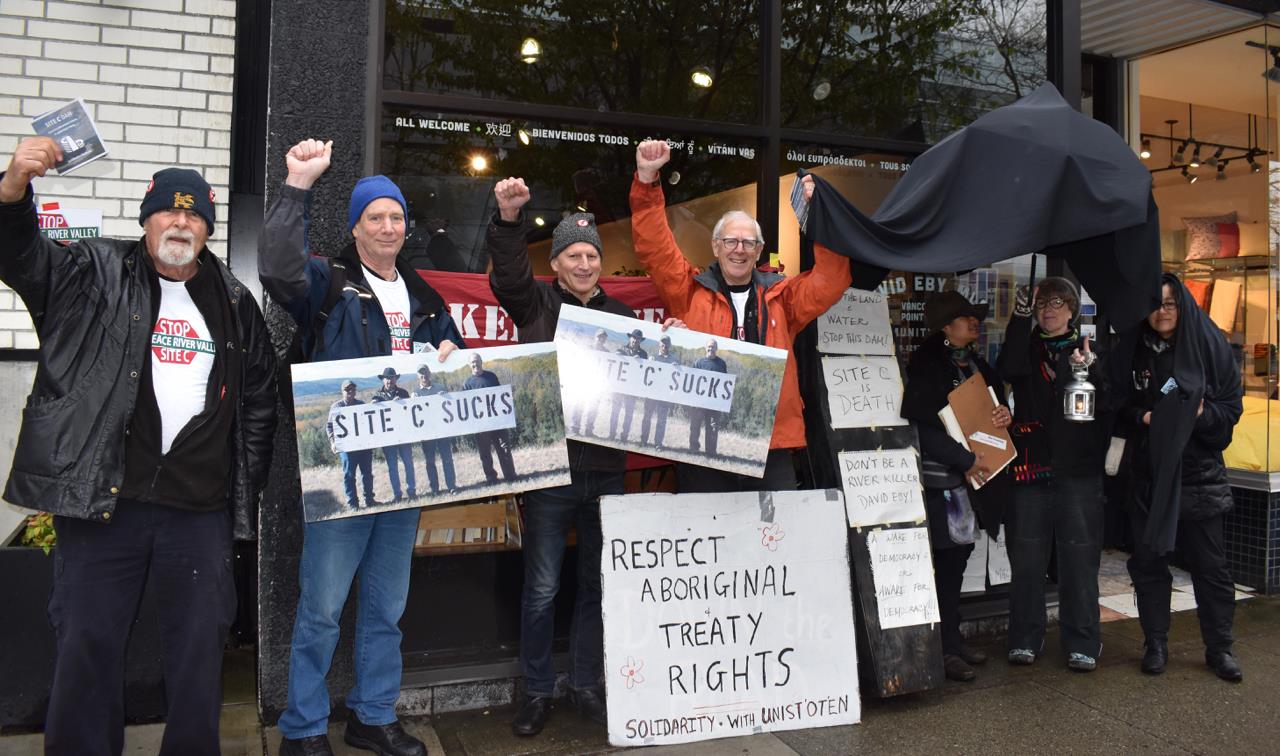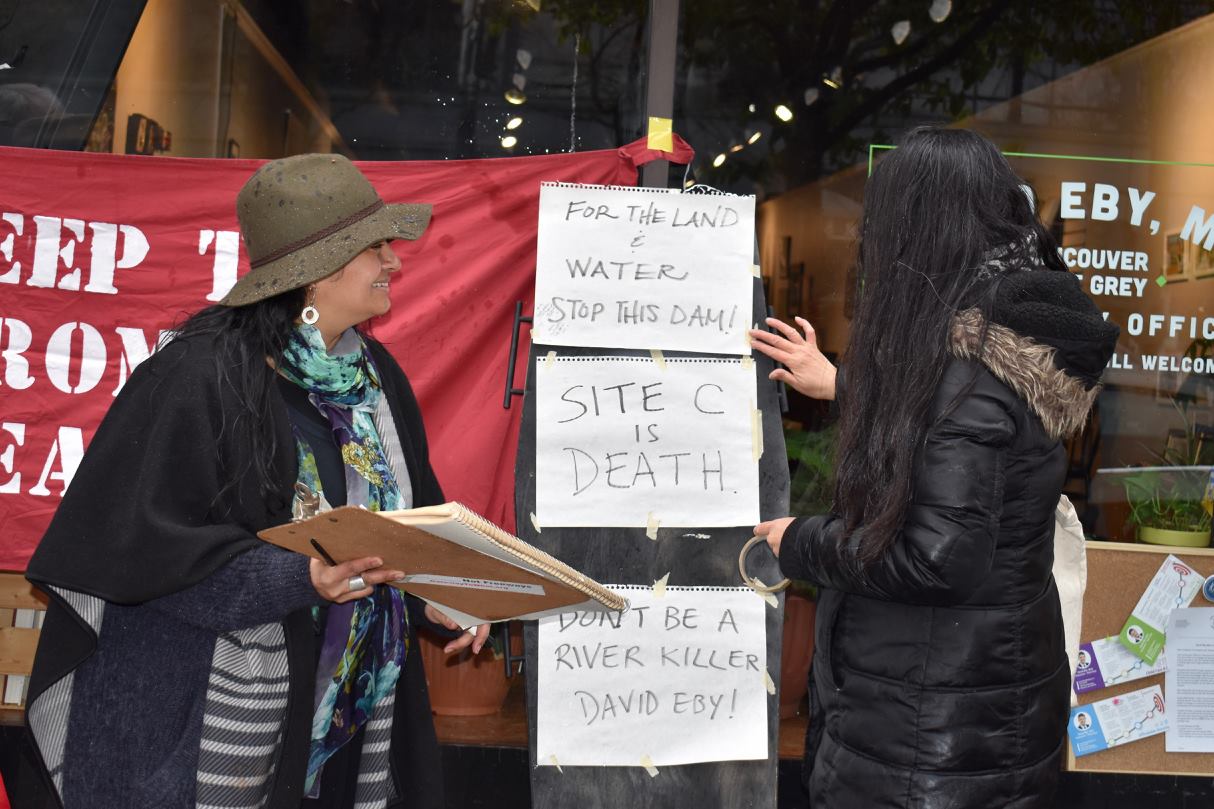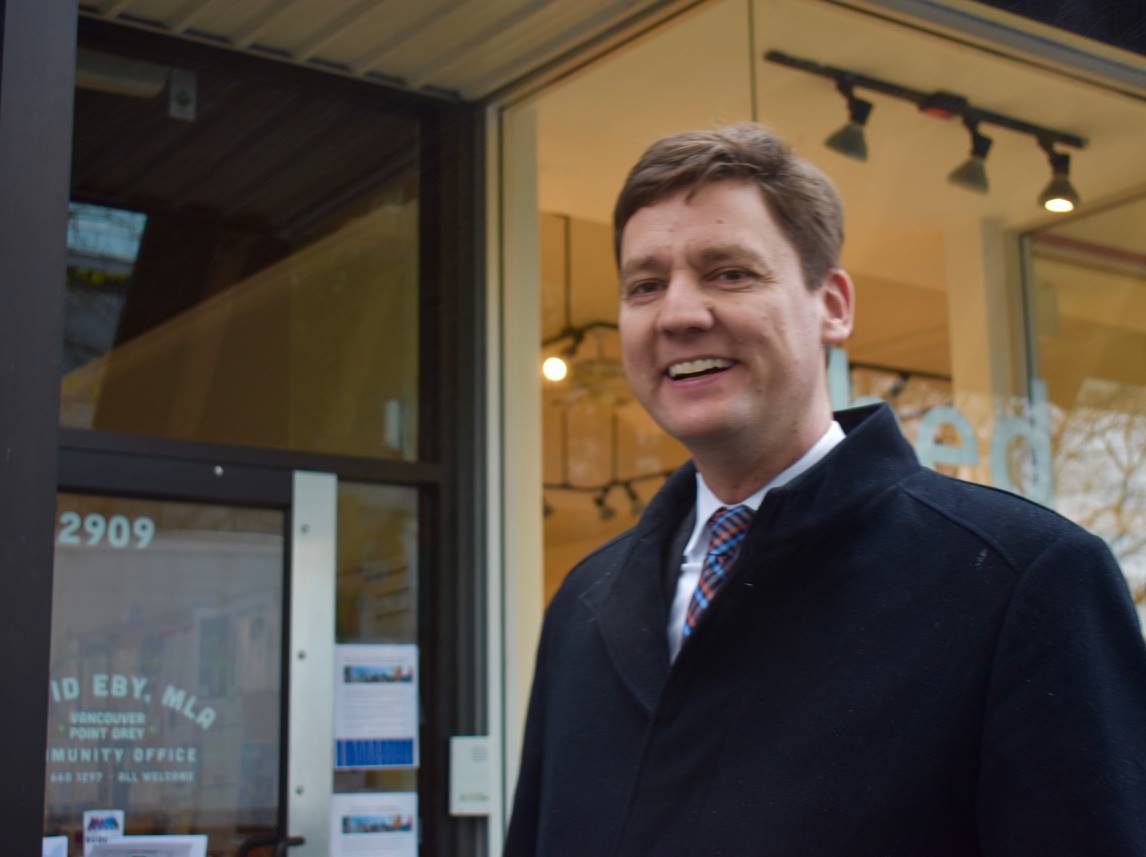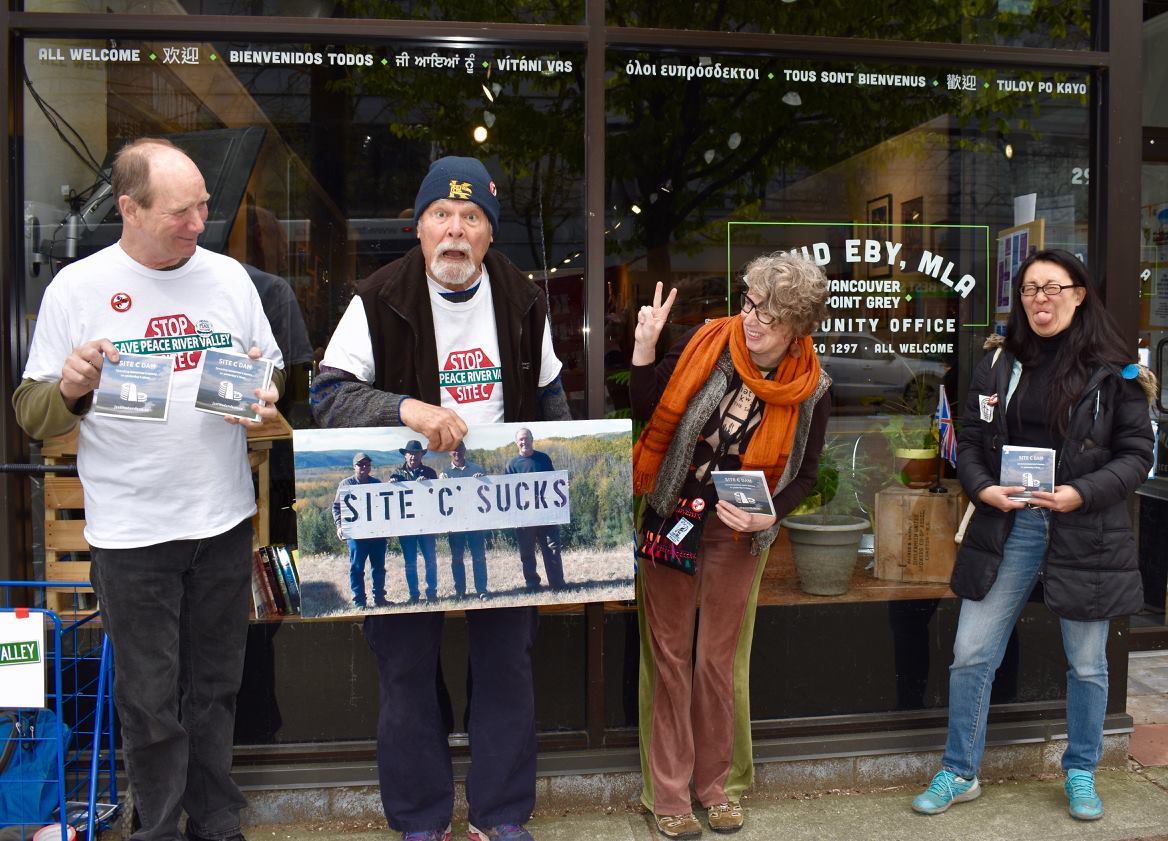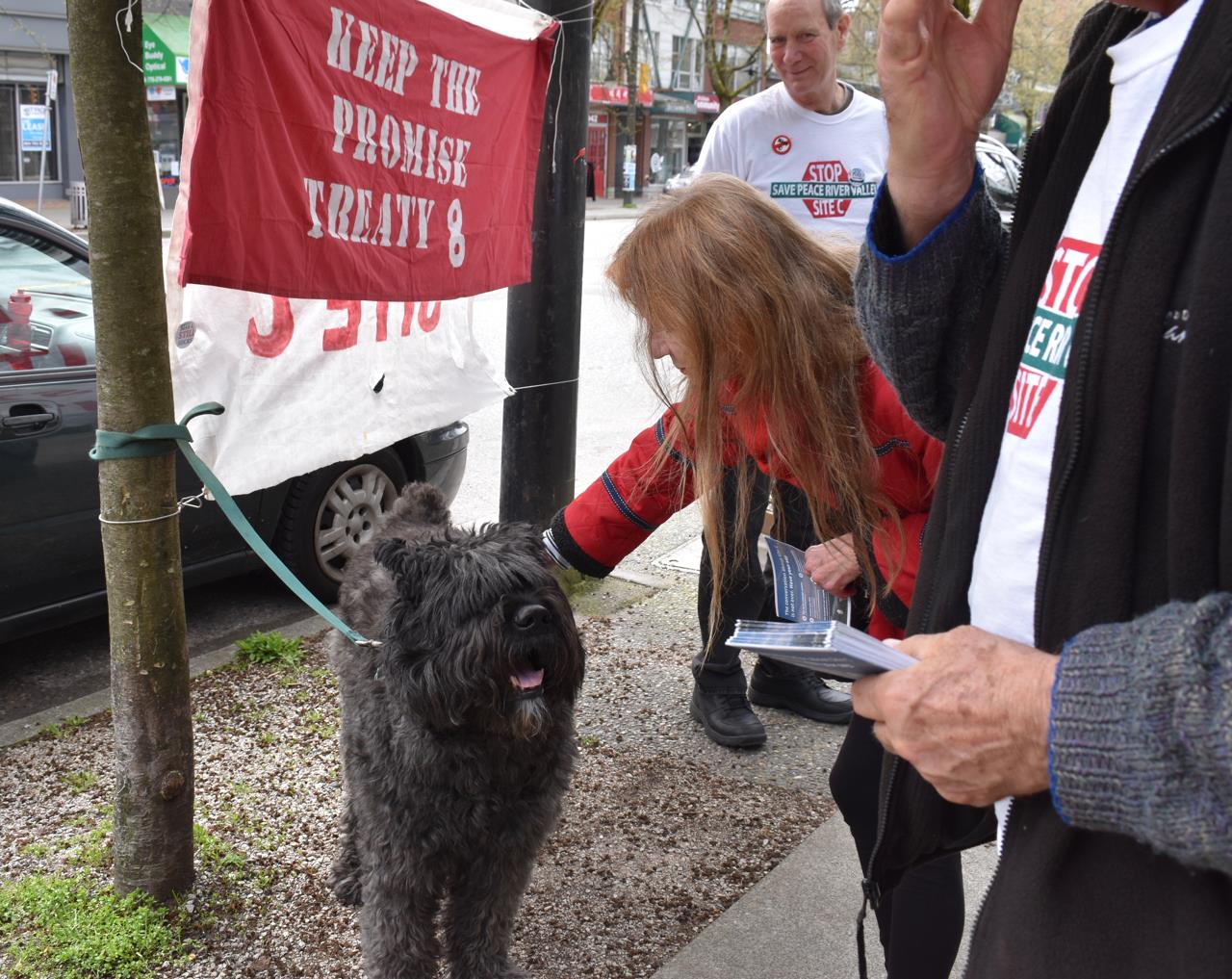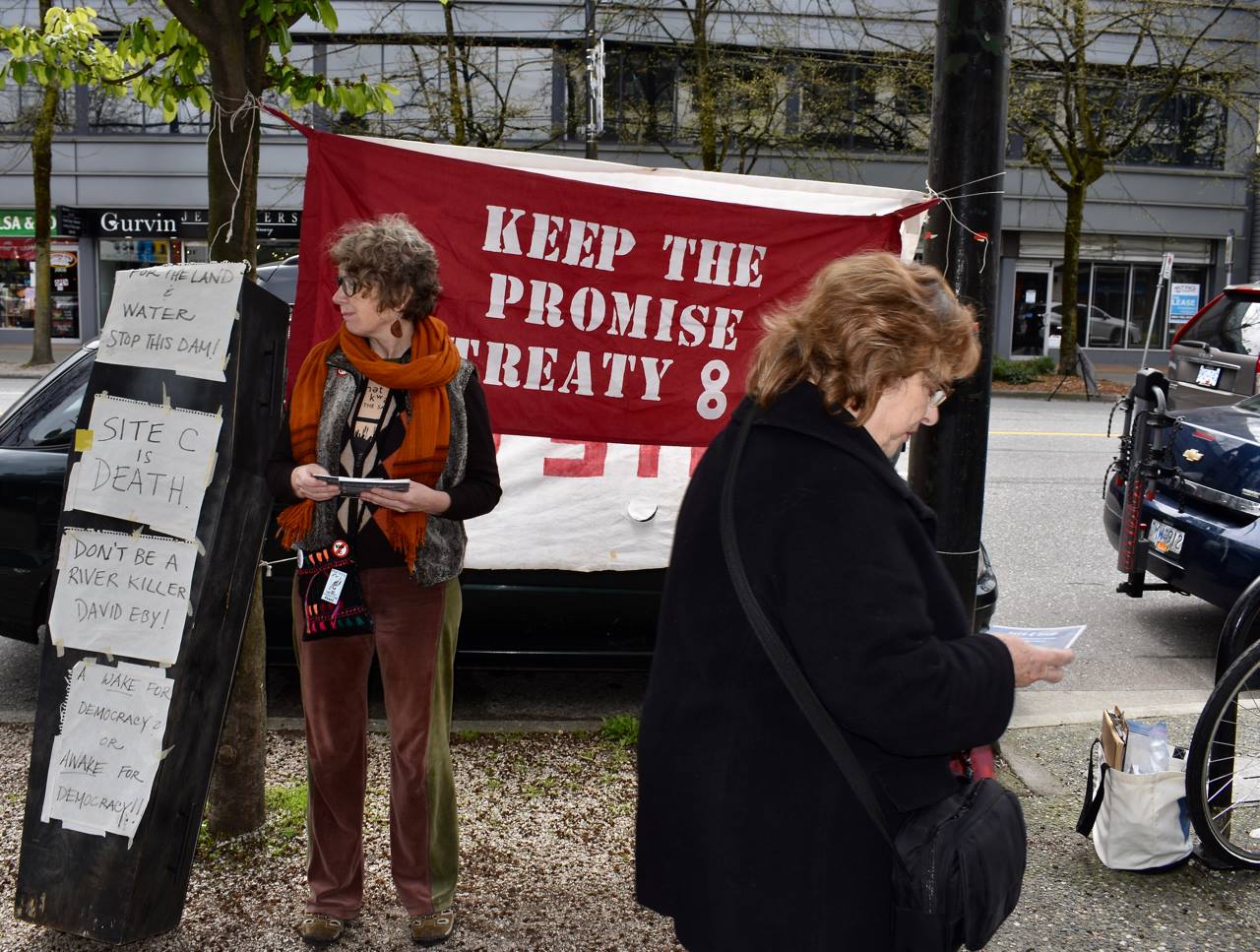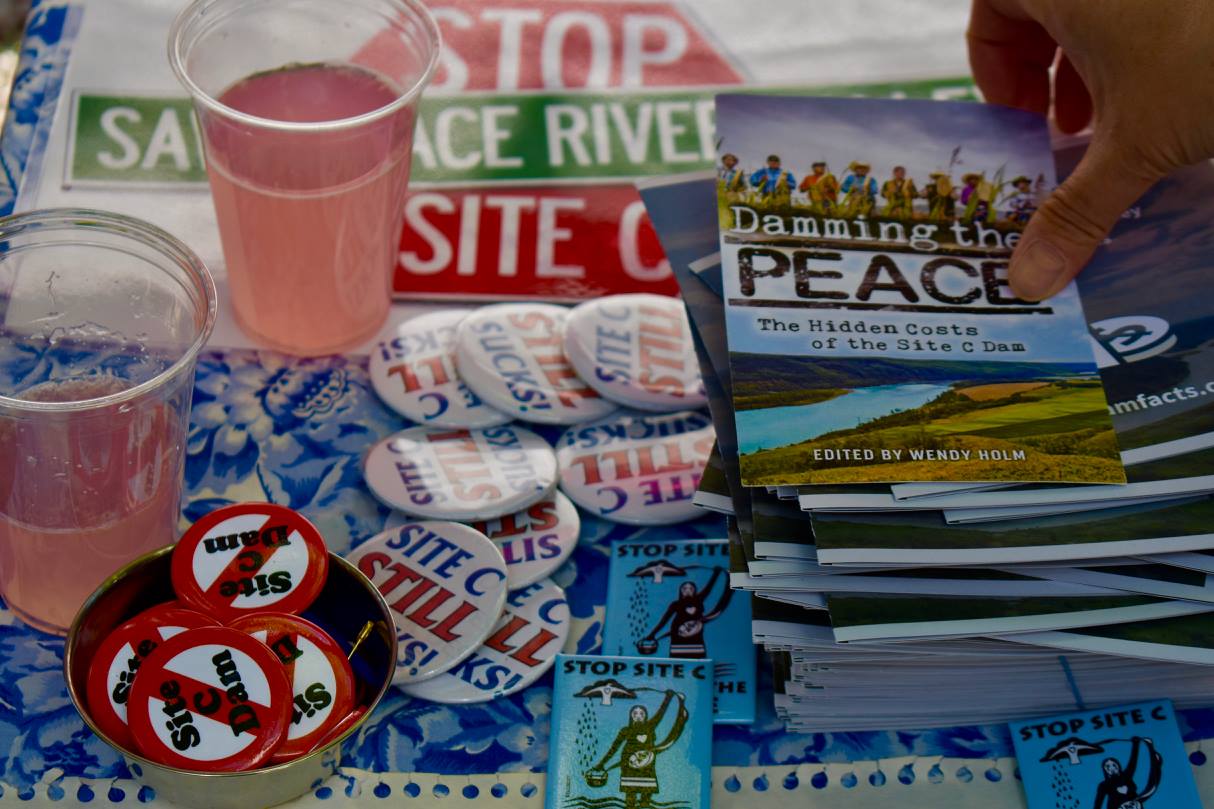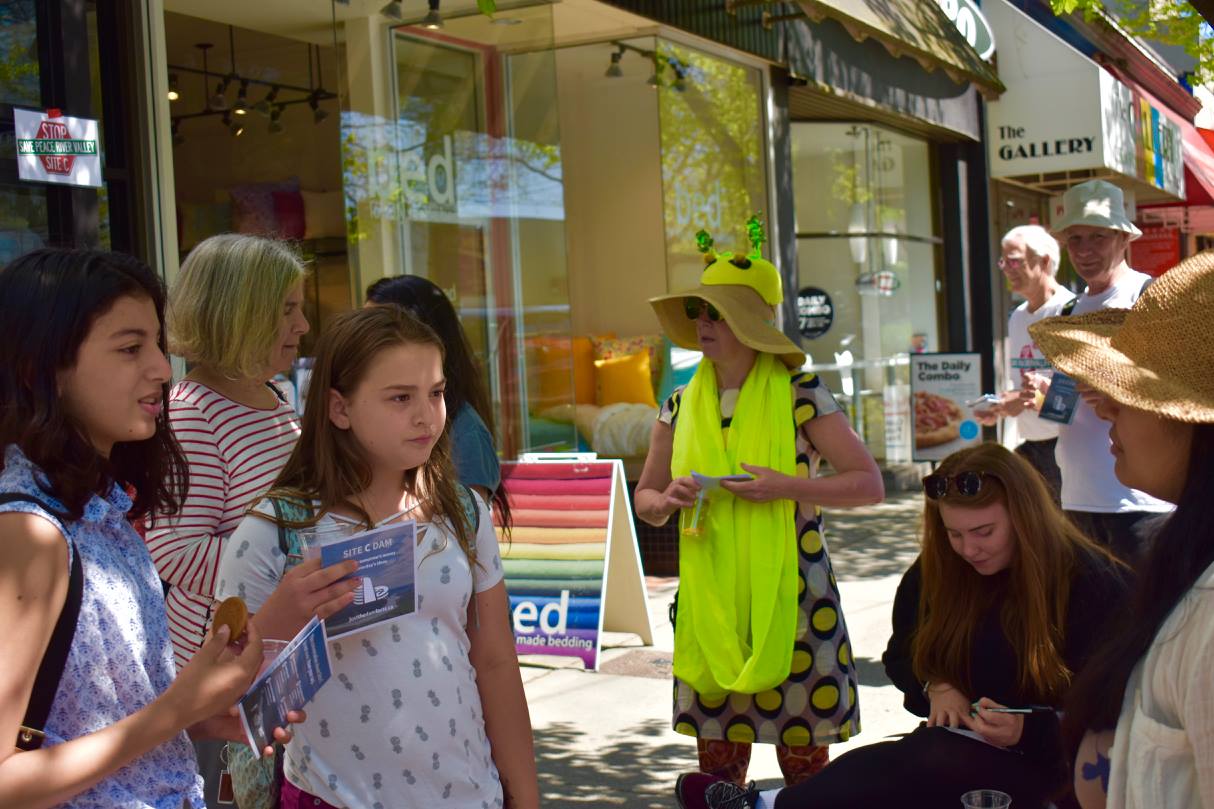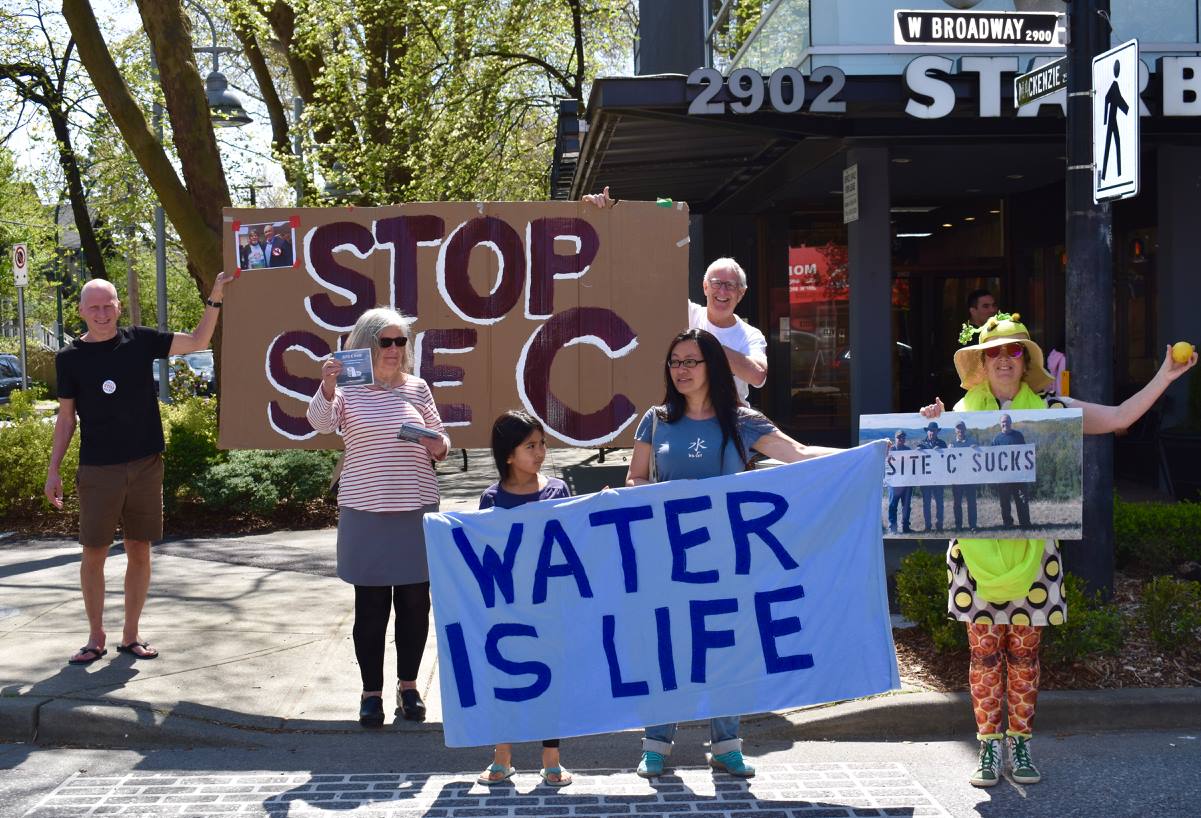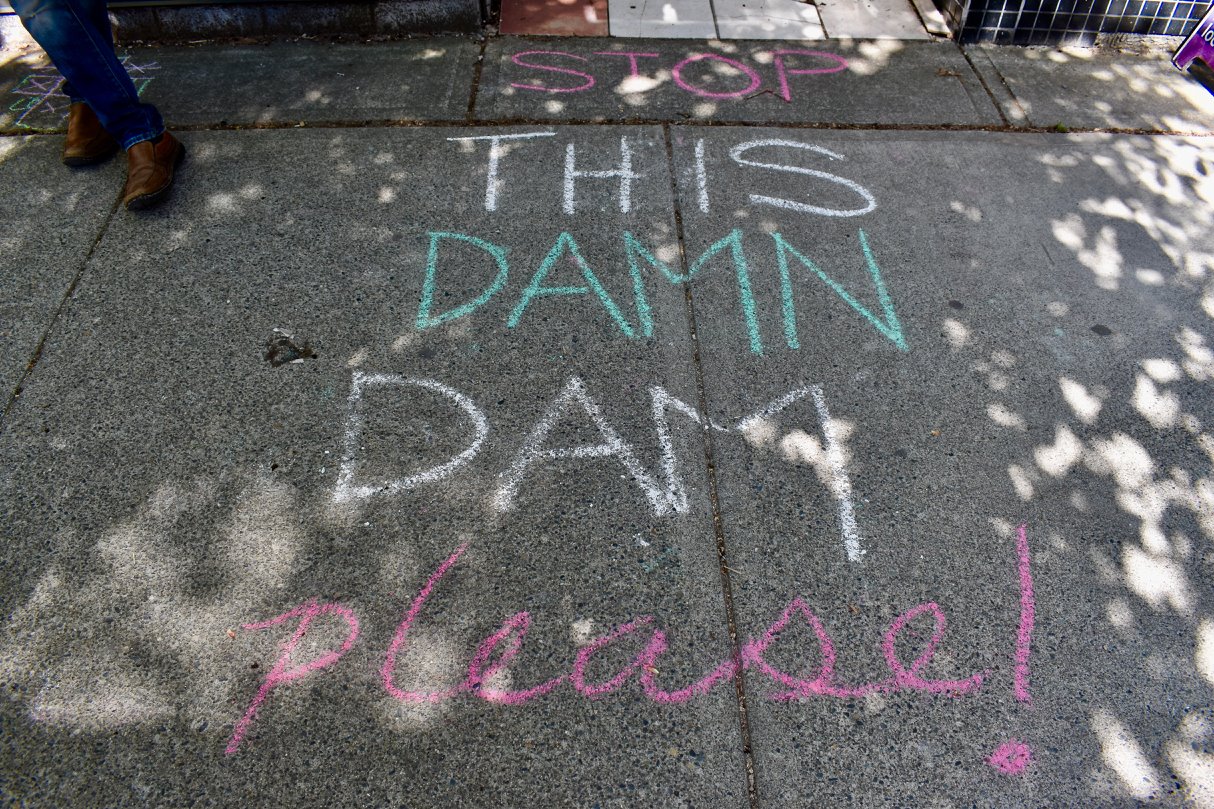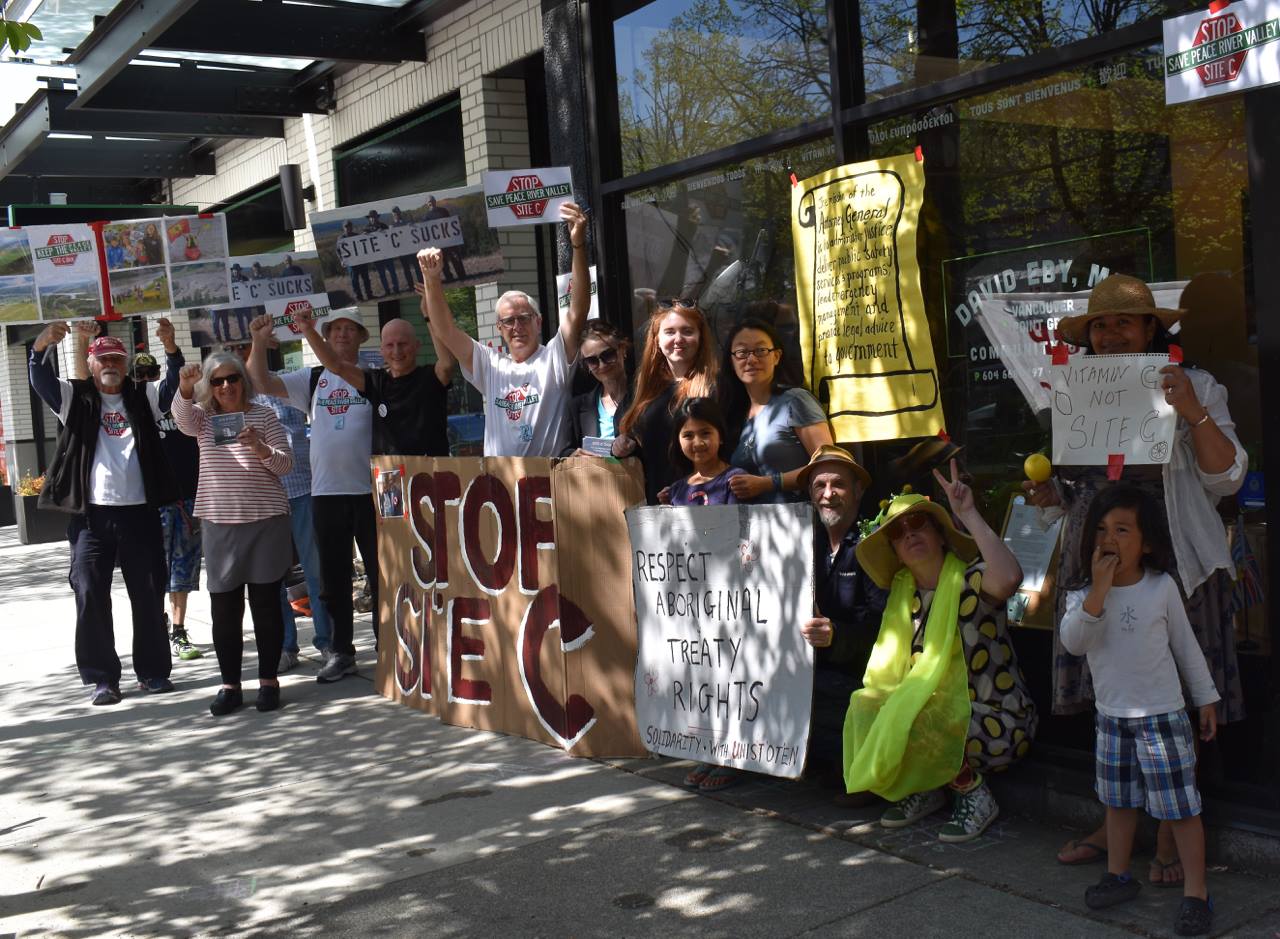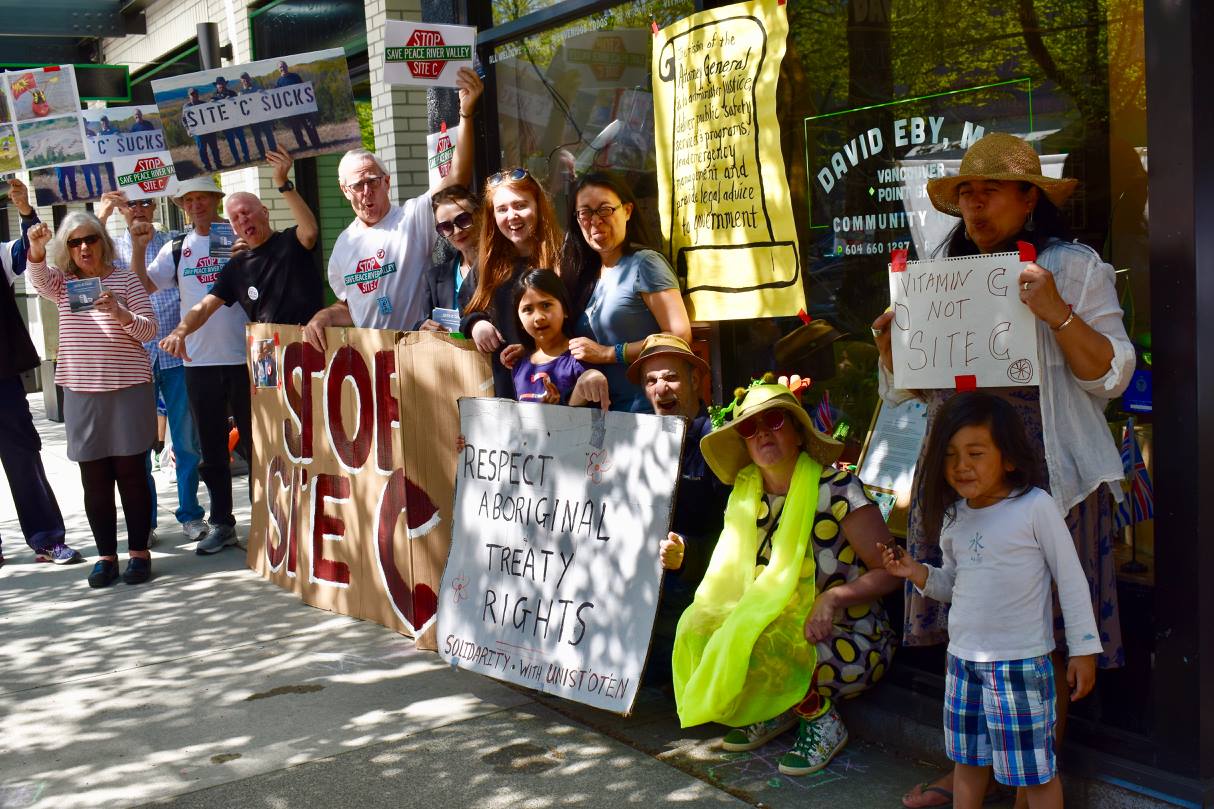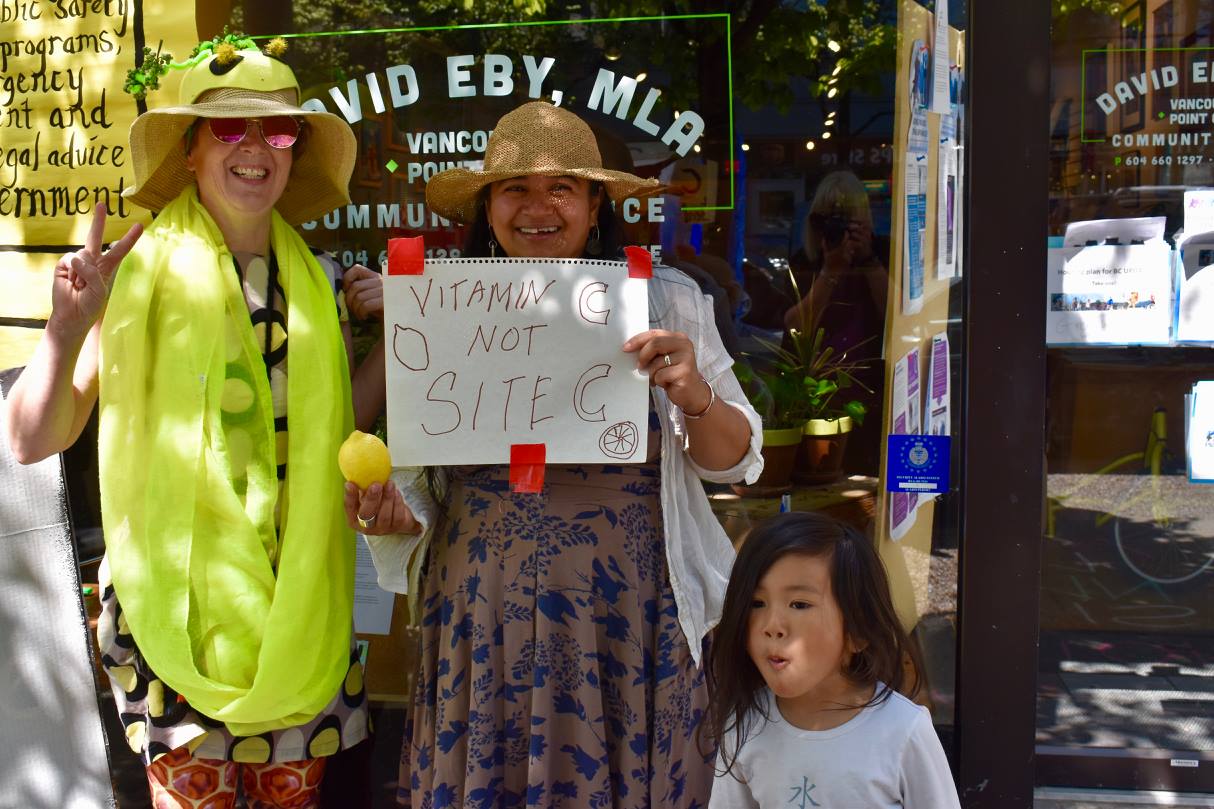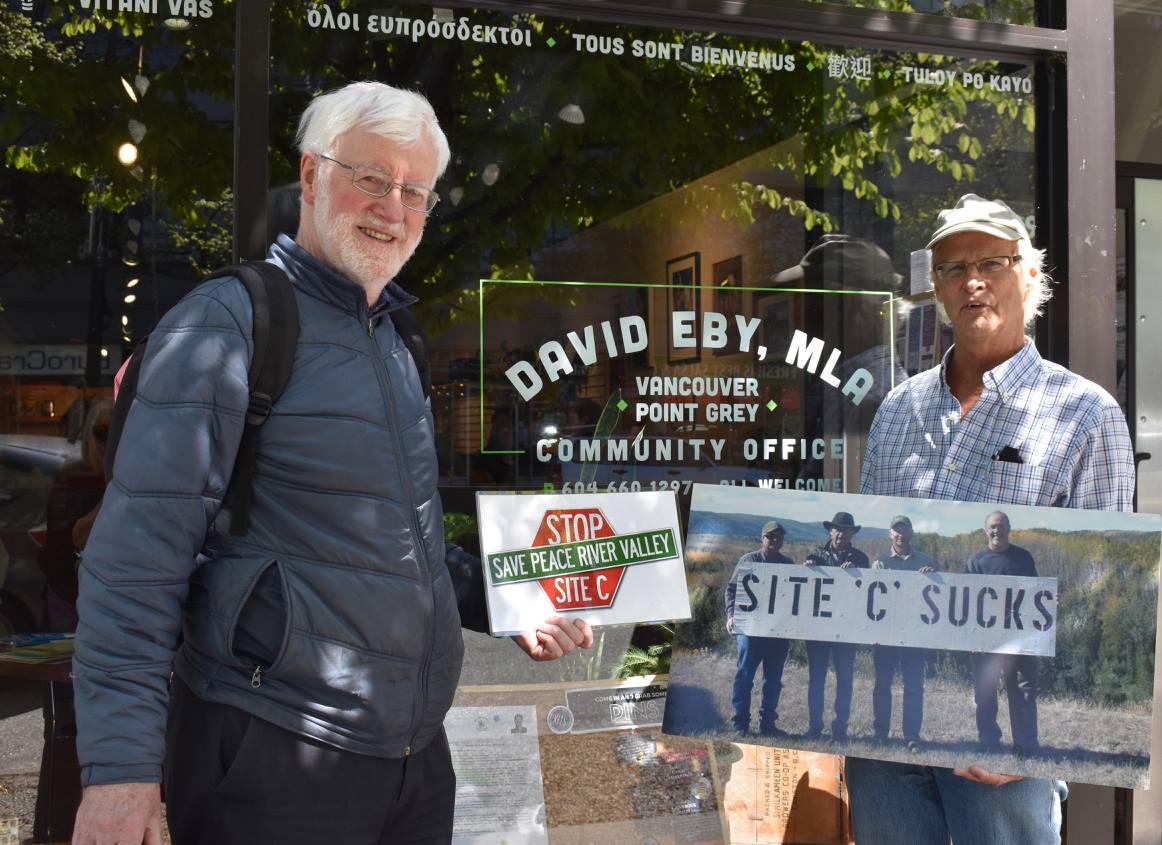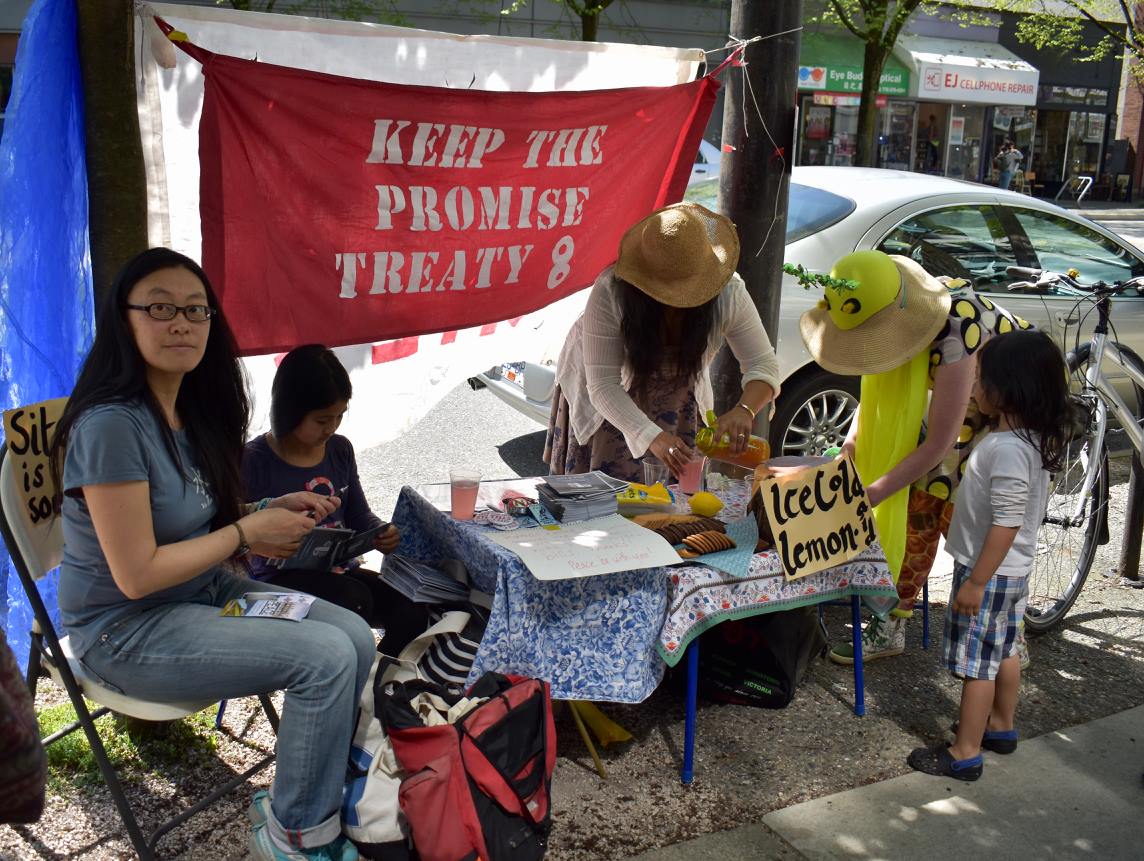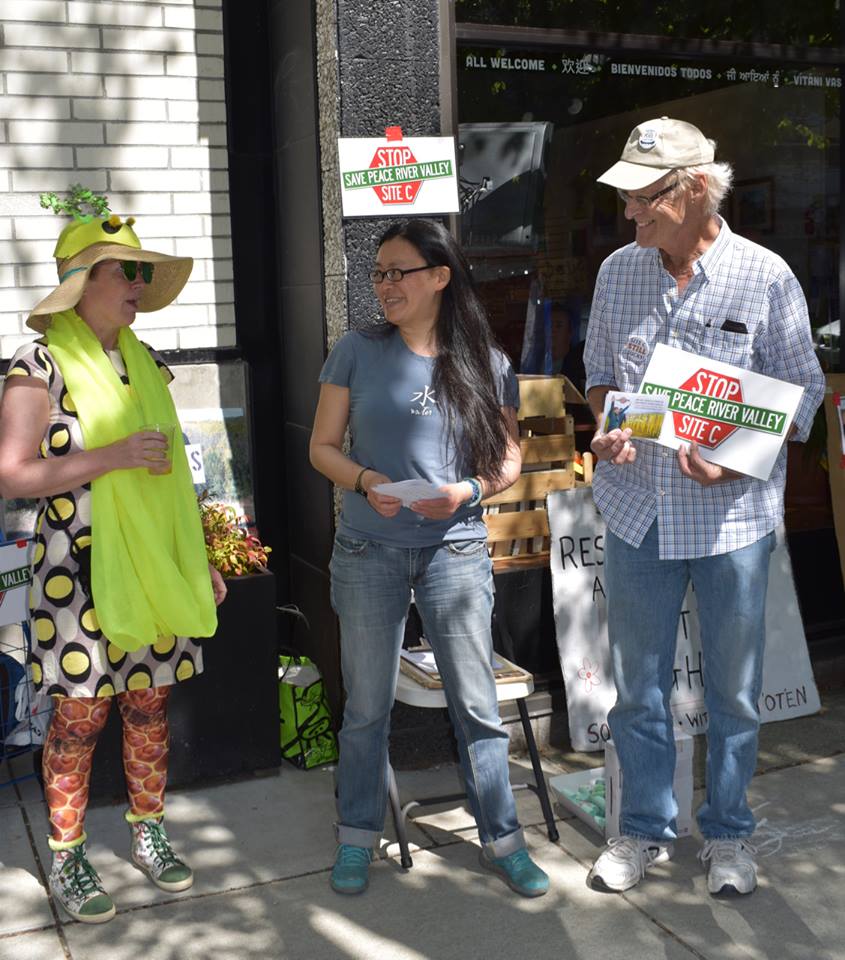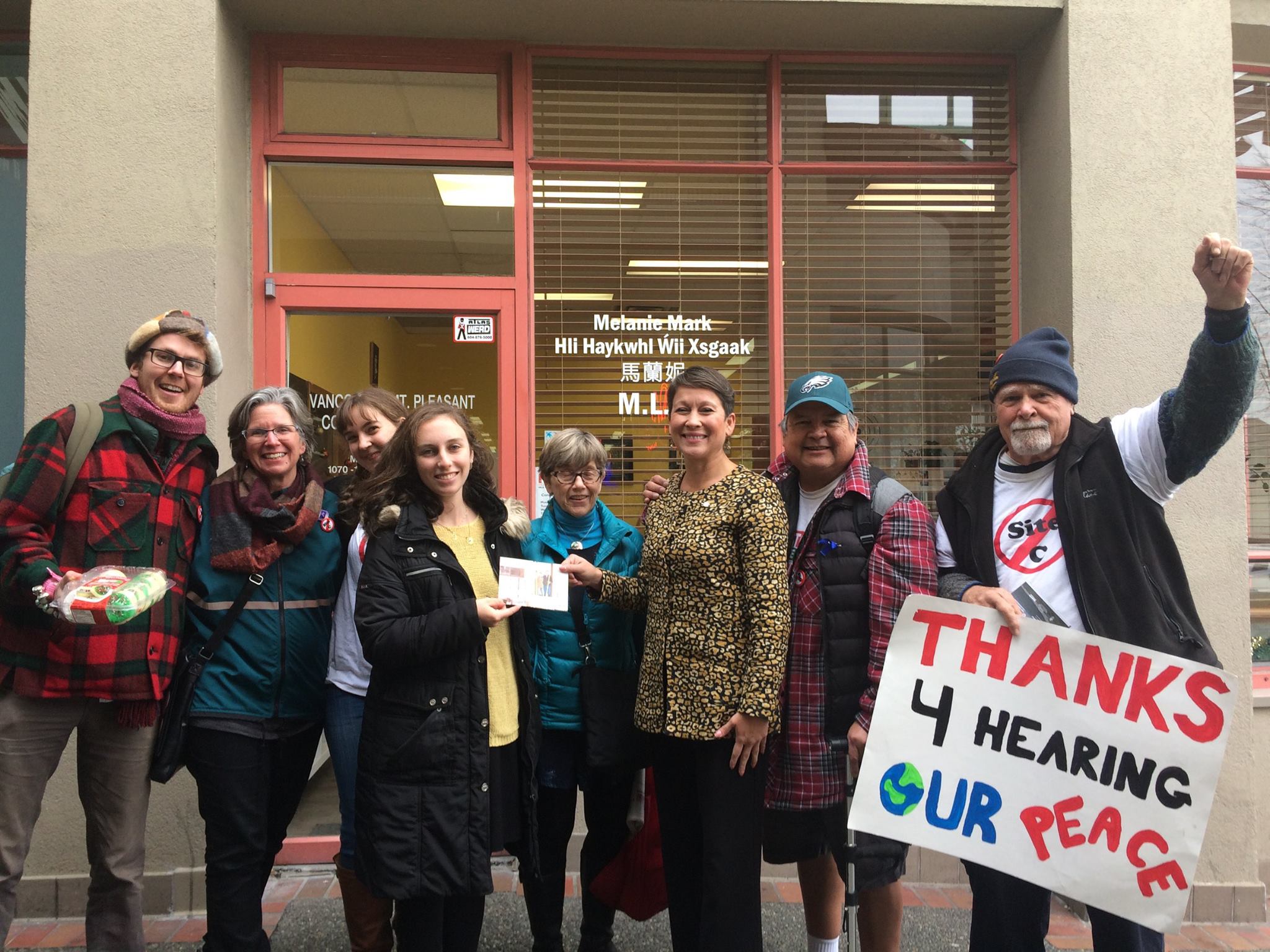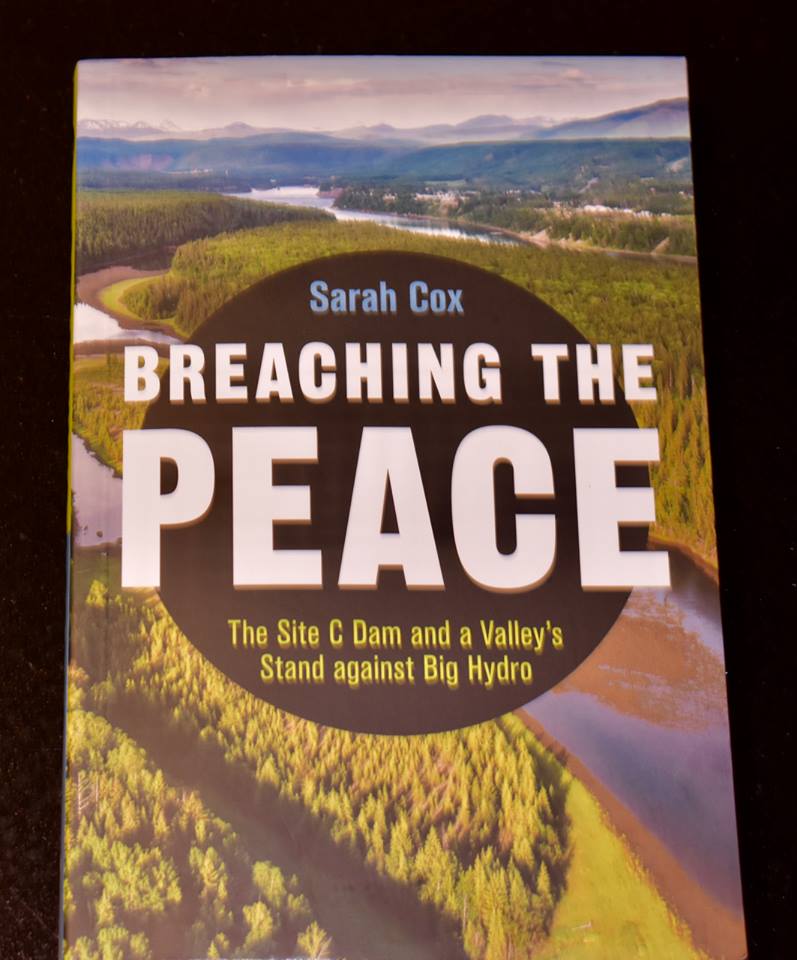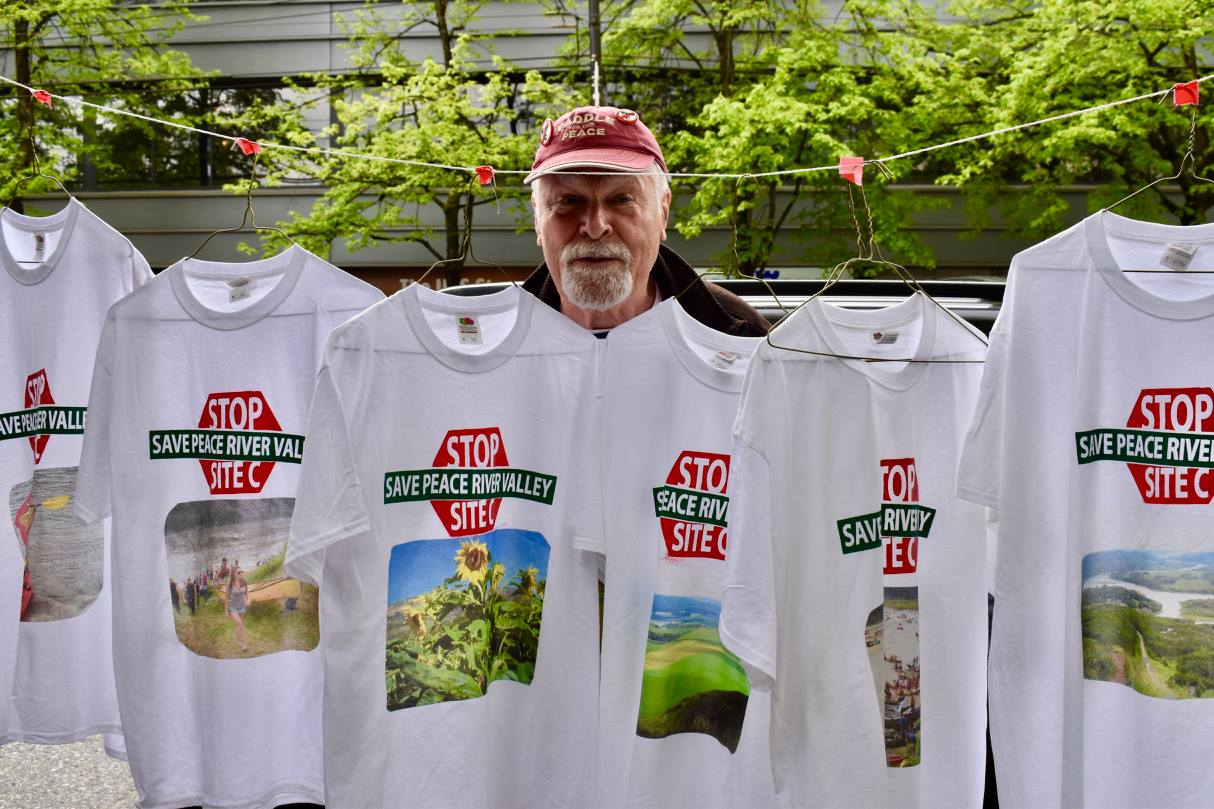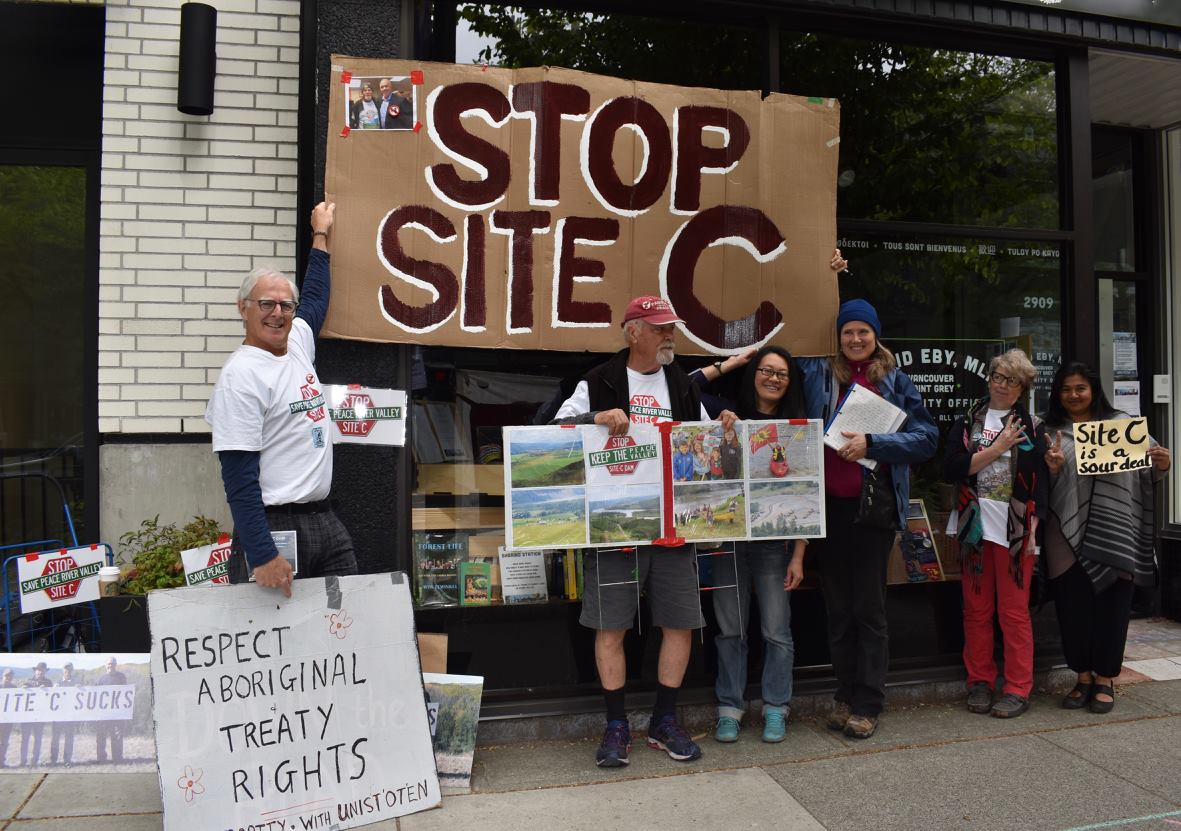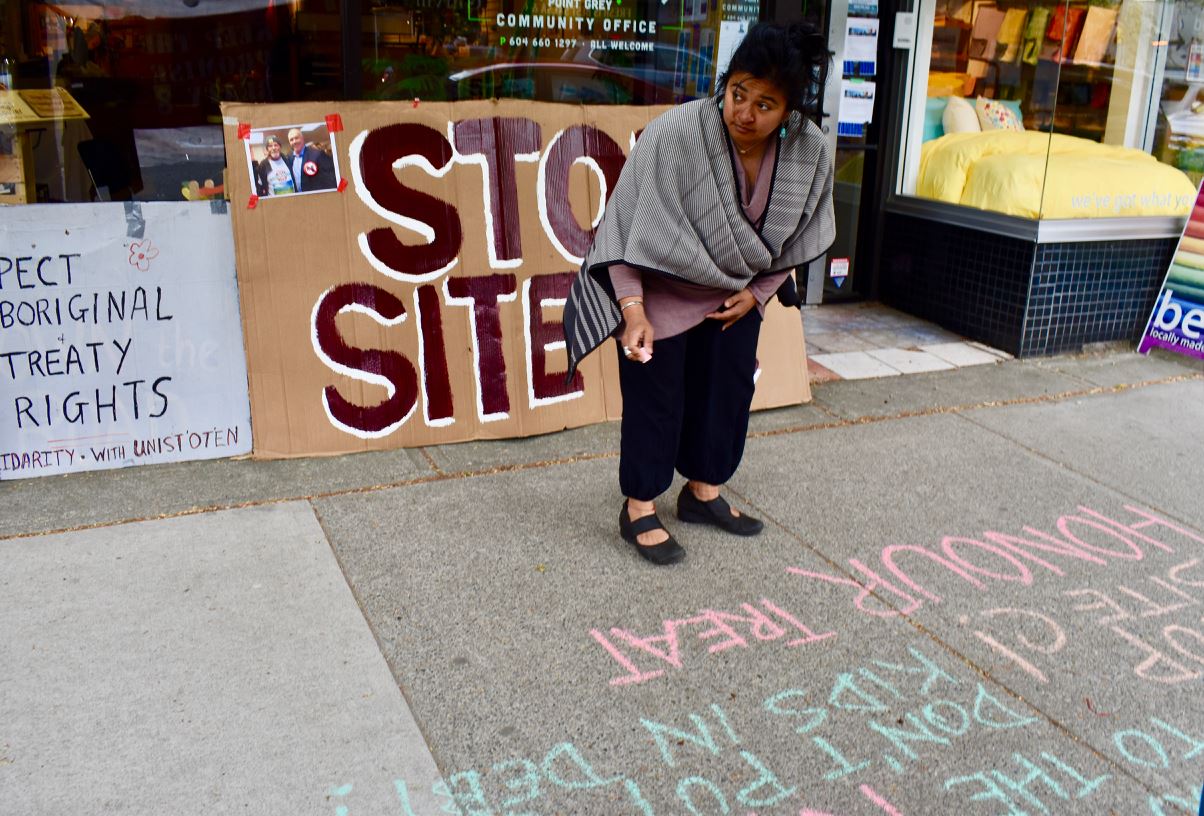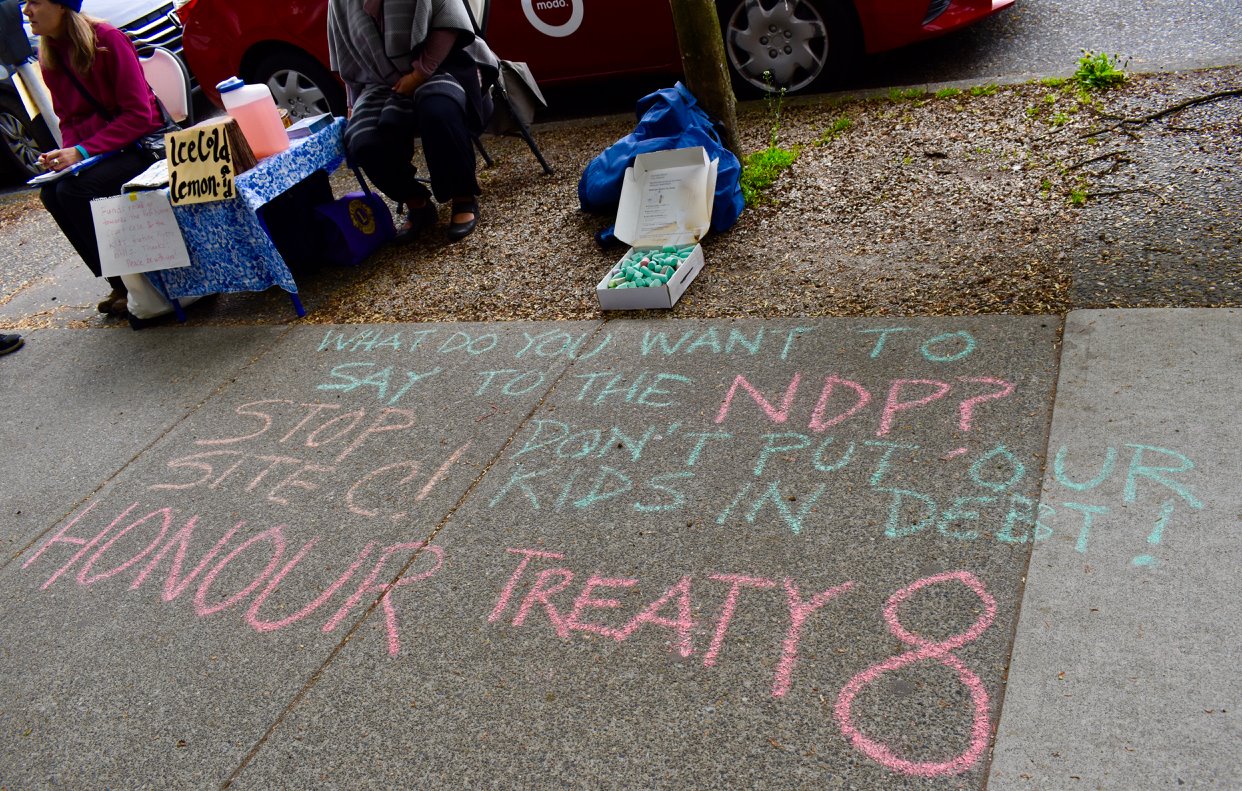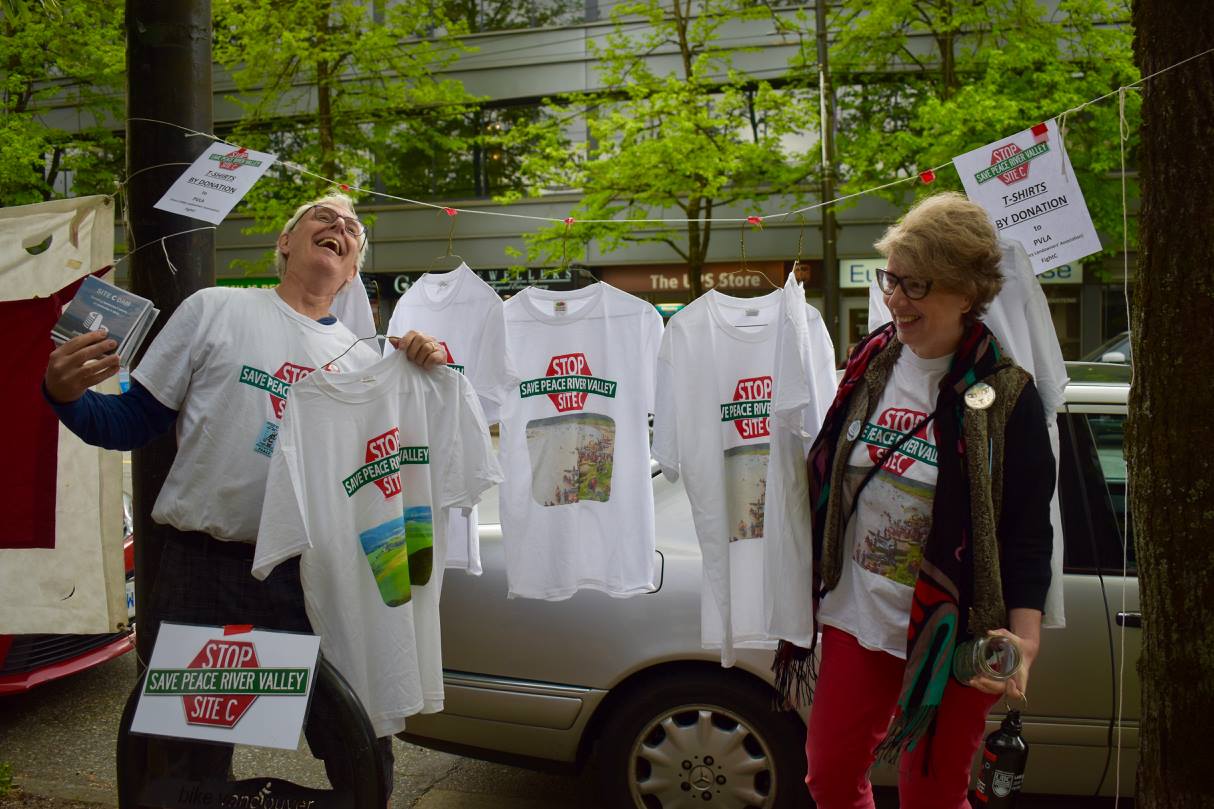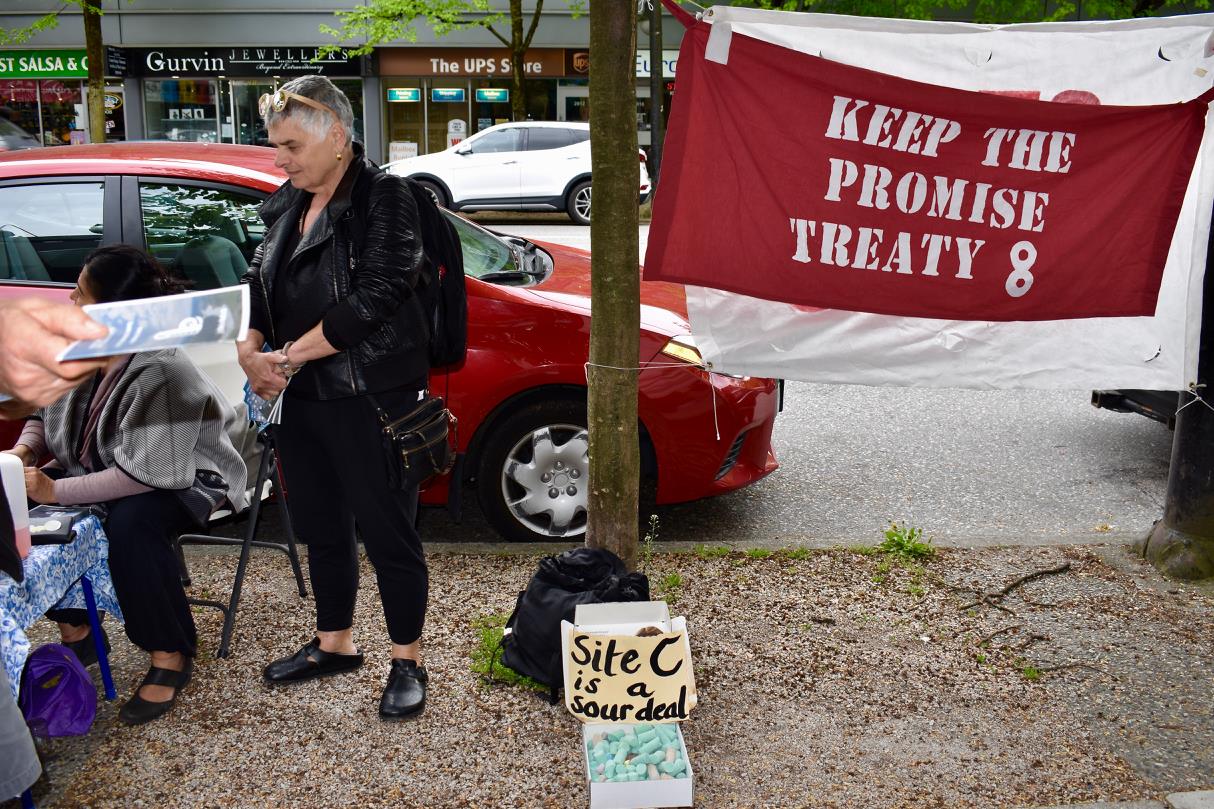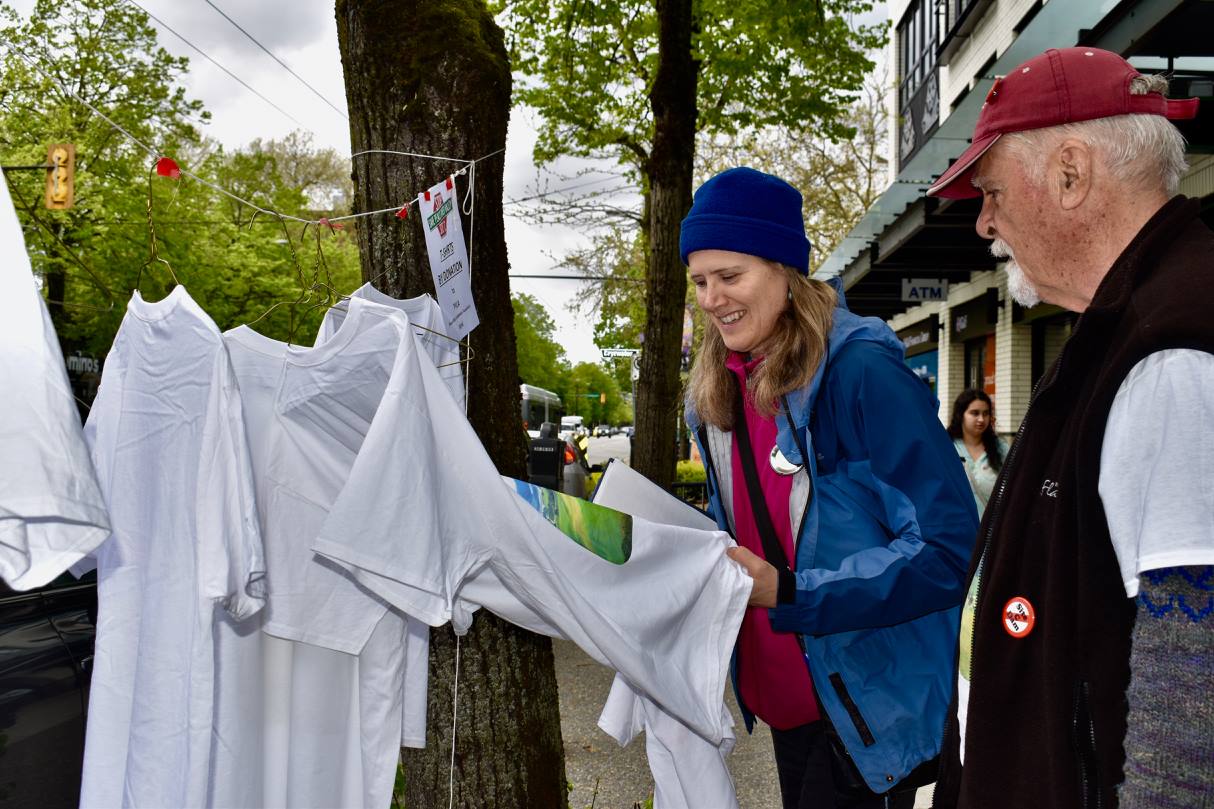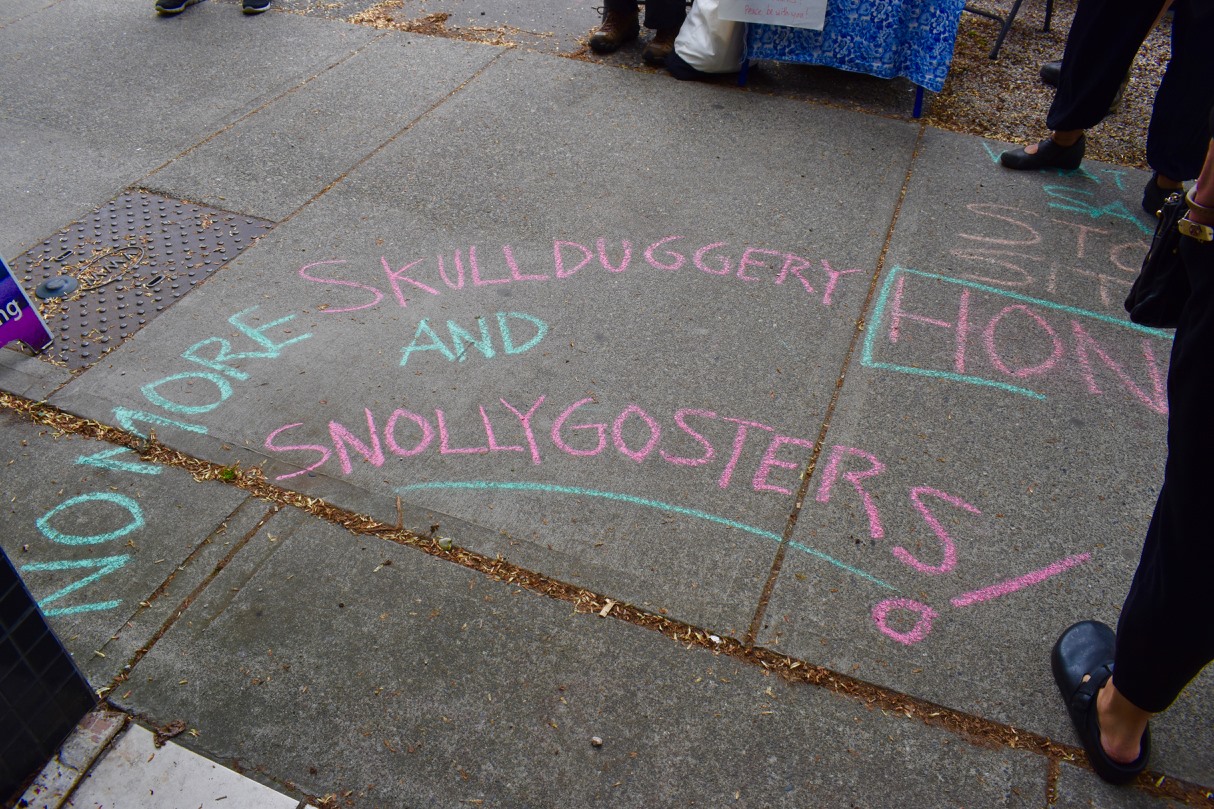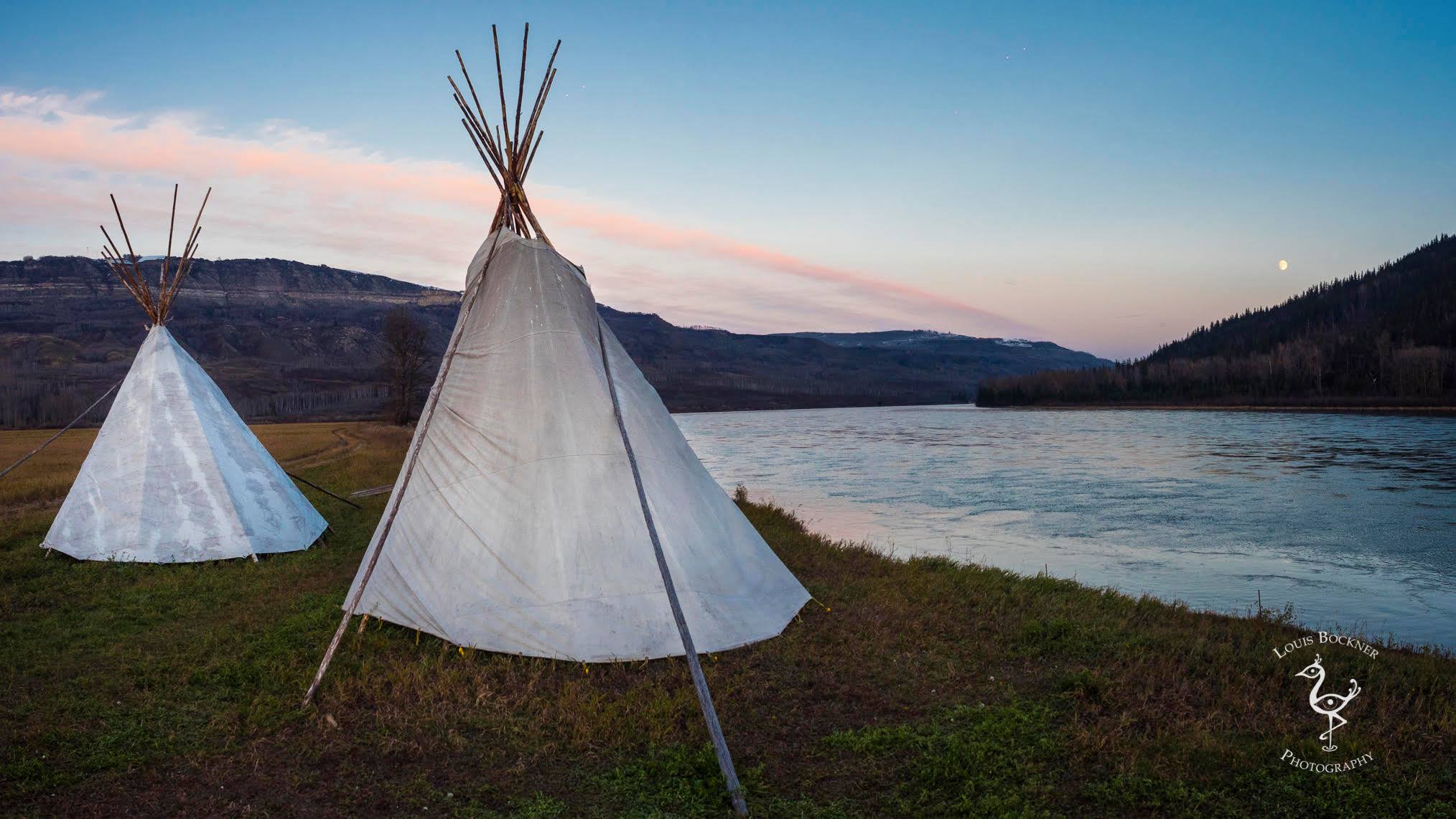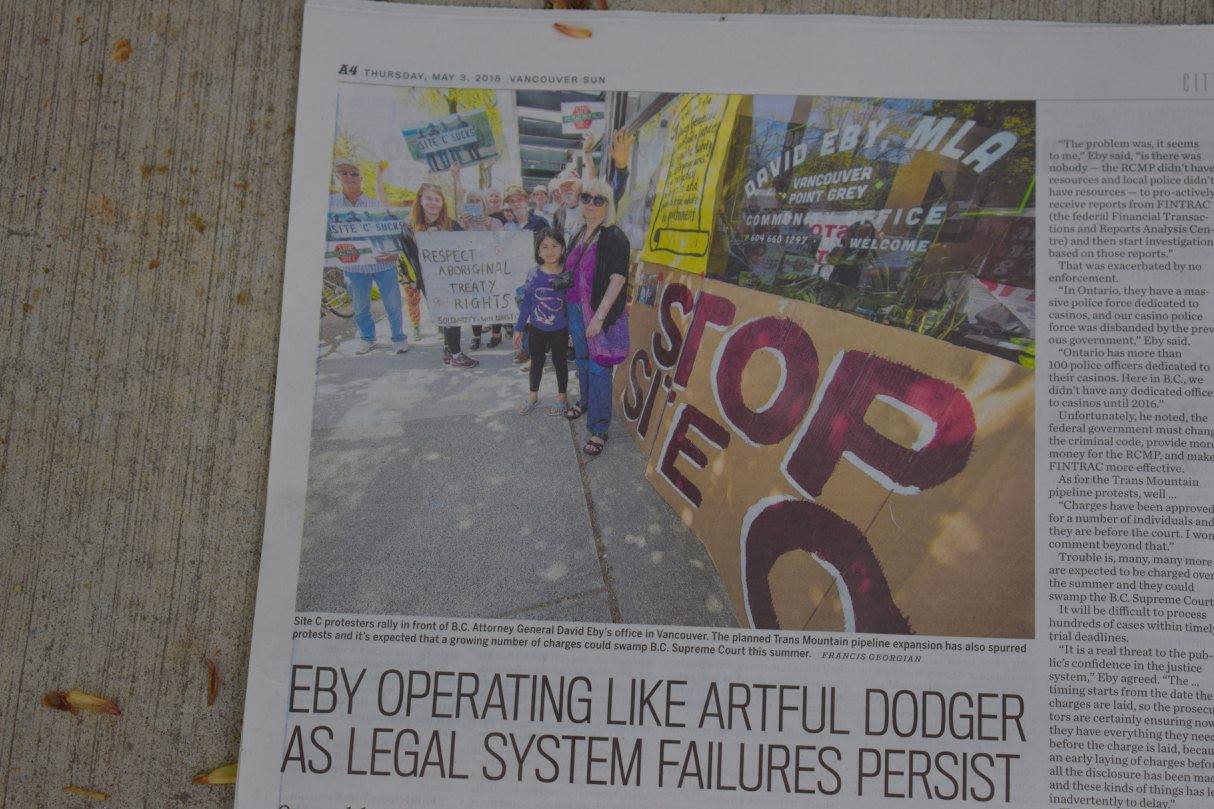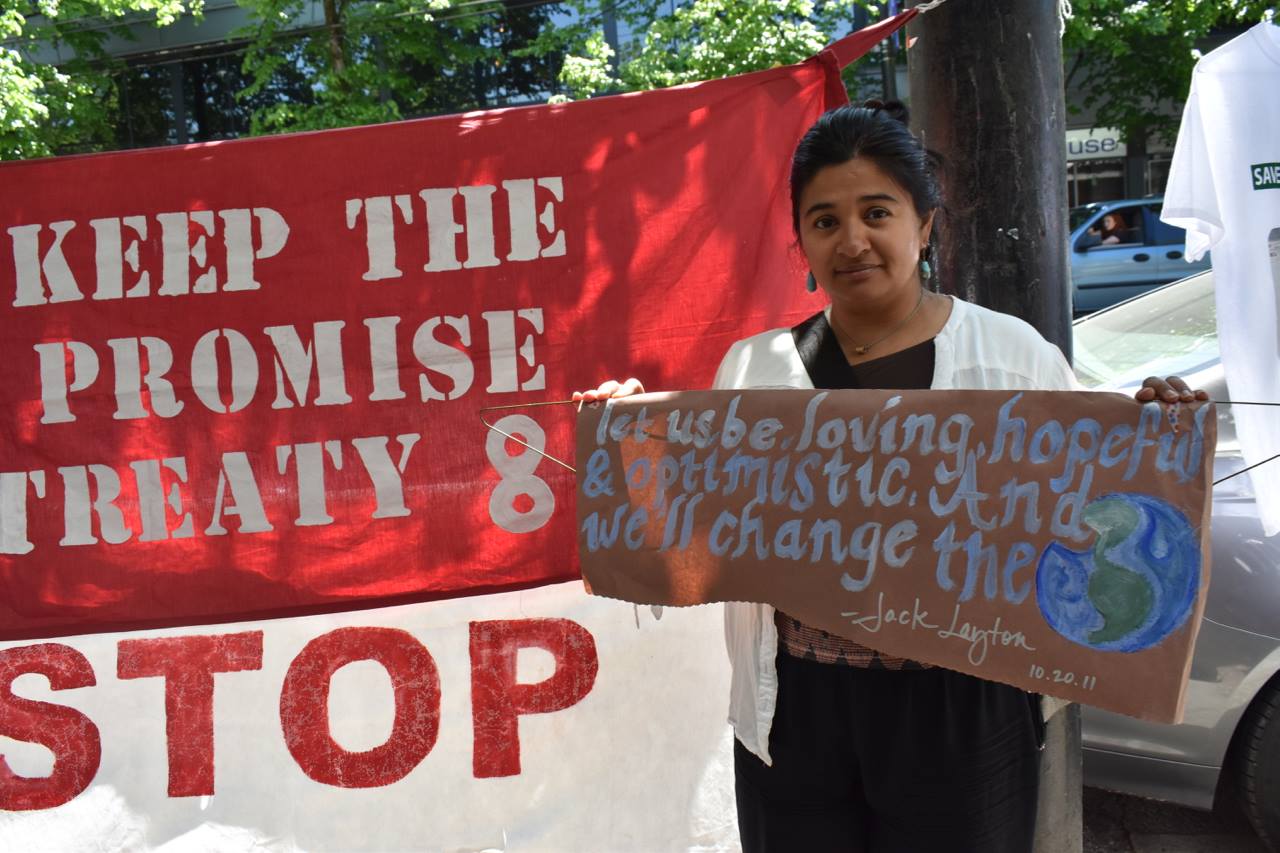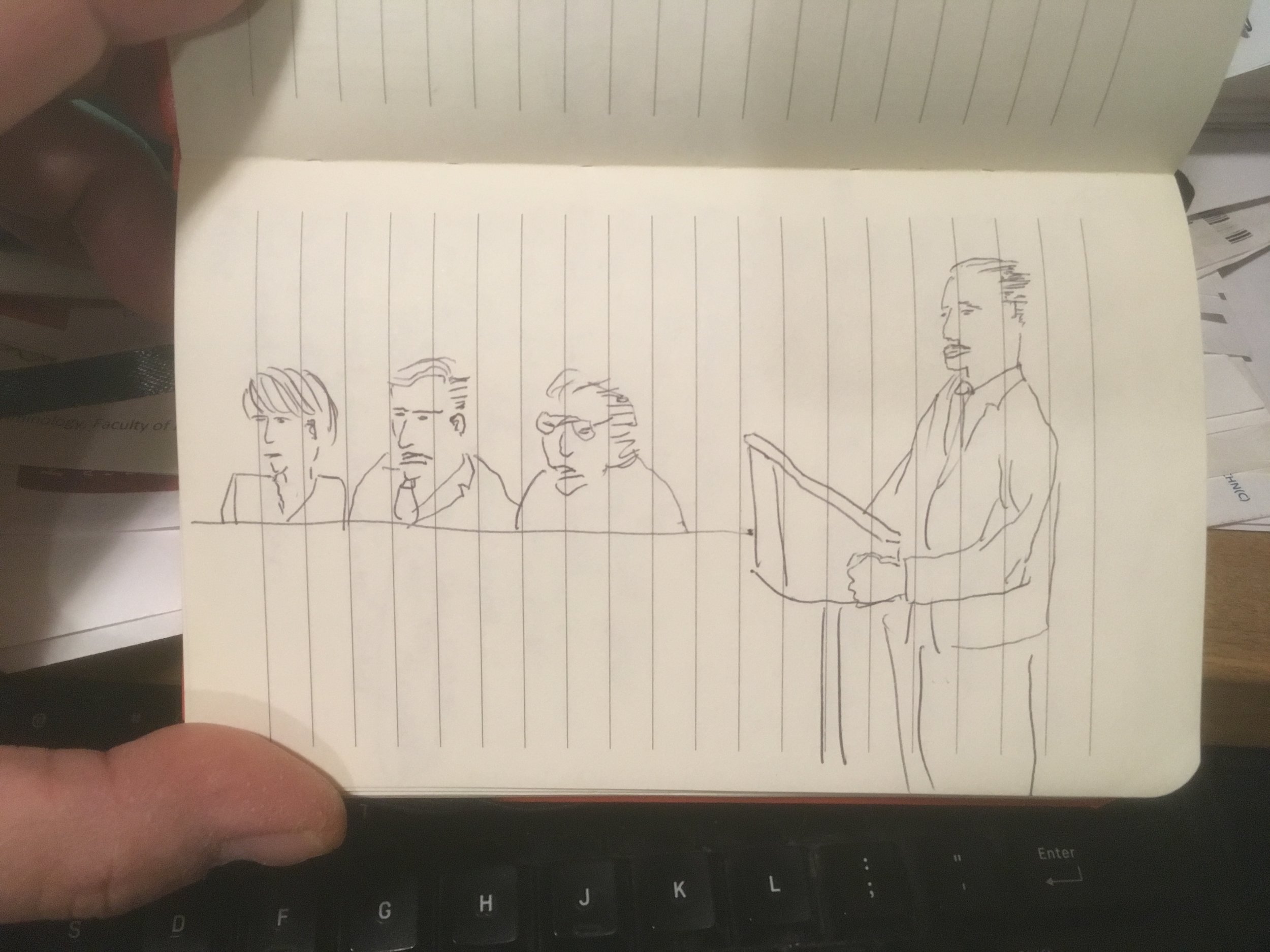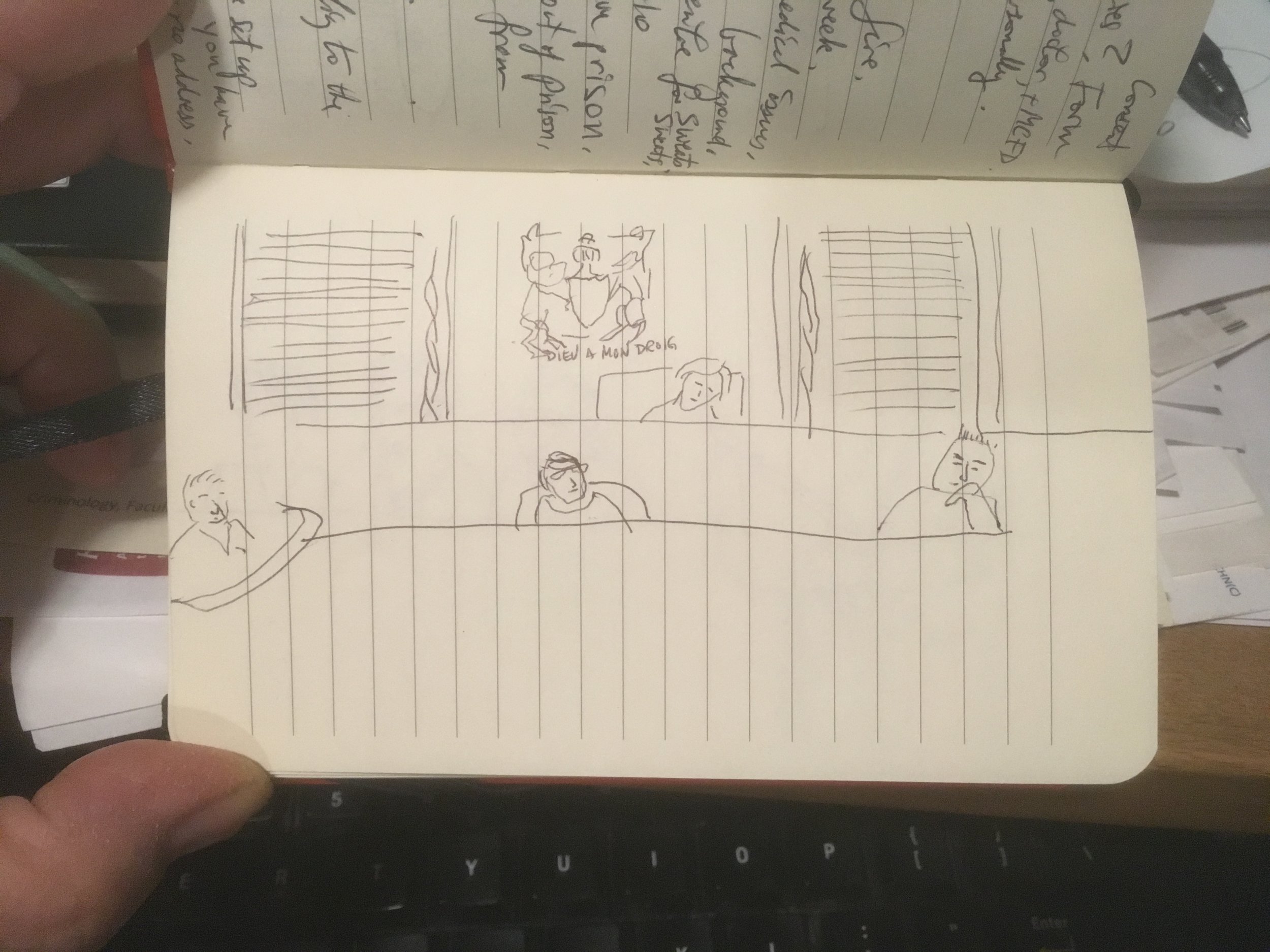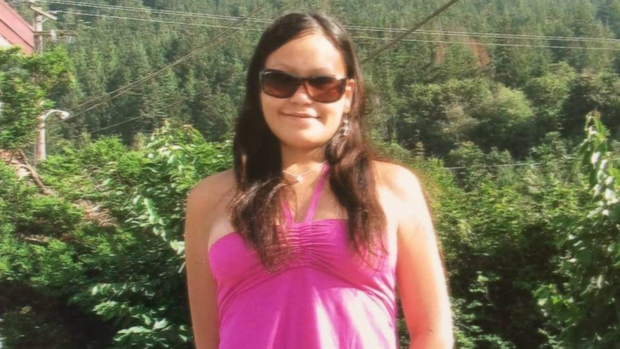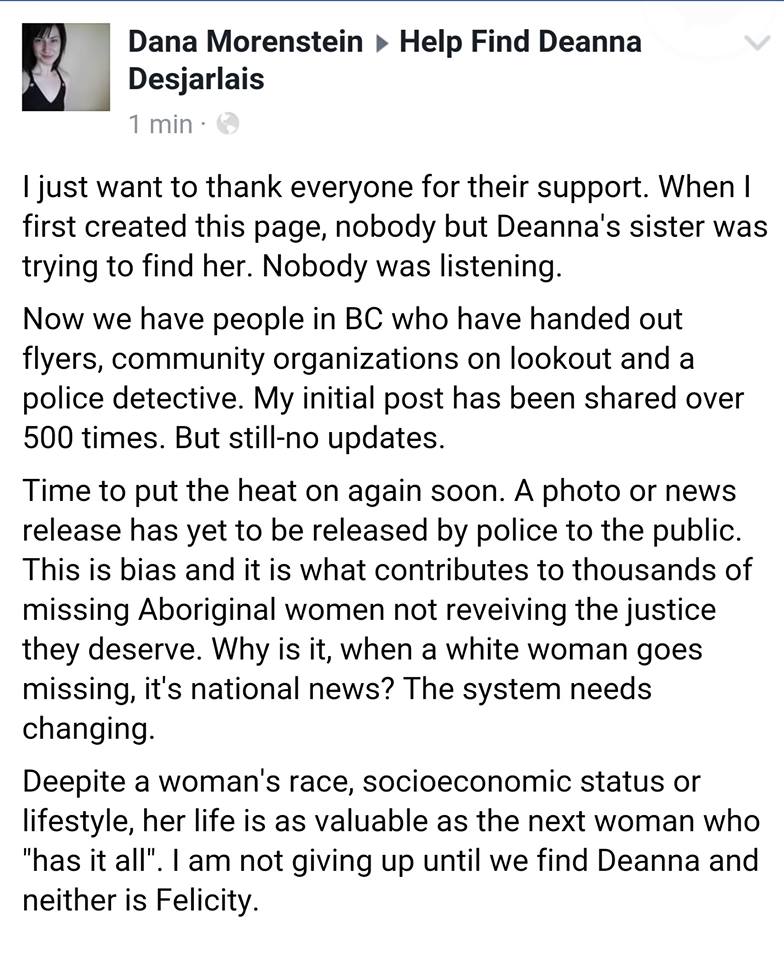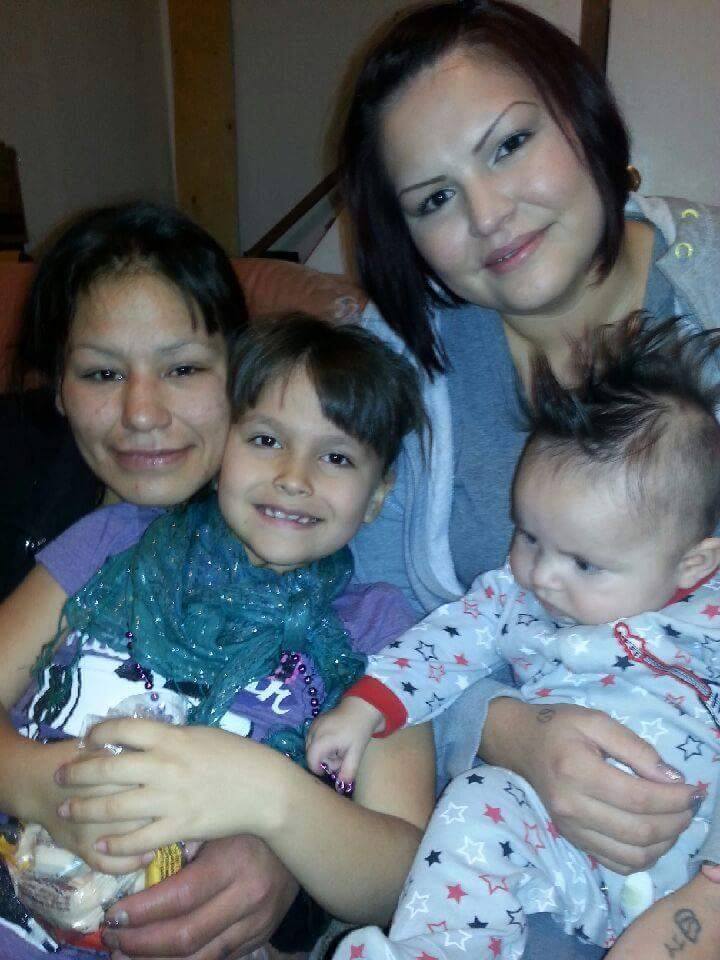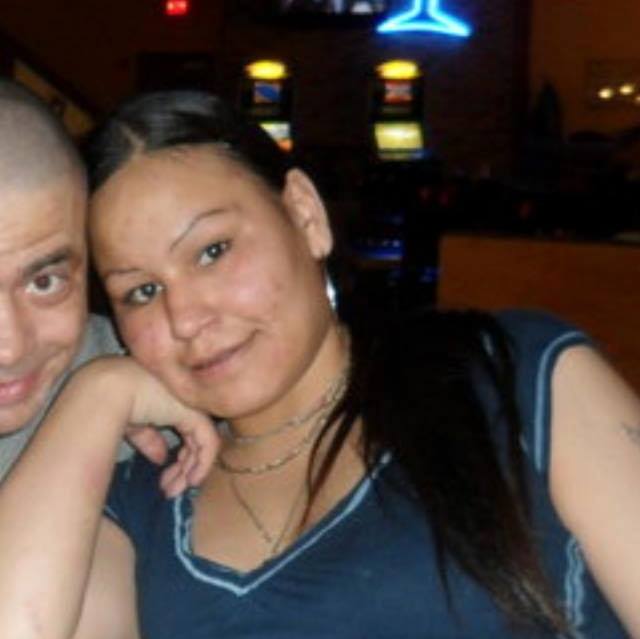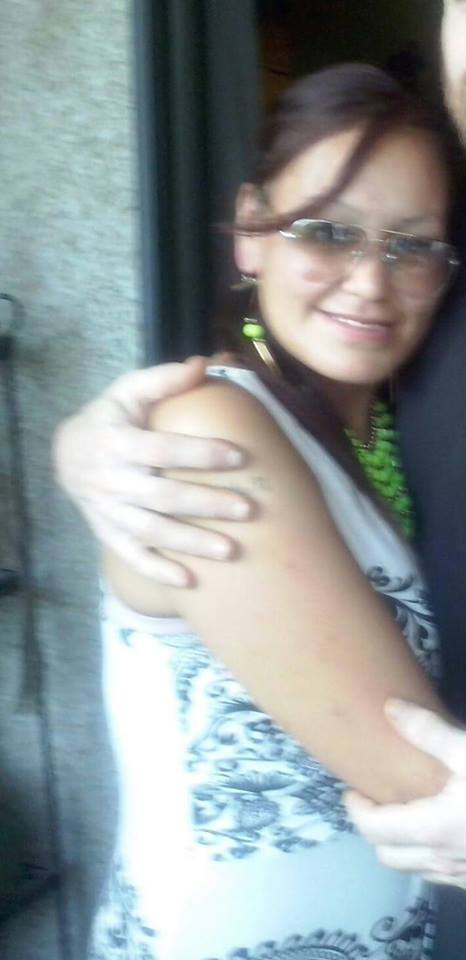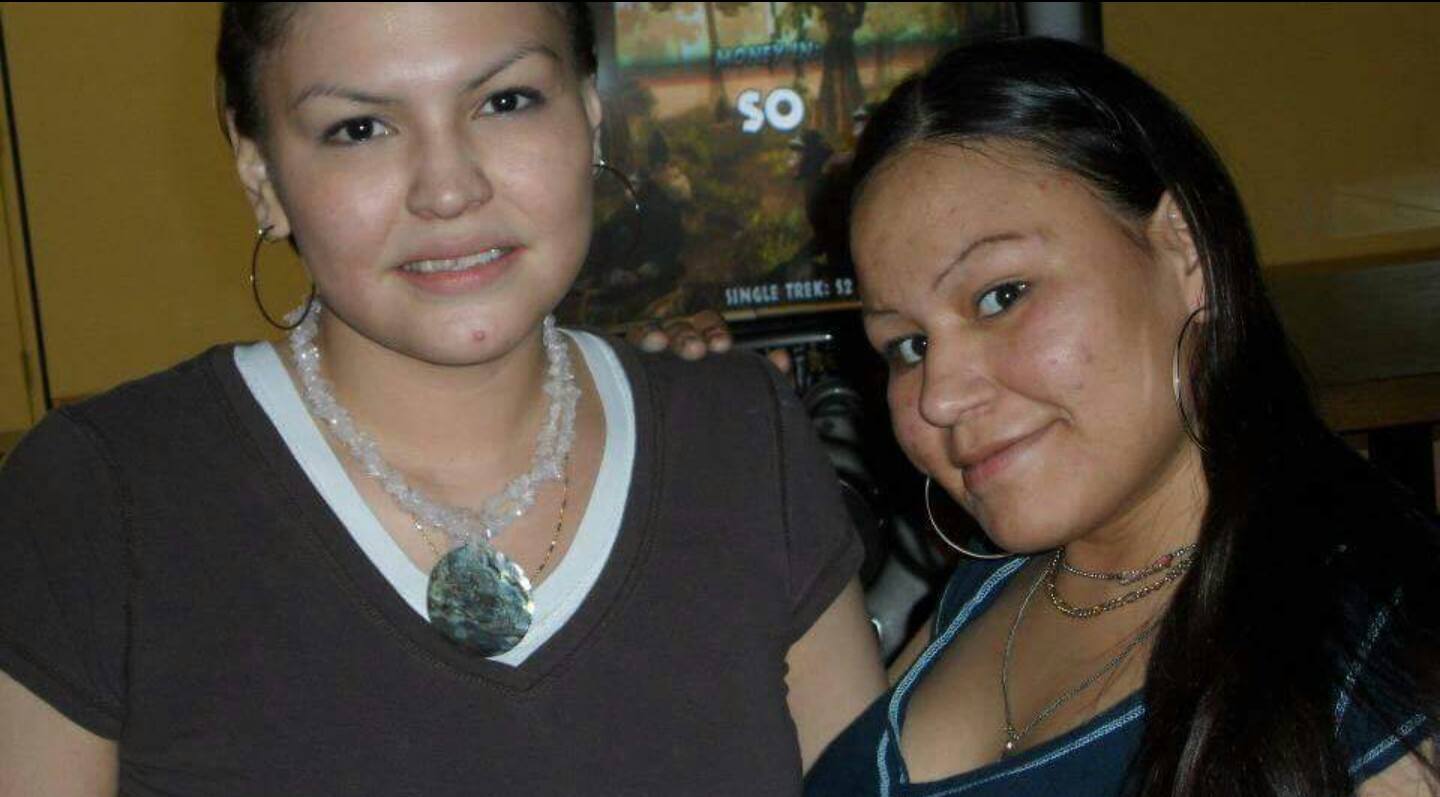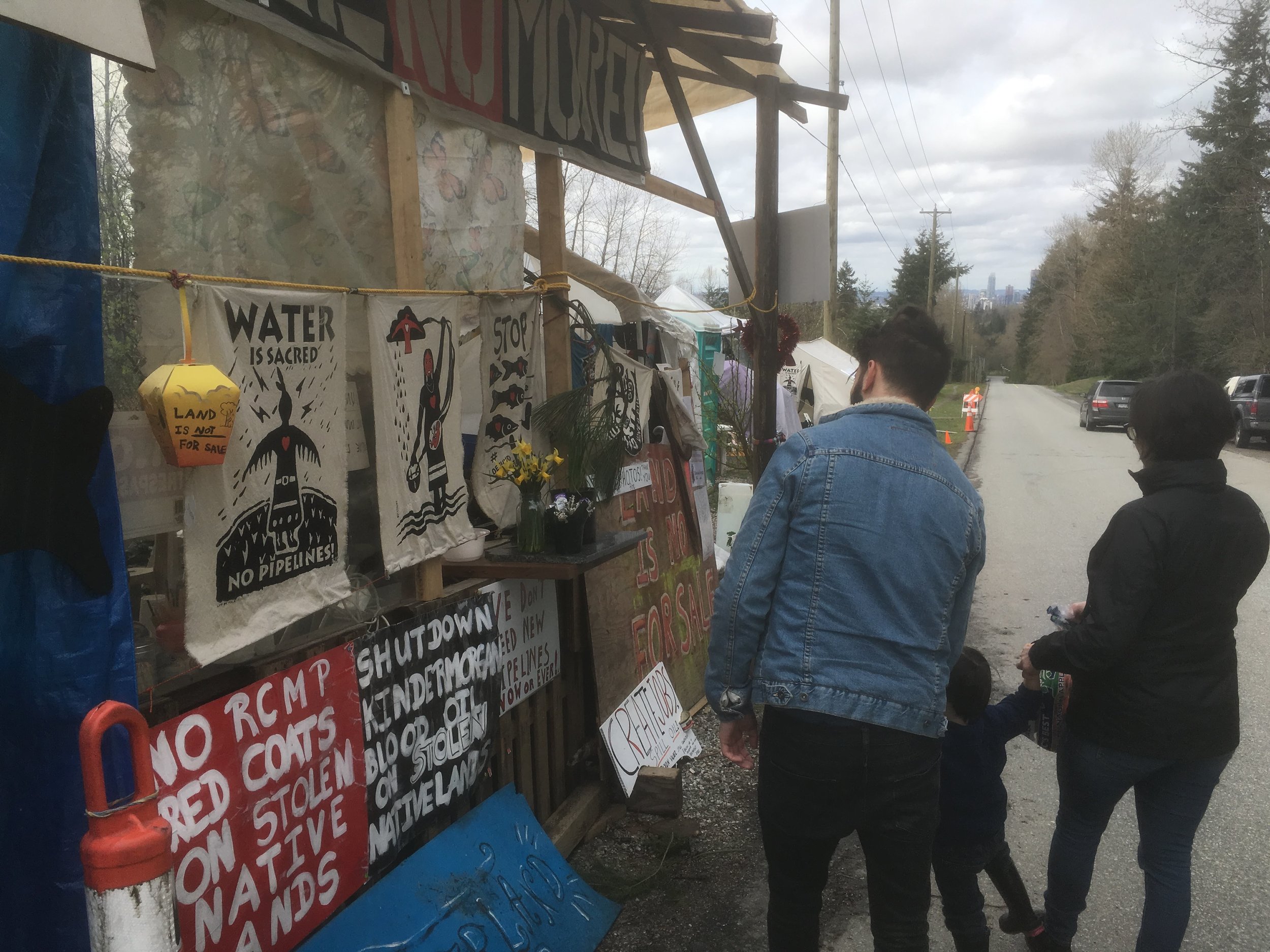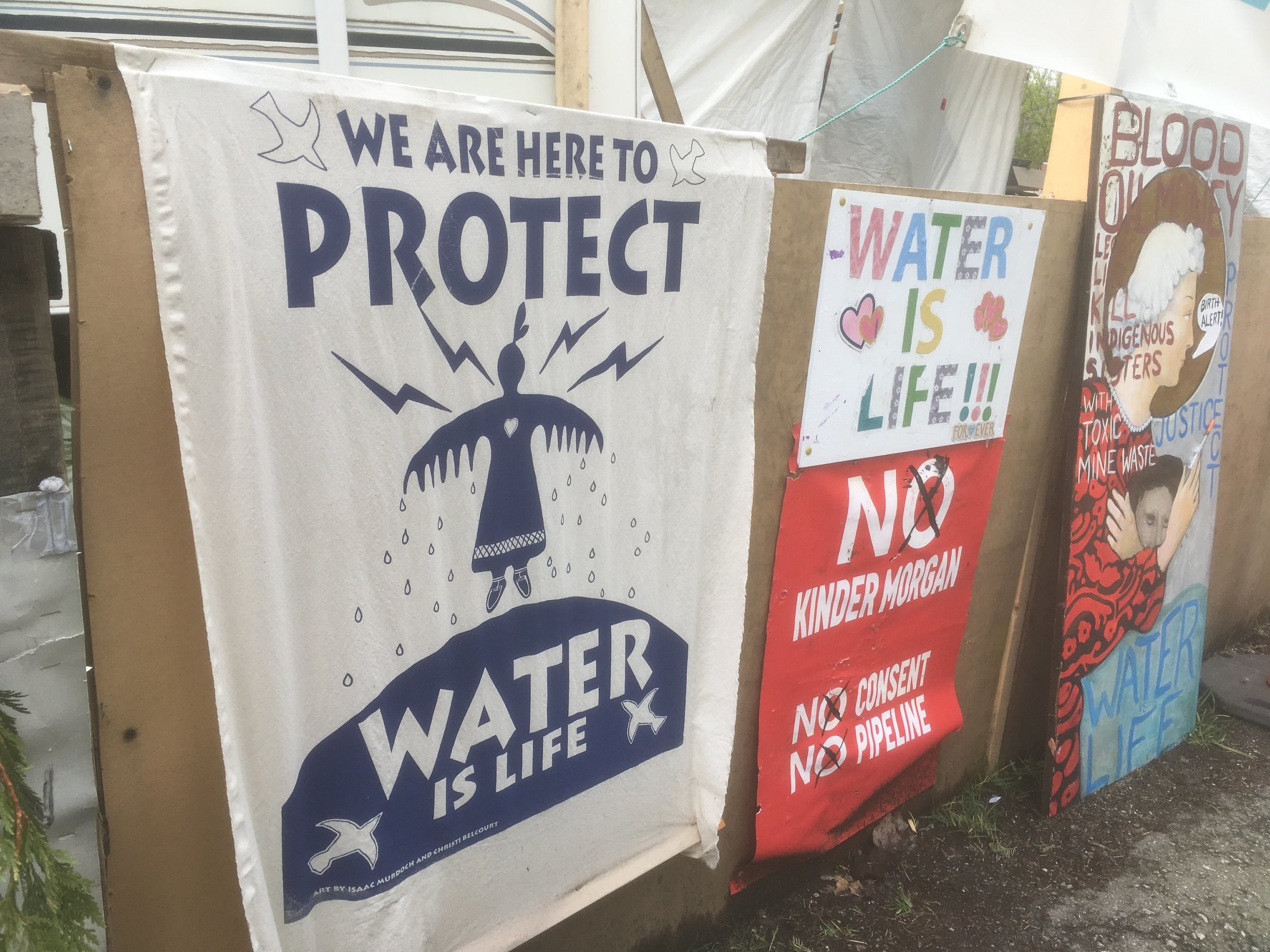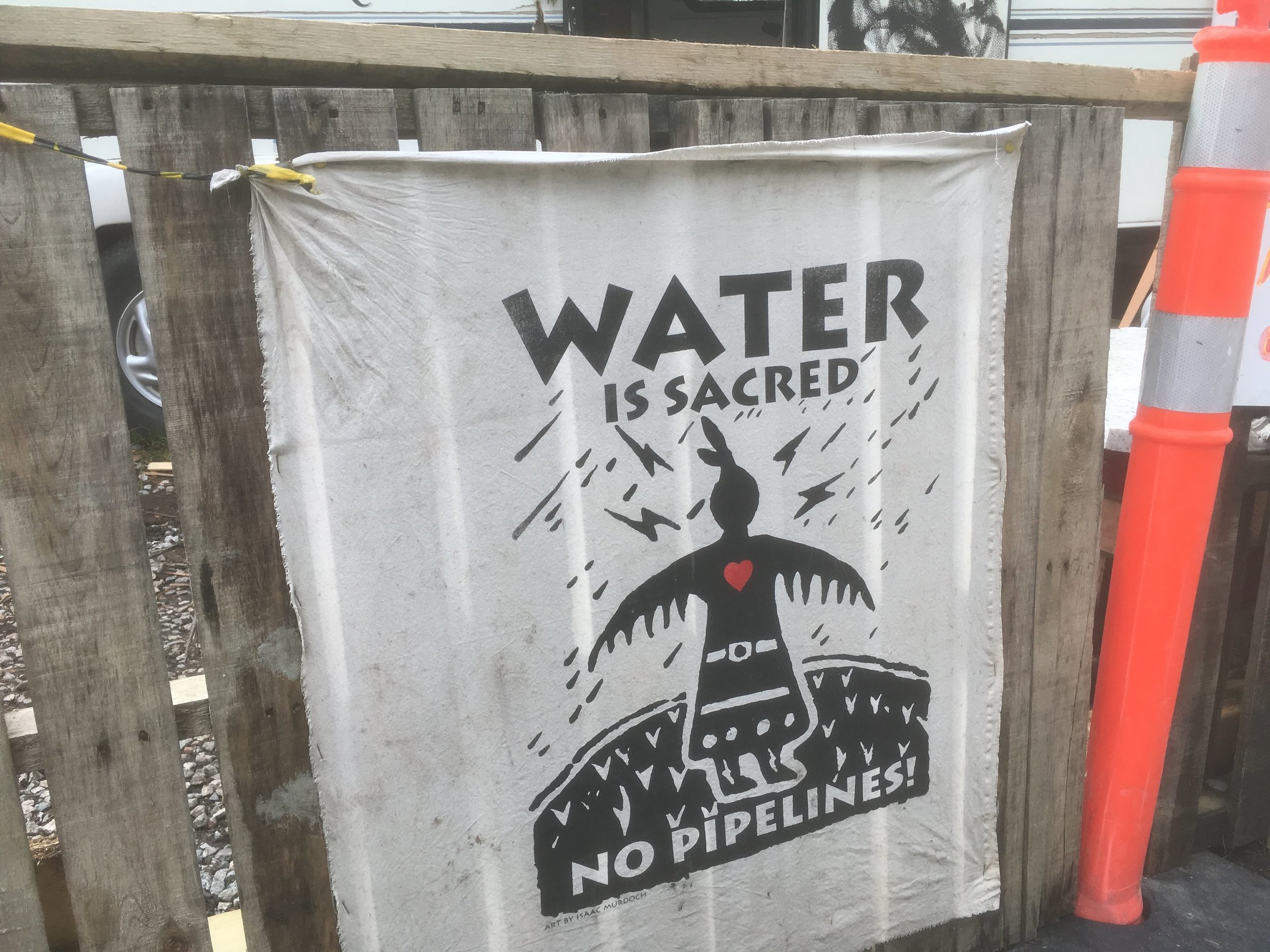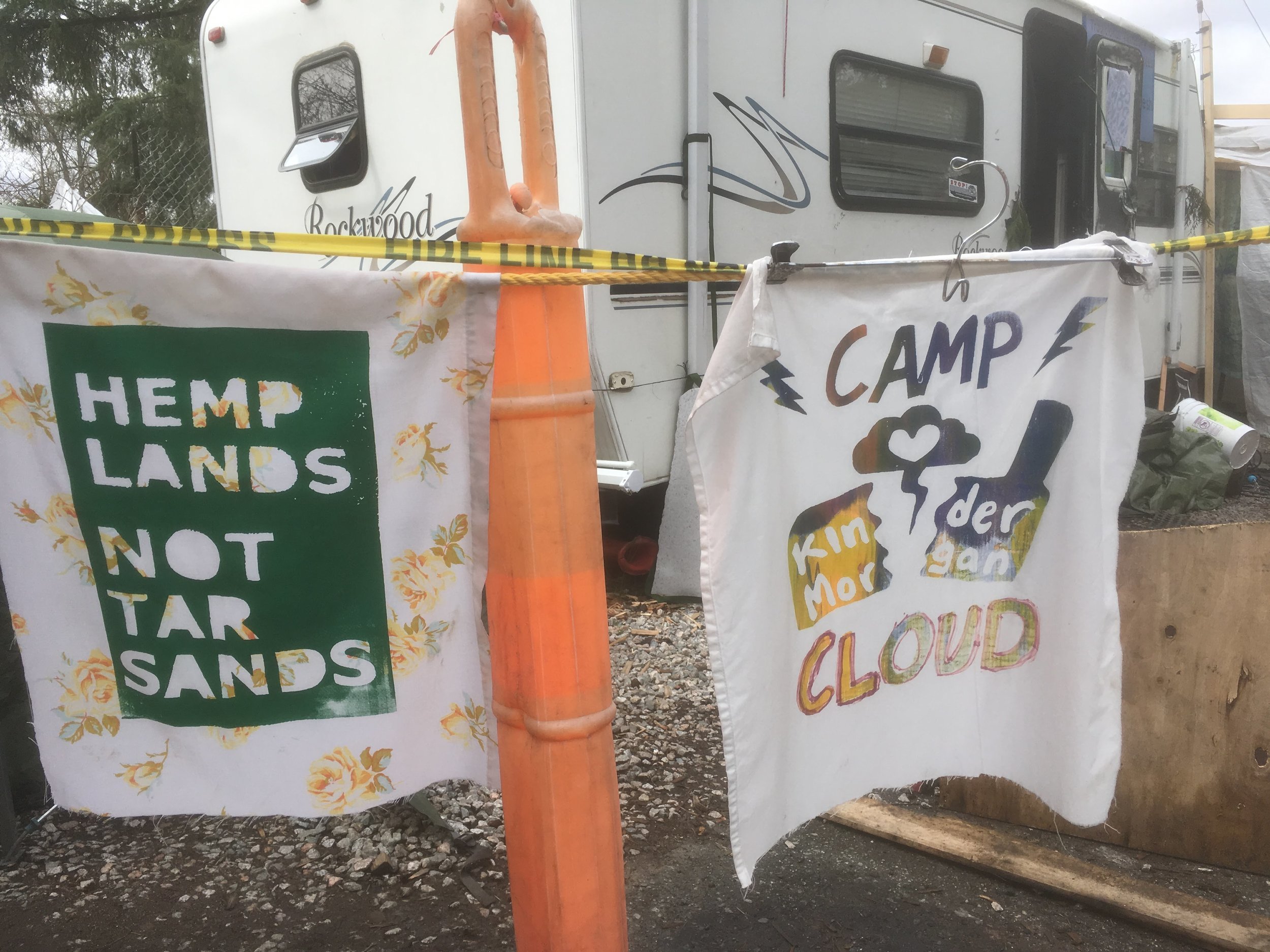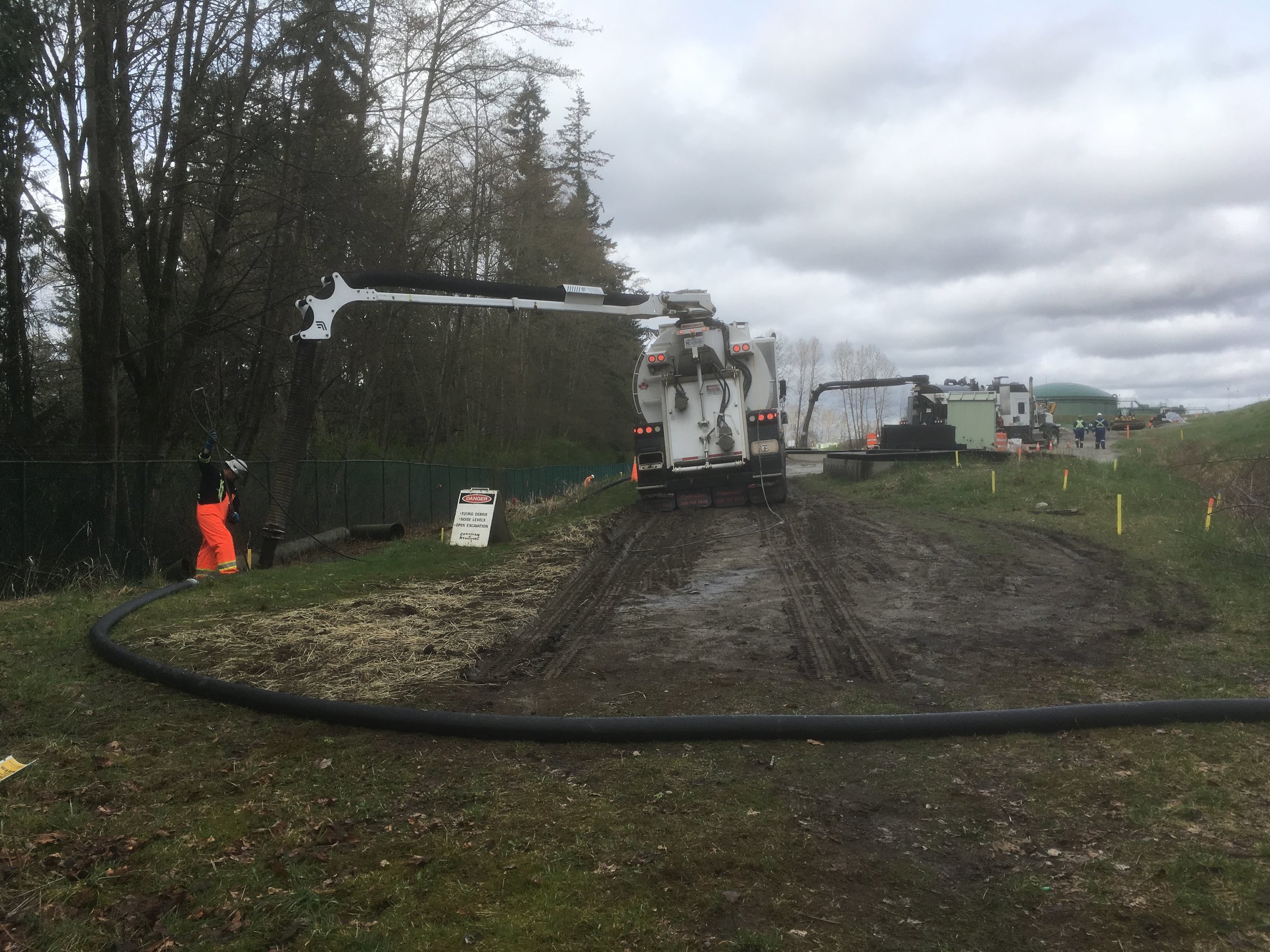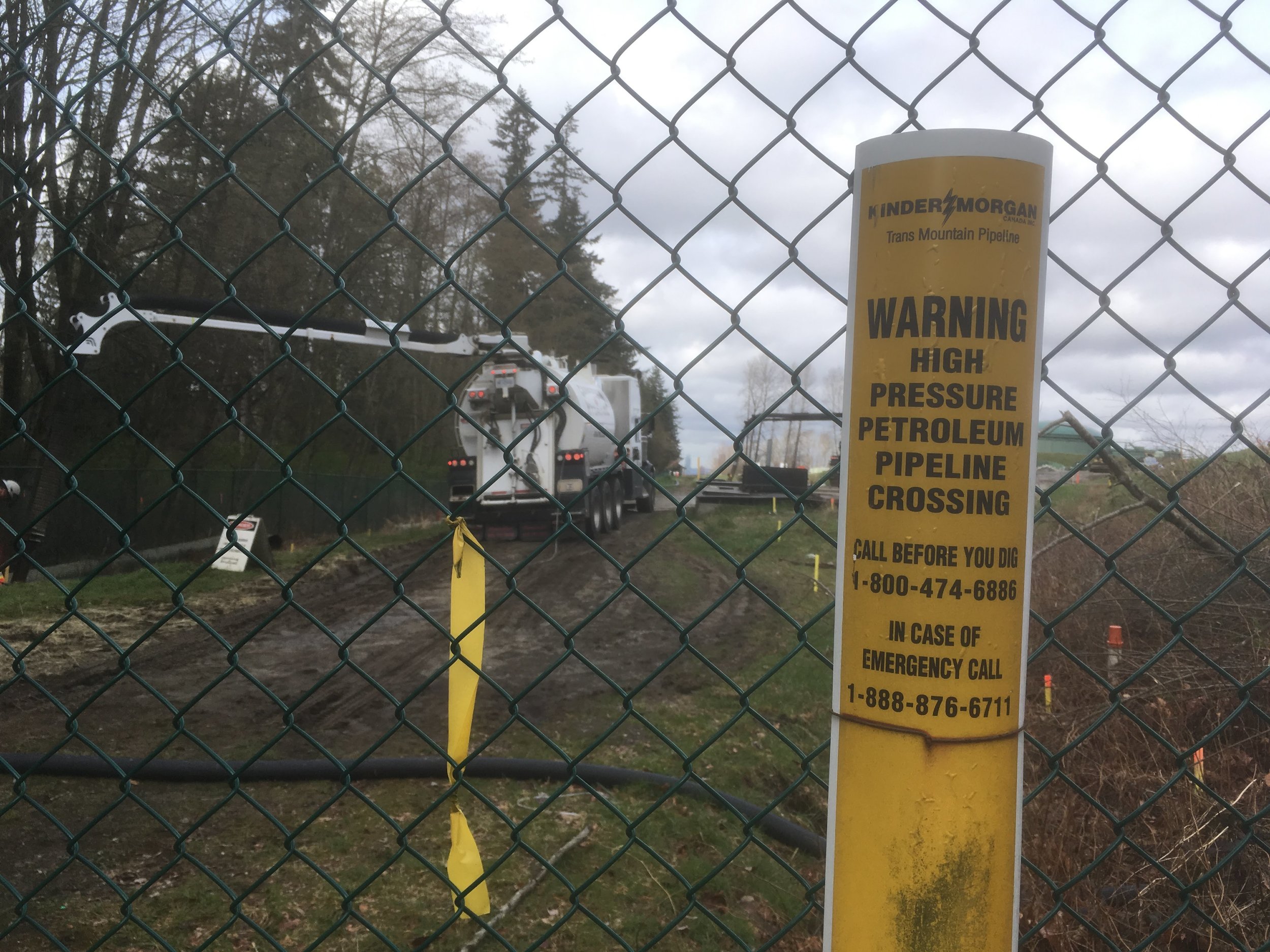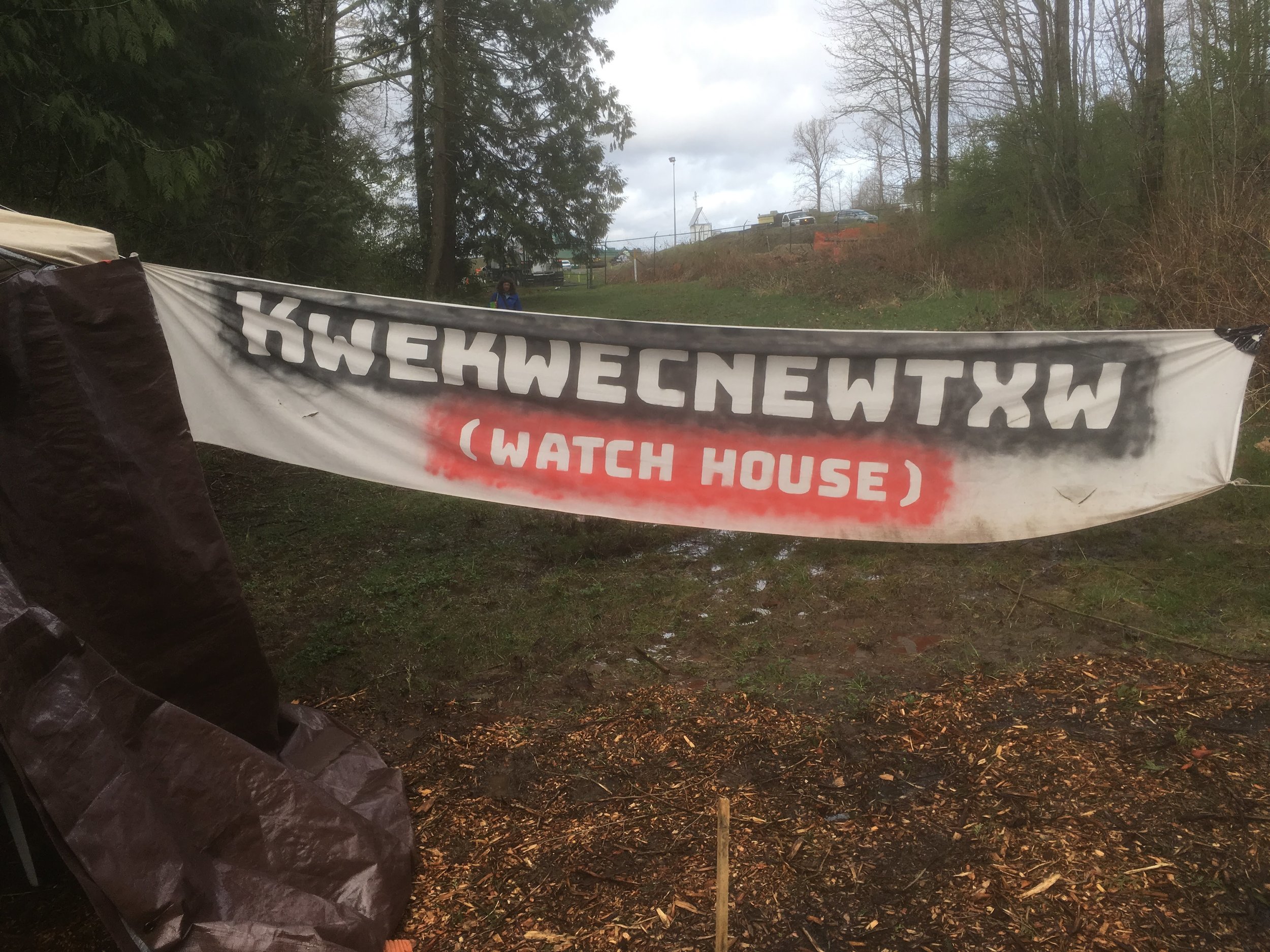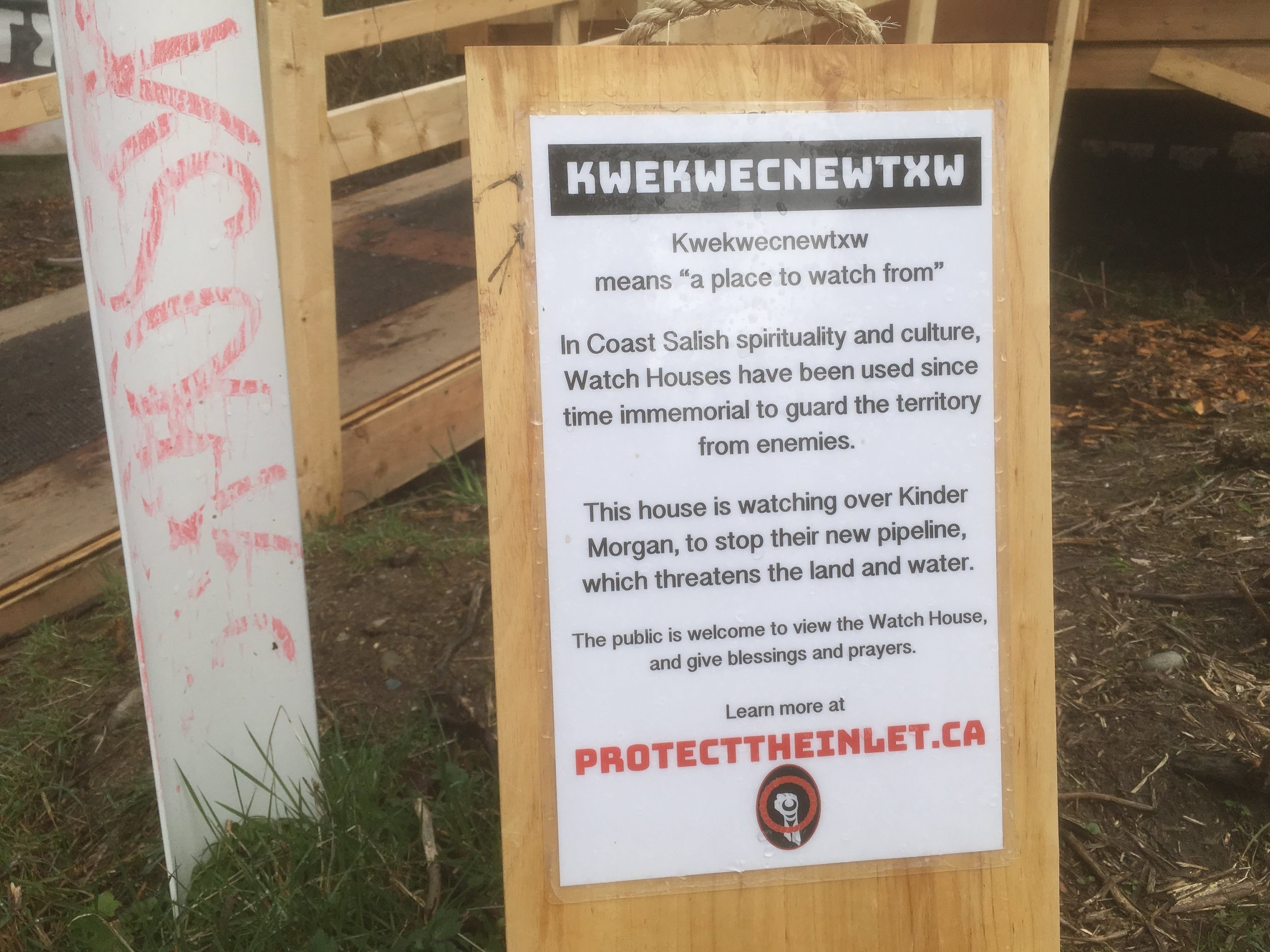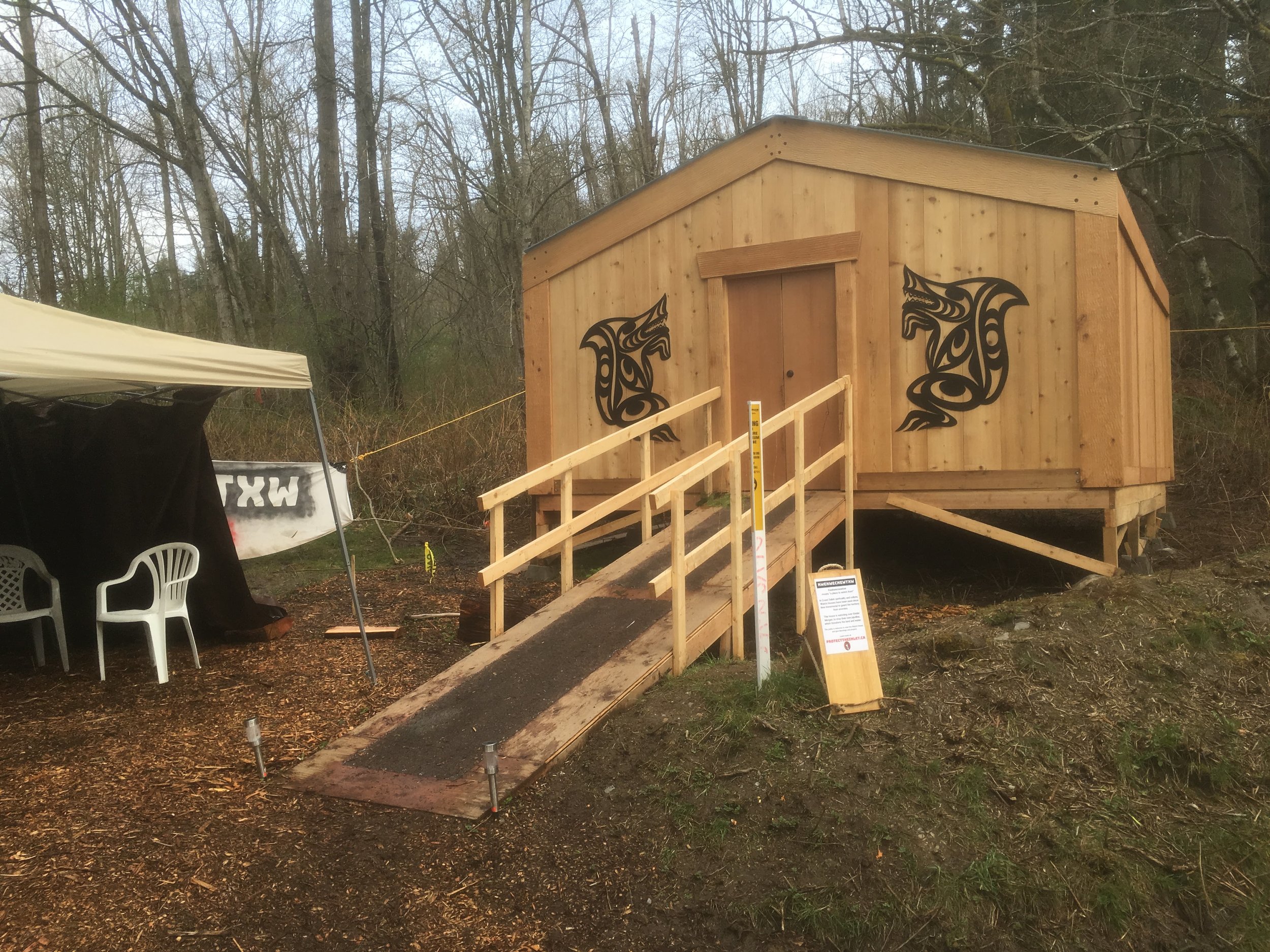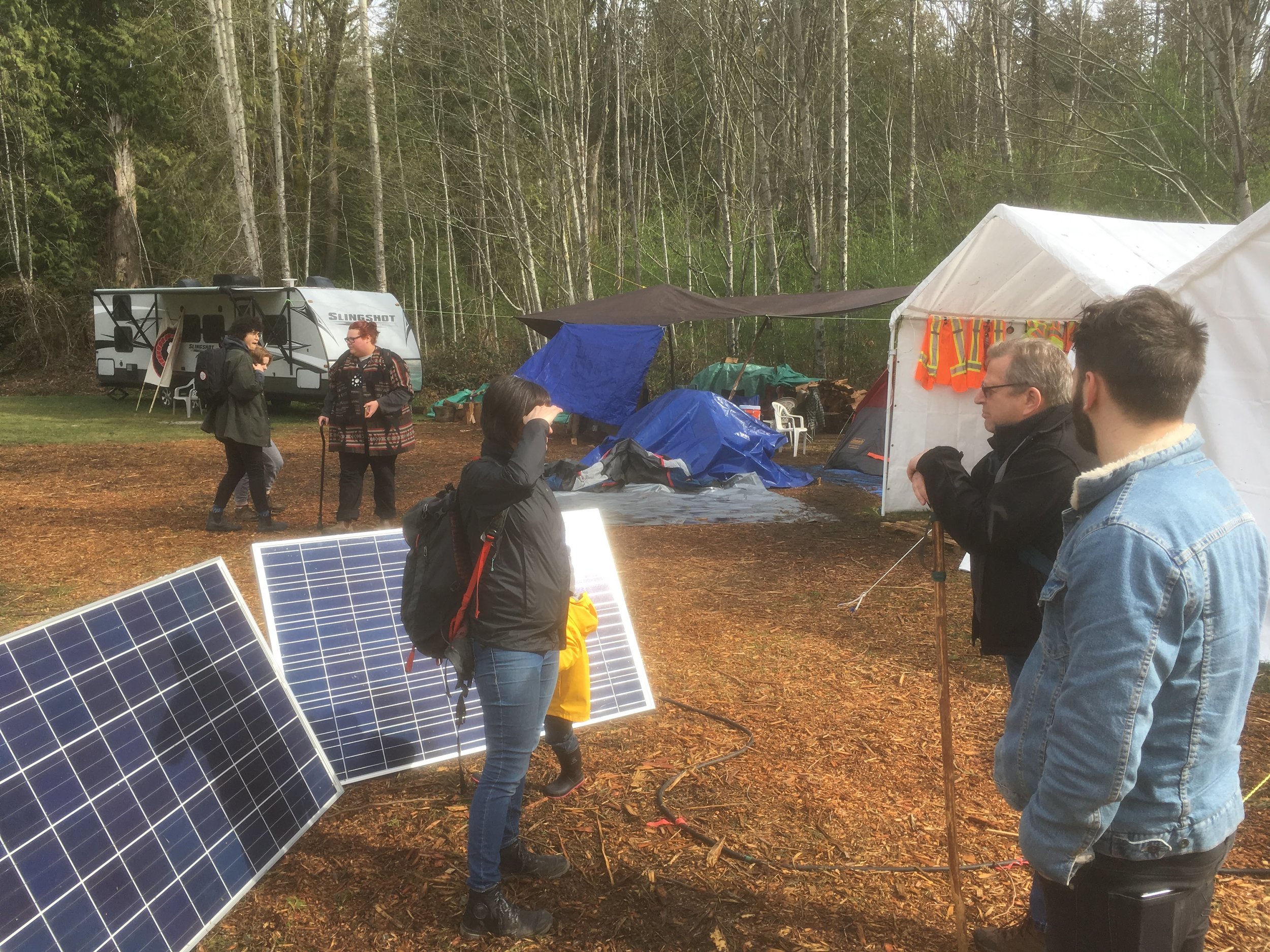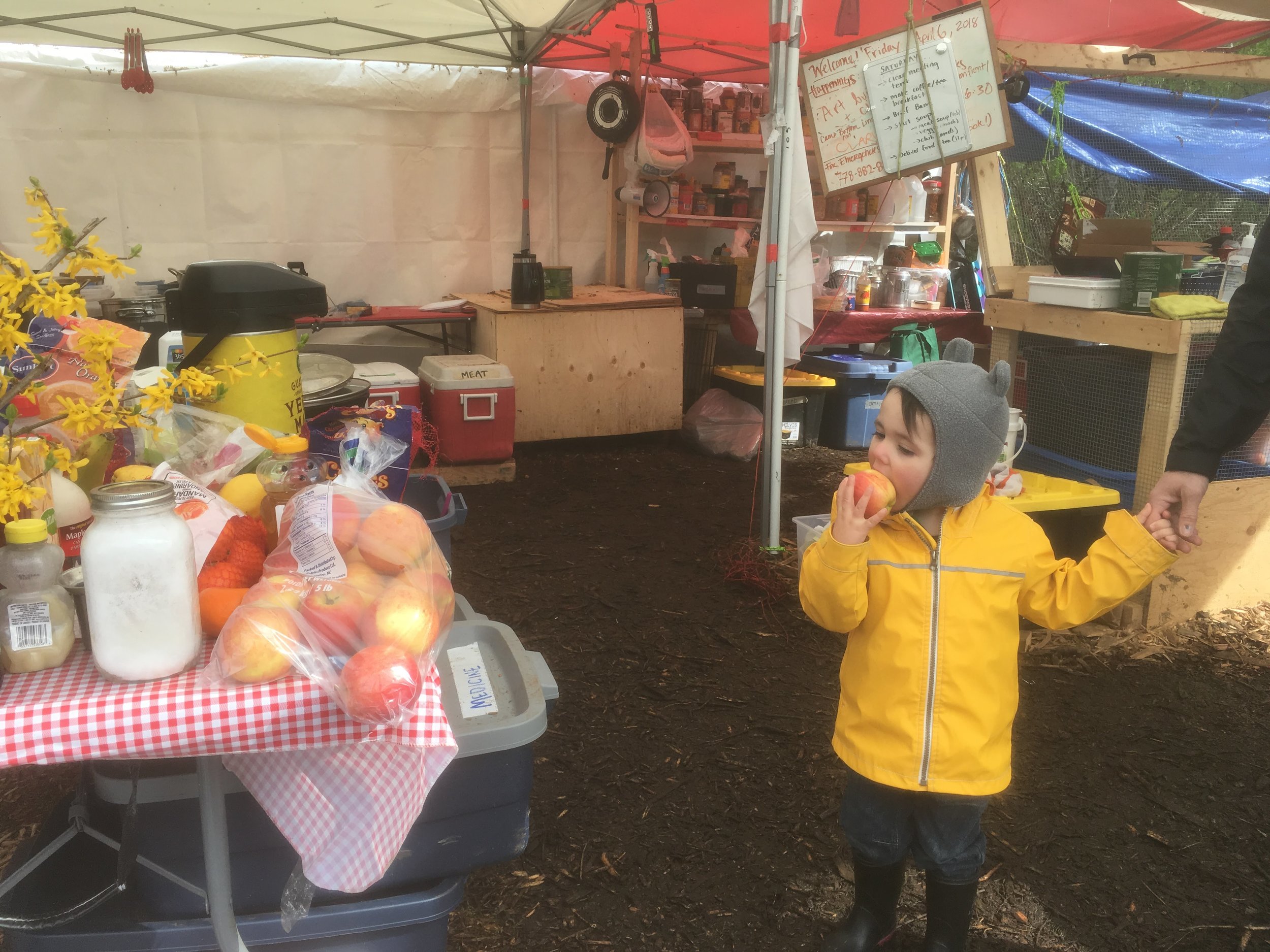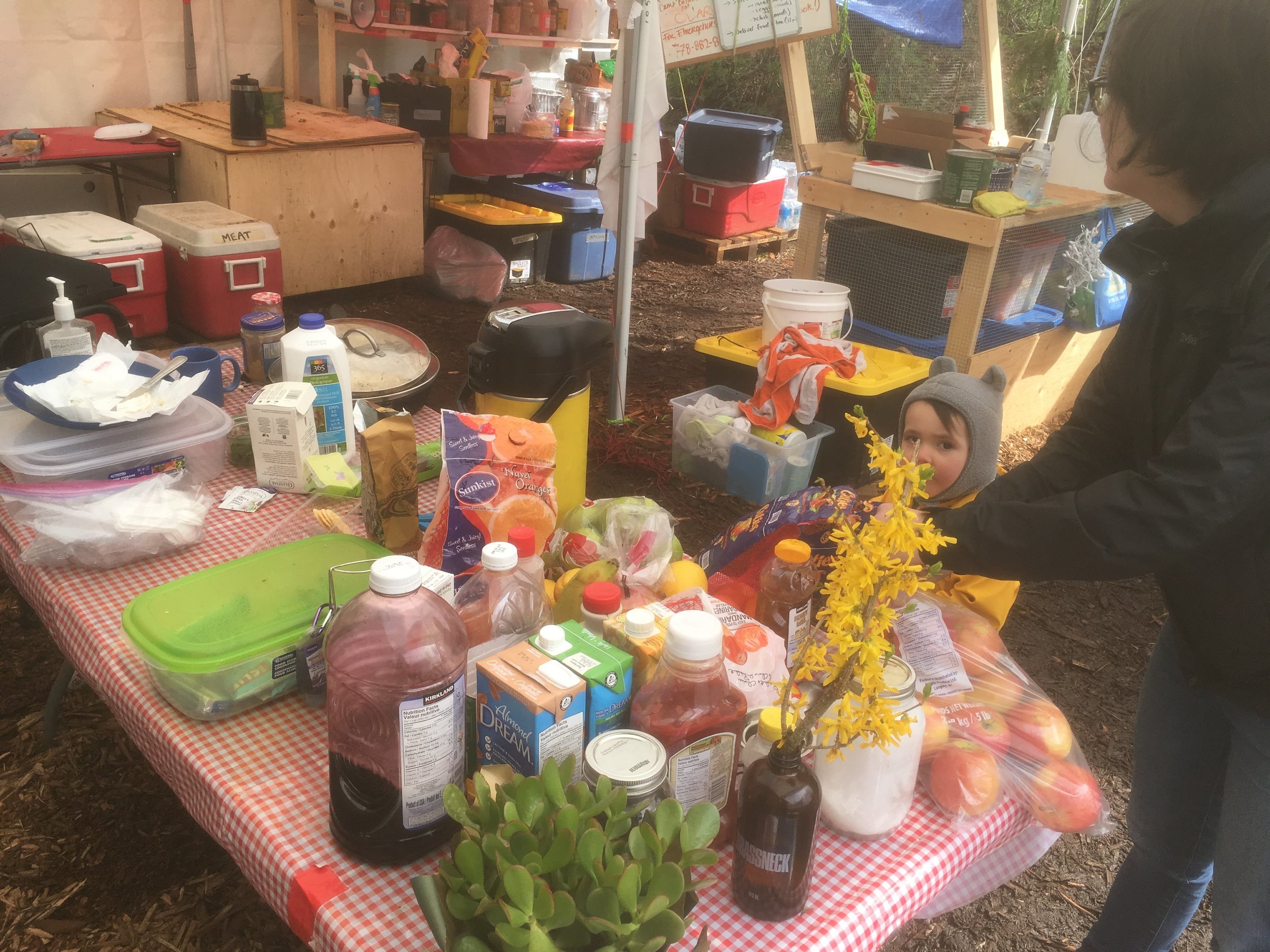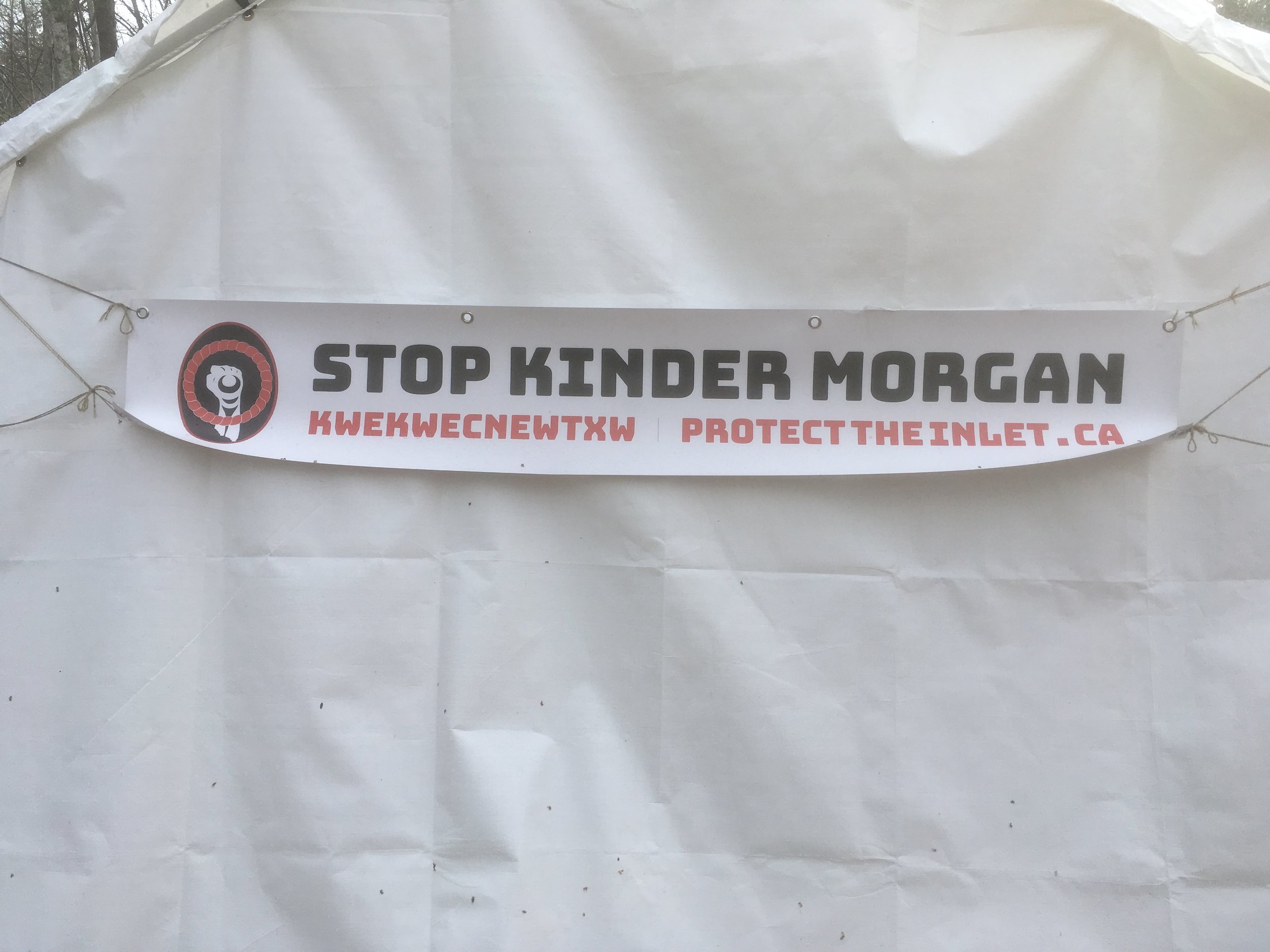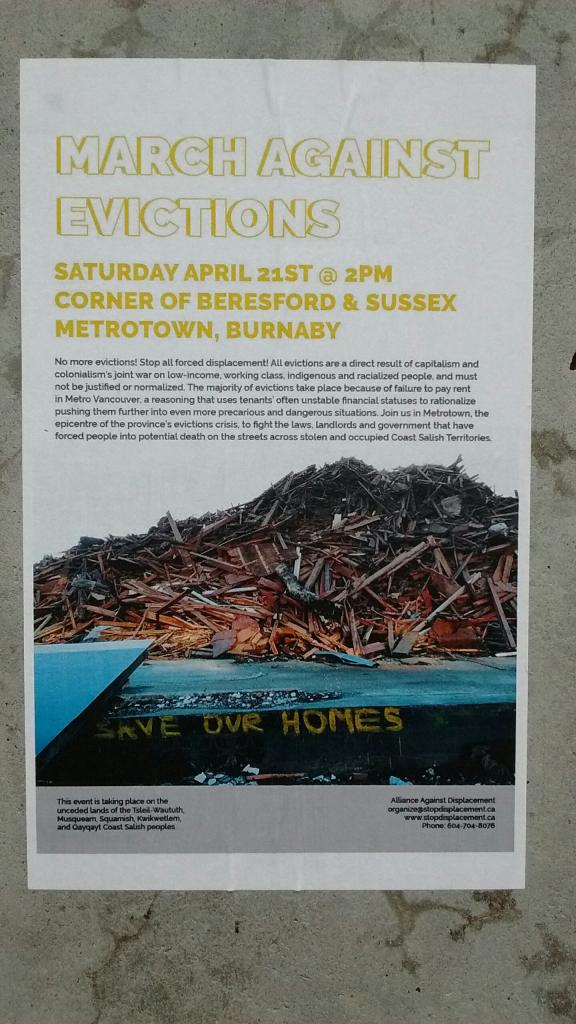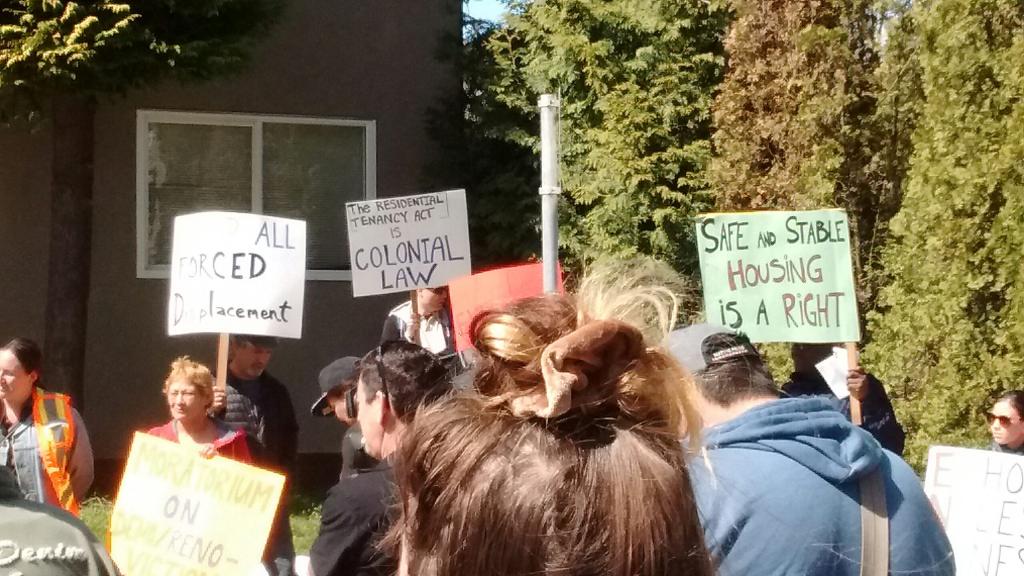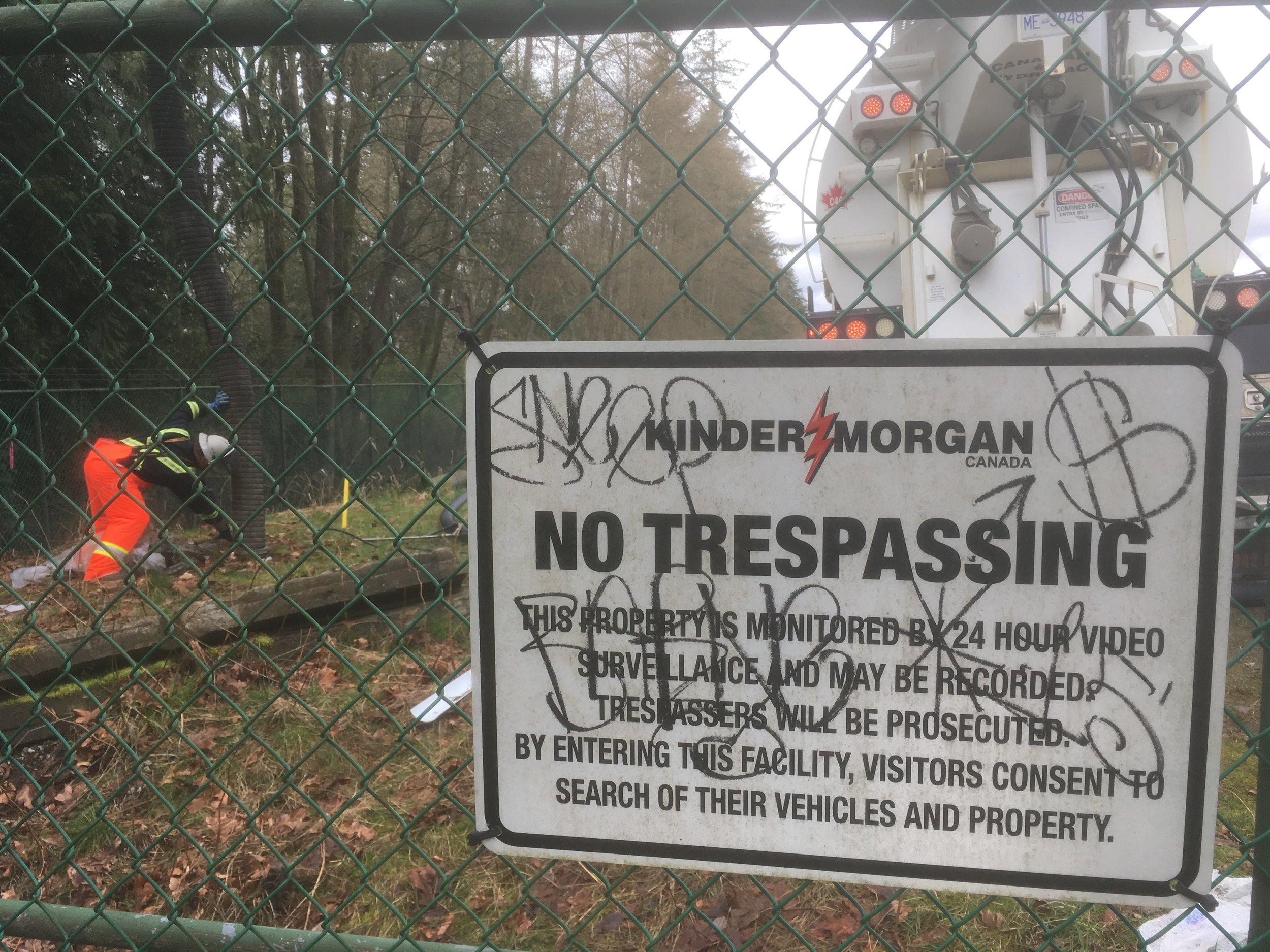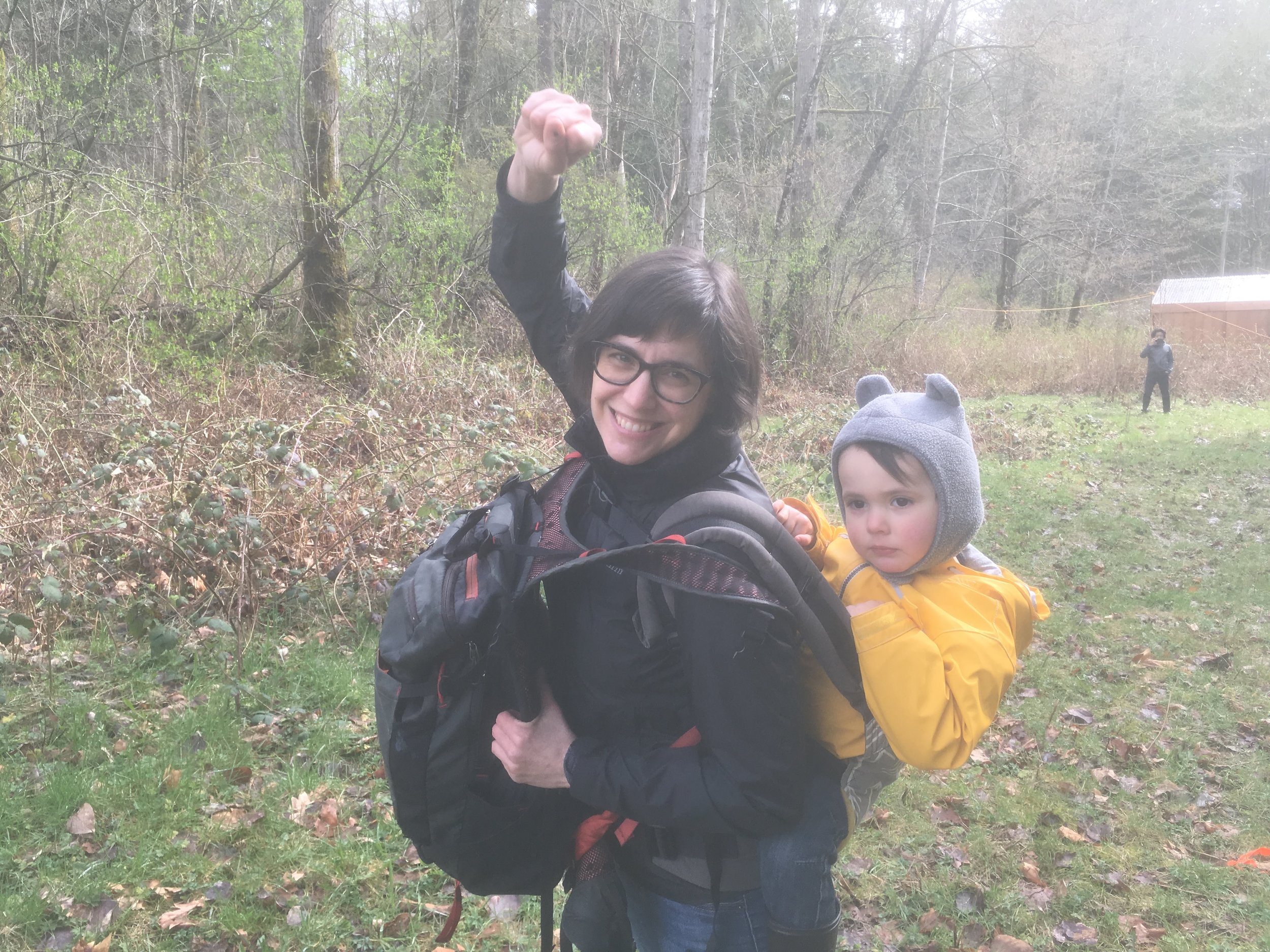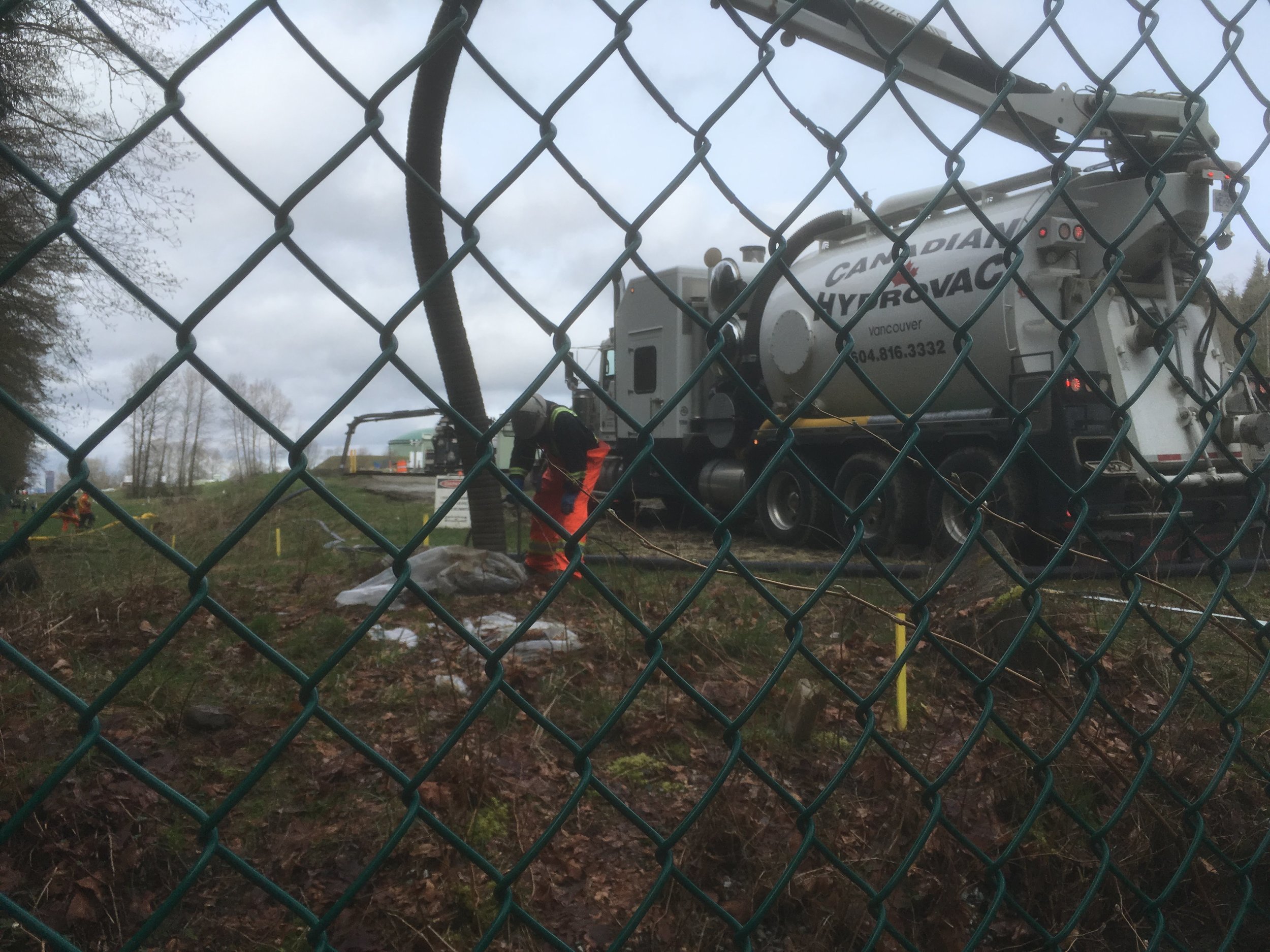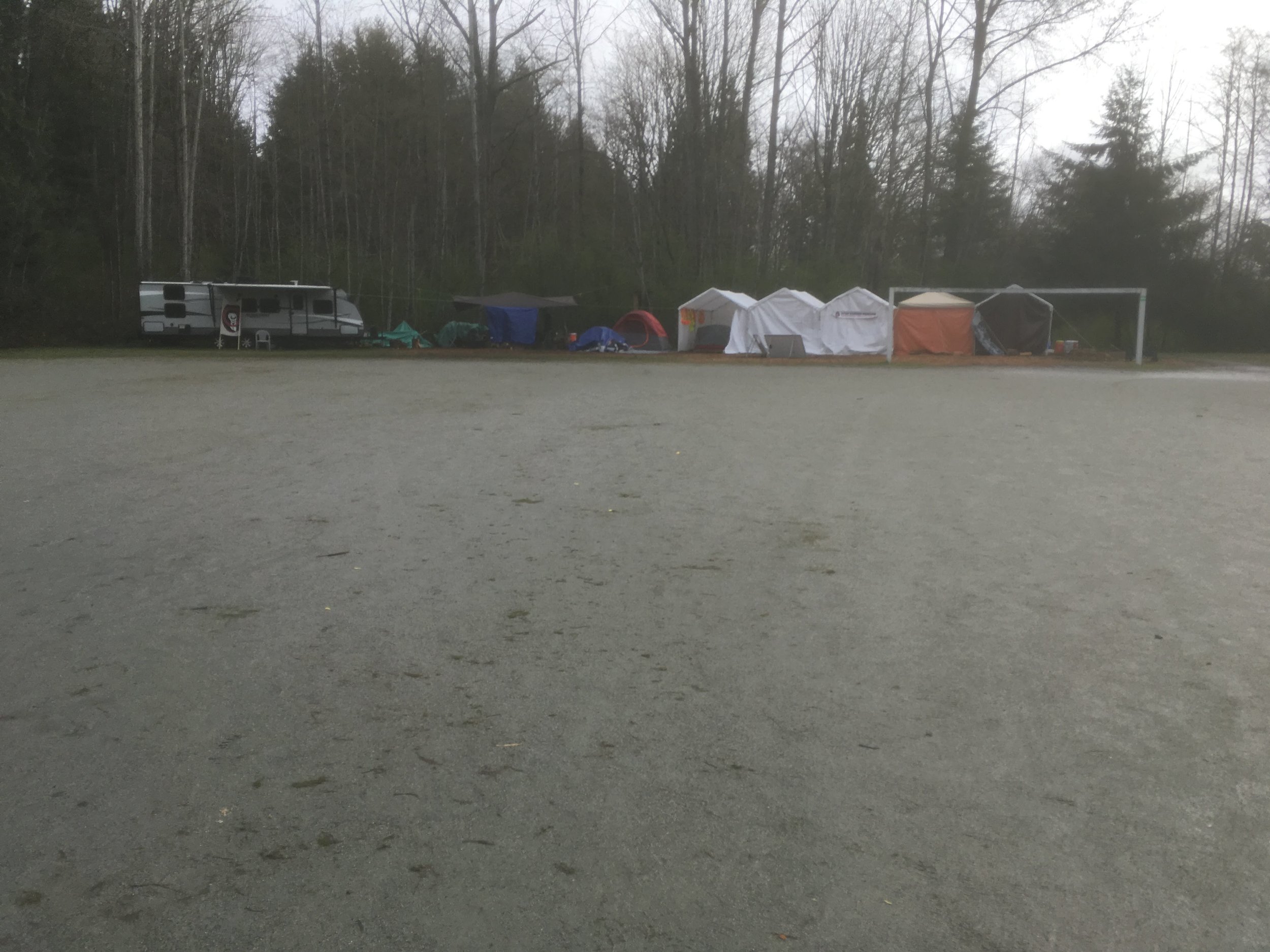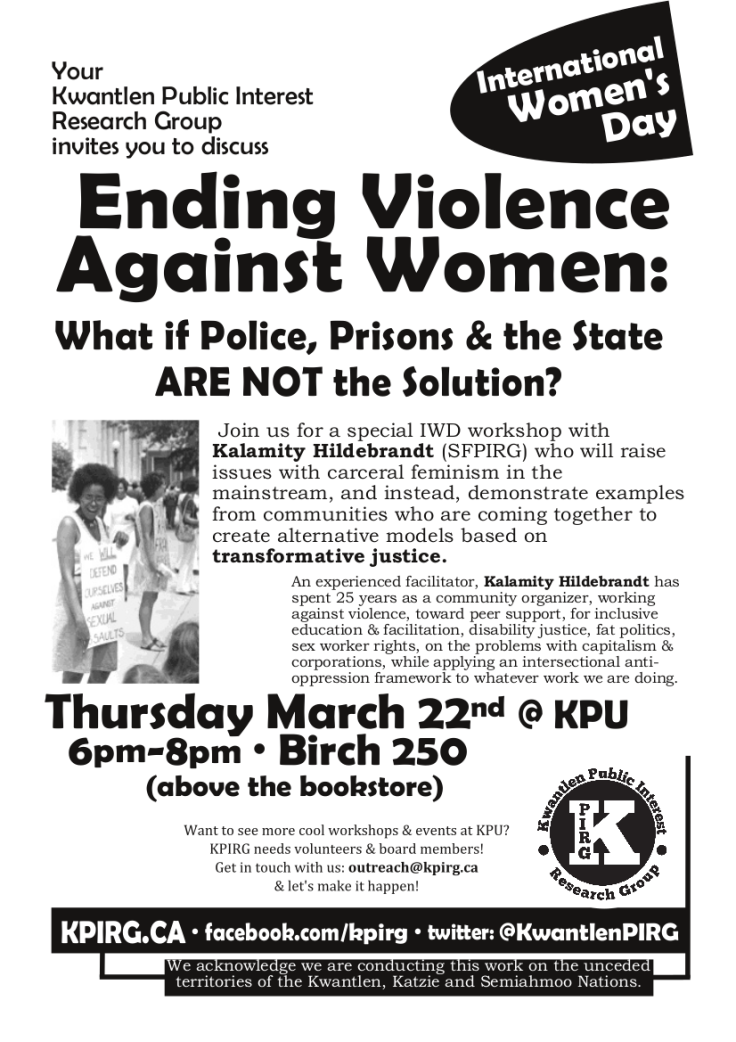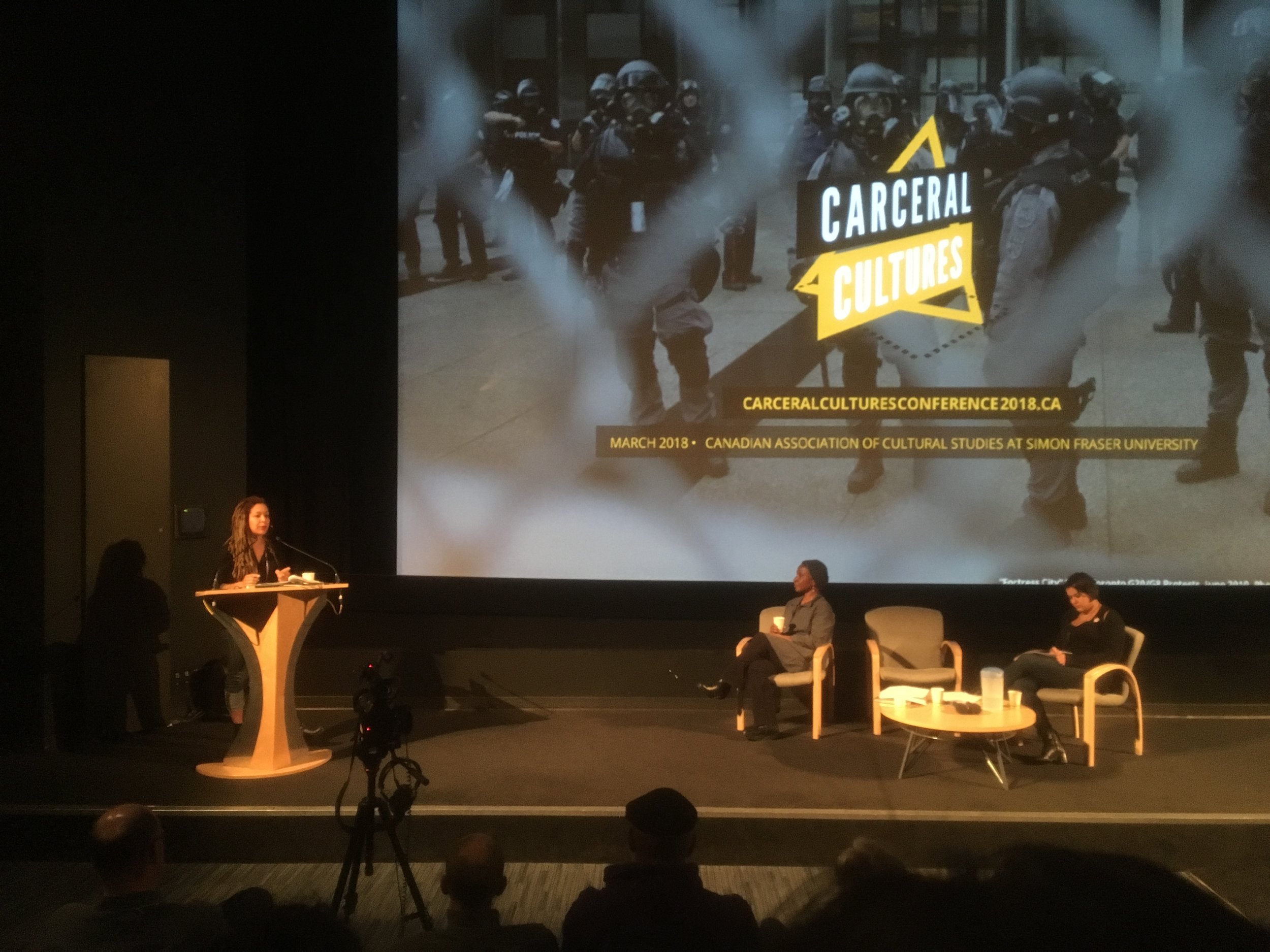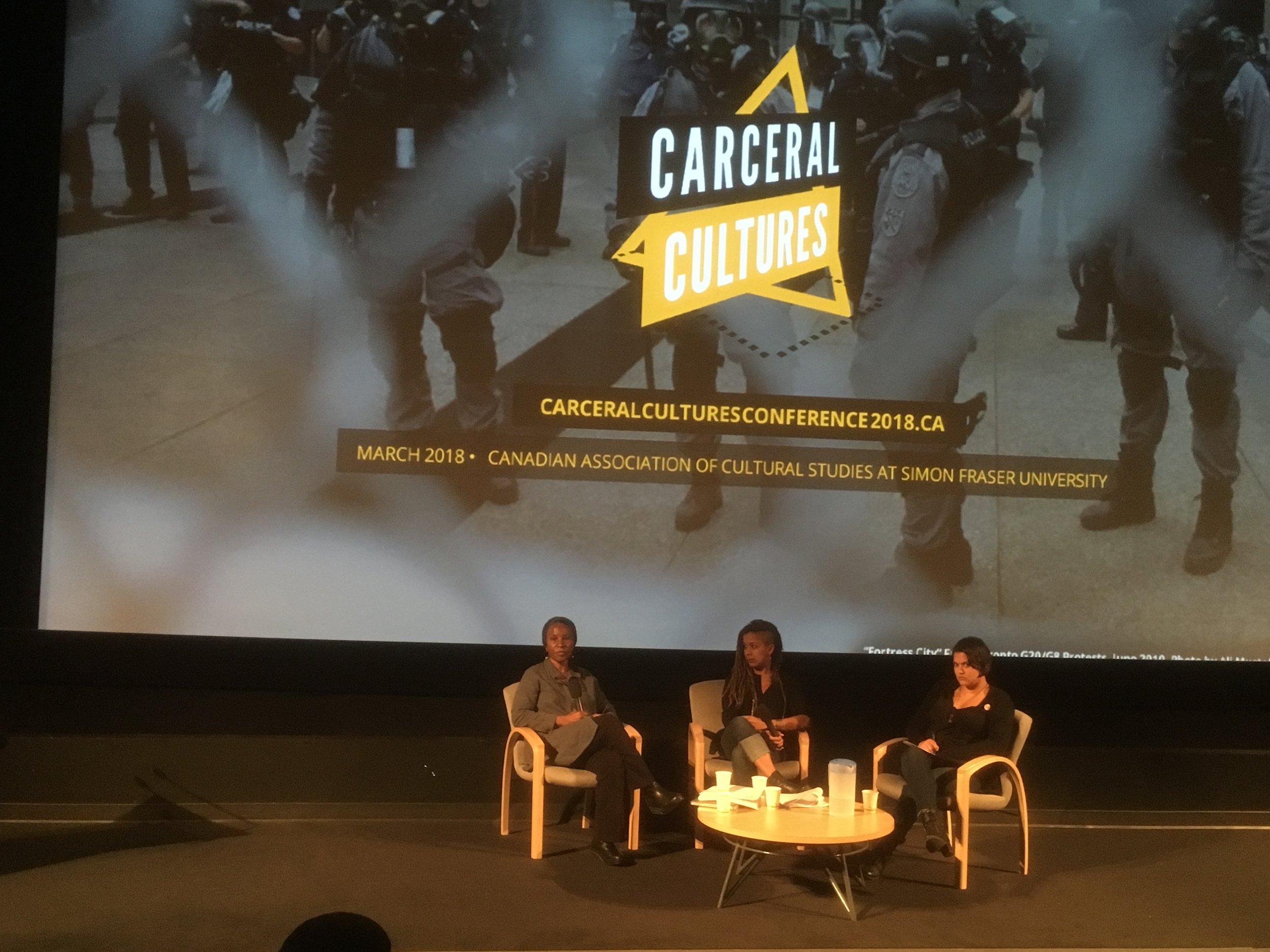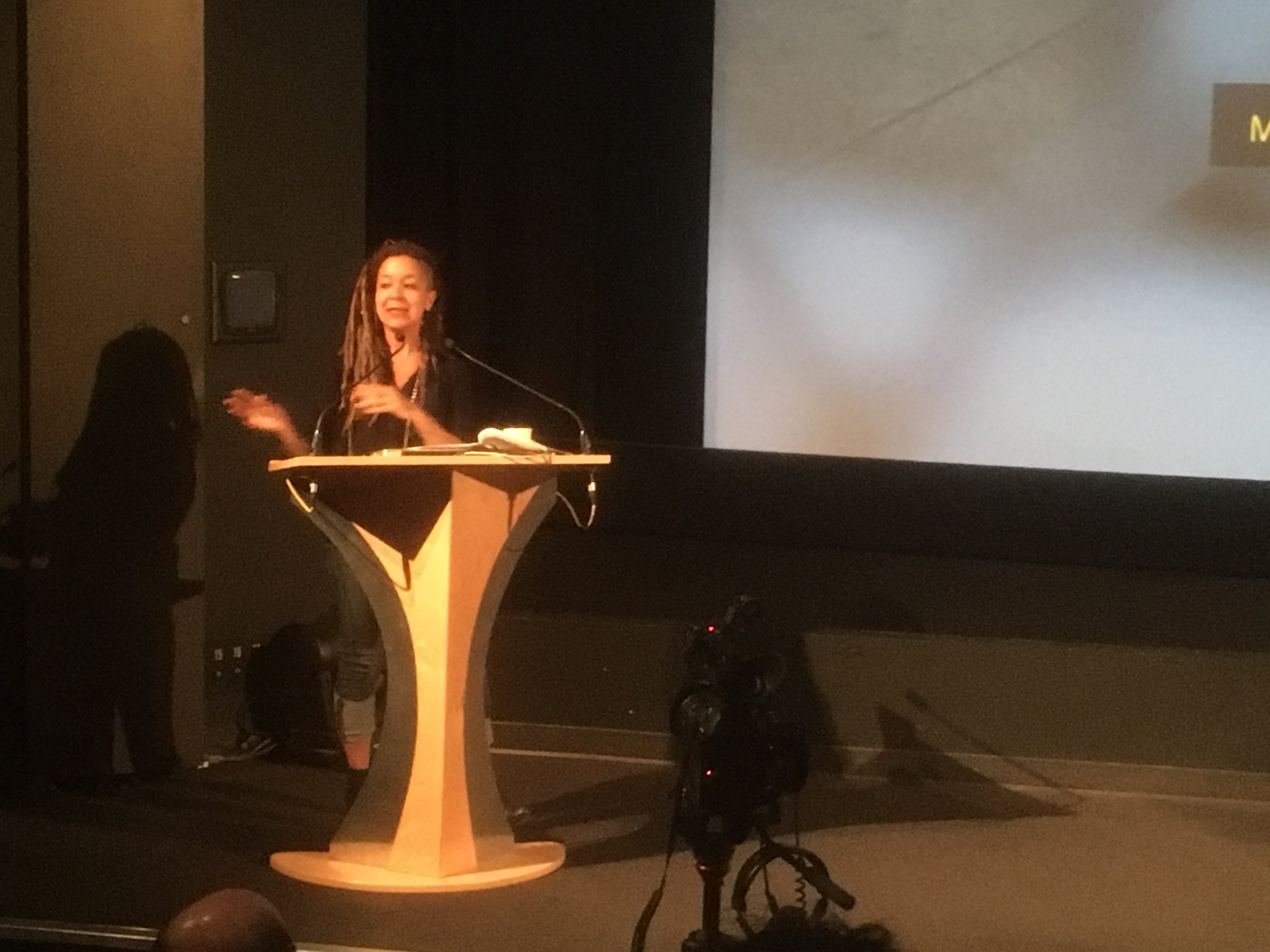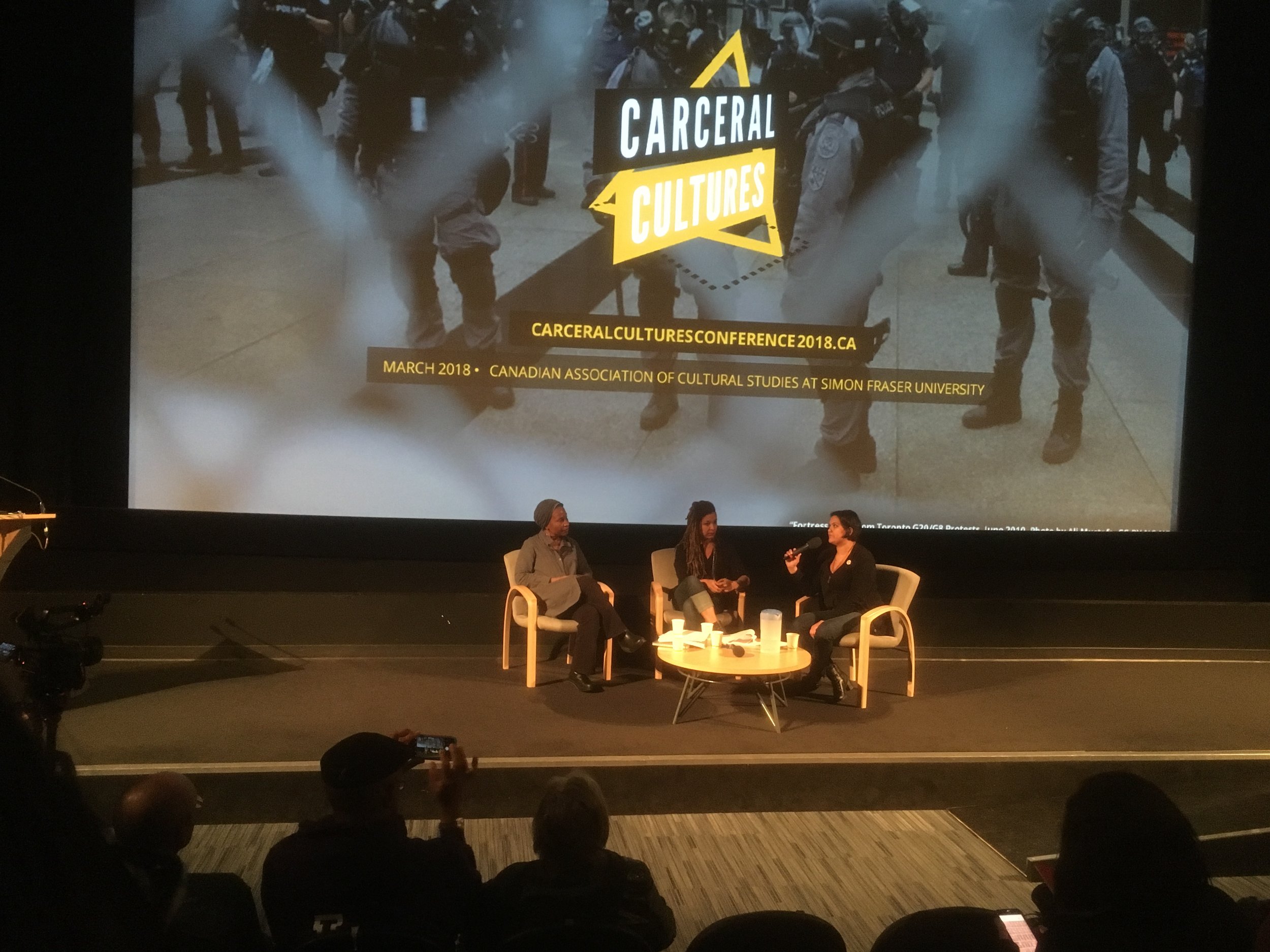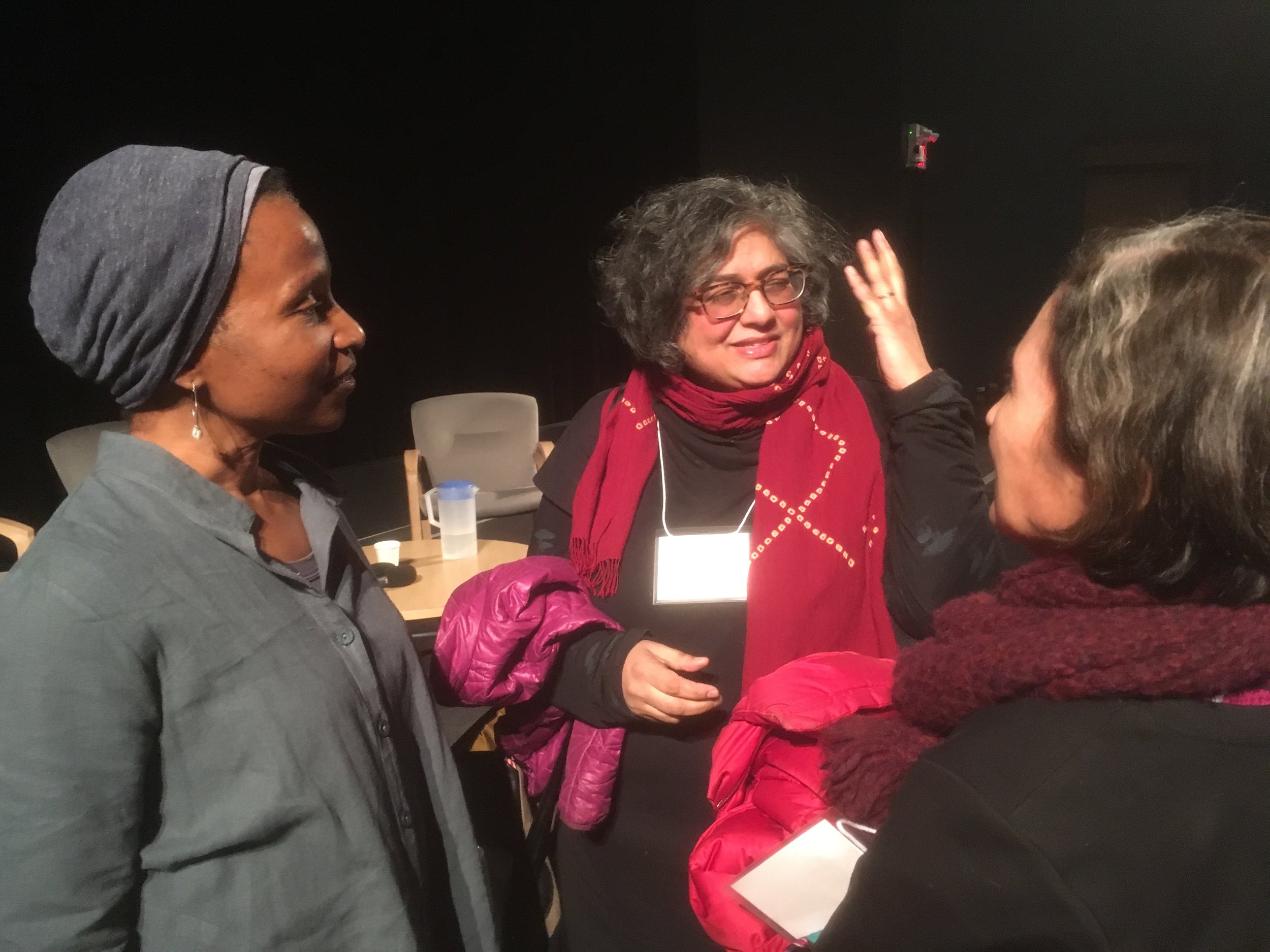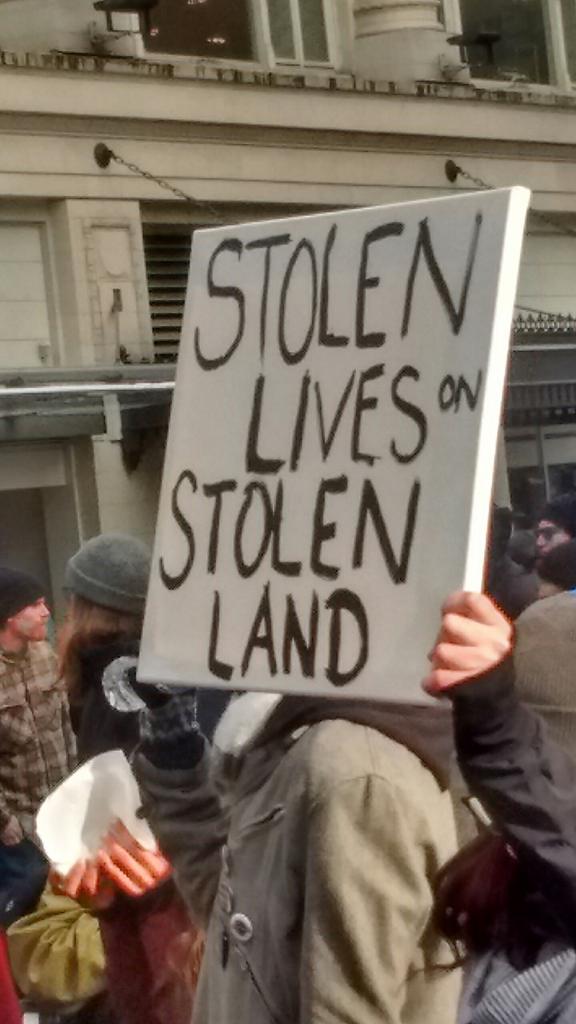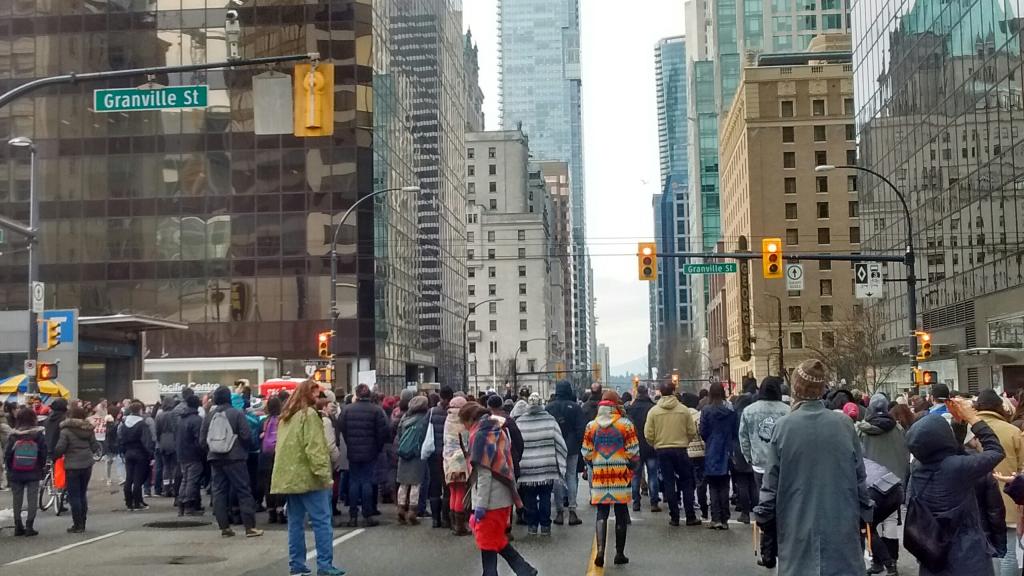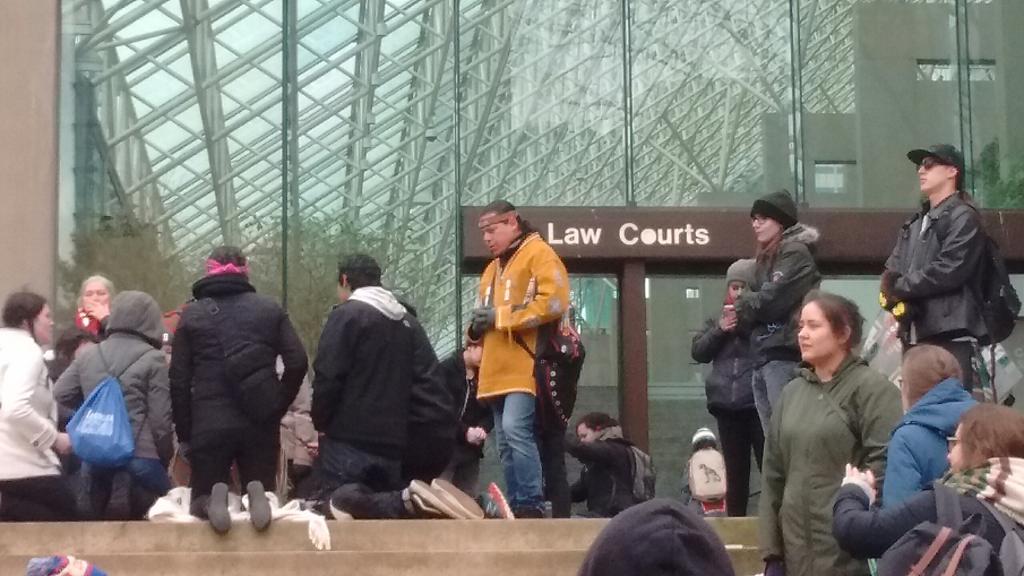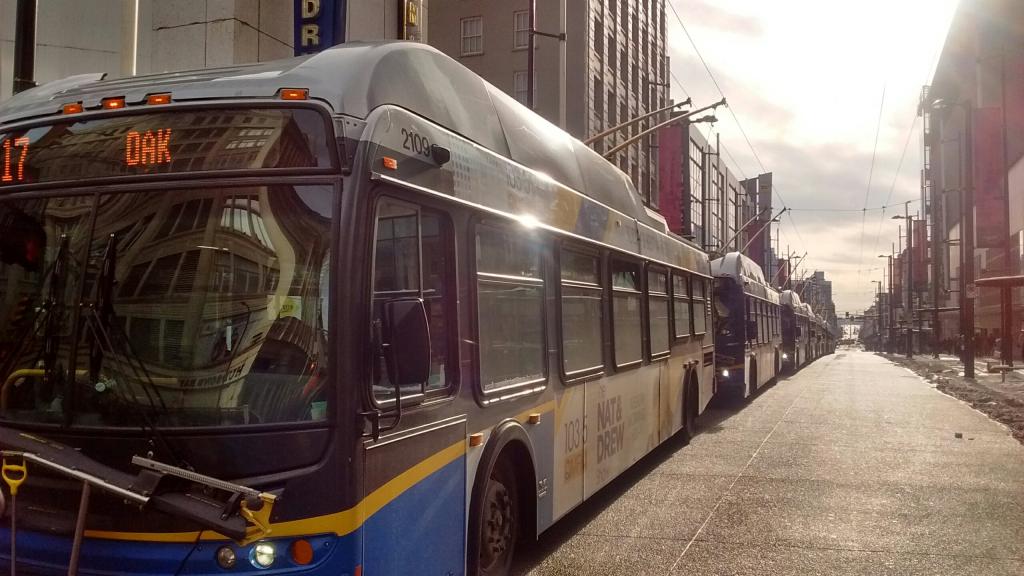By Michael C.K. Ma
Ian Angus is one of the people arrested and charged for criminal contempt of court because he disobeyed the Trans Mountain Pipeline injunction against protest. He appeared before the BC Court on May 14th, 2018. After his plea of guilty and his statement, B.C. Supreme Court Justice Kenneth Affleck decided that no one else would be allowed to make such statements following their plea. So, it seems that Ian Angus has the honour of being the first and last protester to make a statement before the court.
See below for his statement:
From: https://ricochet.media/en/2203/civil-disobedience-against-kinder-morgan-is-a-civic-responsibility
Statement to the Court before sentencing
I would like to begin by acknowledging that the City of Vancouver, where this court is situated, lies on the traditional and unceded territories of the Tsleil-Waututh, Musqueam, and Squamish First Nations.
Having heard the recommendation of the Crown regarding my guilty plea to the charge of Criminal Contempt for “physically obstructing, impeding or otherwise preventing access” to the Burnaby Terminal of Trans Mountain (Kinder Morgan) on March 24, 2018, I would like to make the following clarification, explanation, and request for an altered penalty. I have been encouraged to do so in the first place by the Provincial Court information on sentencing and in the second place by the response of Judge Affleck to my question to him in court on April 23 when he said that I would be allowed to explain the “context” of my action.
I do not deny that I was physically present at the place in question at the time in question. My understanding of civil disobedience is that one commits a certain act for definite and considered reasons, one admits to the act, explains one’s reasons, and accepts the penalty. The purpose of the act is to bring a state of affairs to the attention of the public and the authorities with the intention and hope that it may serve to correct an error in justice.
Through this procedure, even though one may break a given law, or in this case an injunction issued by a court of law, one does not express disrespect for law in general. This understanding was clear to me prior to the event and very much on my mind on that day.
Positive law is always flawed as human beings are flawed. It is also flawed insofar as it serves interests which are not required by public safety but are nevertheless entrenched in the unequal power structure of the social order.
I felt proud to be able to join my near neighbours, the Tsleil-Waututh people, who have cared for this place for thousands of years, in order to oppose a project that puts our common inhabitation in grave danger.
A social order in which citizens follow the law simply because it is the law, in which they do not assess the practice of the law with their own critical faculties, could not be called a democracy. The critical intelligence of citizens is essential to a non-repressive social order. Indeed, it is only through acts which test the practice of law in specific cases that law can be revised more closely to approximate justice. Justice is above law. It is how we assess and revise law. It is what we are fitted for, what can make us most human, that for which we must continually strive.
The classic understanding of civil disobedience is complicated in our own time and place. Since we are living in unceded territories whose formal economic, social and political structure is a consequence of a colonial past and present, the dominant law represents such a colonial structure. There is also another law that has been established by the traditions and institutions of the Indigenous people of this place. Why are we not subject to that law also?
I have lived for the last 26 years with my wife and daughter beside the Burrard Inlet. It is of great concern to me that this beautiful and fecund place be preserved for our children and grandchildren. I felt proud to be able to join my near neighbours, the Tsleil-Waututh people, who have cared for this place for thousands of years, in order to oppose a project that puts our common inhabitation in grave danger. I respect their law.
If we do not place economic activity within an ecological context soon, the future of the human species, and the other species with whom we share the earth, looks very bleak.
Our country is in a difficult time. There is much talk, both official and popular, about reconciliation with Indigenous people. After all, they have suffered greatly from government policies, and collaboration in rendering that suffering by dominant institutions, that have tried to extinguish their cultures and their peoples. Many citizens have come to feel, knowing more than we used to about their suffering and the role of our institutions in causing it, that it is time to put an end to this legacy and to start anew. But for reconciliation to be more than symbolic, it has to make a difference in our actions. The Kinder Morgan pipeline is one important case in which real actions can make a difference. The action in front of the Kinder Morgan gate is, in my opinion, a case of real reconciliation that goes beyond mere lip-service.
Not only our country but the whole planet is in a difficult time because of the ravishes of industrial production and consumption. The foreseeable, near future of the human species, and also species of many other kinds, is threatened by the effects of climate change in destabilizing the ecological balance upon which we depend. Radical and immediate action is necessary to realign priorities in order even to begin to address this problem. Yet we look to our elected leaders in vain for any real action. They continue to put in place mega-projects of industrial infrastructure that deepen the problem and make it more difficult to change direction. If we do not place economic activity within an ecological context soon, the future of the human species, and the other species with whom we share the earth, looks very bleak.
The Kinder Morgan pipeline is an important example of a desperate coalition of government, industry and finance attempting to retain and even expand the past industrial economy with increasingly dangerous consequences.
For about 40 years, I taught in various institutions of higher education — most recently, at Simon Fraser University, whose location near the proposed expanded tank farm would put its population at grave risk in case of an accident. My vocation as a teacher, scholar and writer has been to think as widely and deeply about natural and human issues as I can, and to communicate with the younger generation about the lessons of the past and the challenges of the future. I have tried to discharge that responsibility to the best of my ability, stressing independent and critical thinking, social and ecological responsibility, and, perhaps most difficult of all in recent years, finding sources of hope that can orient our living-toward-the-future. This spring I felt that this responsibility had to be taken beyond the seminar room, lecture hall, and written word to a site where all of these concerns converge.
The convergence of issues of reconciliation with Indigenous nations, environmental and ecological danger, and social inequality due to the rapacious pursuit of private profit has made this not only a difficult time but one of crisis. The forces who wish to maintain the current system have come together to oppose those who seek a new future. When a new future appears on the horizon, the repression of this future, the fear of change, expresses itself in more and more desperate attempts to hang on to the errors of the past. The Kinder Morgan pipeline is an important example of a desperate coalition of government, industry and finance attempting to retain and even expand the past industrial economy with increasingly dangerous consequences. But, as creatures of thought, creativity and hope, human beings will always seek to address, in any form that they can muster, the gravity of the crisis and to push for something new and better.
There is a future struggling to be born in which environmental and ecological responsibility, social justice and equality, and reconciliation with the ancient claims of Indigenous peoples, each play their part. The old forces are arrayed against its emergence. Thus we are here today.
I was there. I did it. I meant to do it. The Crown has proposed a penalty of a fine of $500.00. I propose an alternative penalty of a fine of $1.00. The fact of a fine would be an acknowledgement that I broke the law in disobeying the injunction. Its amount would be an acknowledgement that my reasons for doing so mean that the act amounts to the exercise of a civic, human and natural responsibility.
Ian Angus lives in East Vancouver with his wife Viviana and daughter Cassandra. He is a retired Humanities professor from Simon Fraser University.
